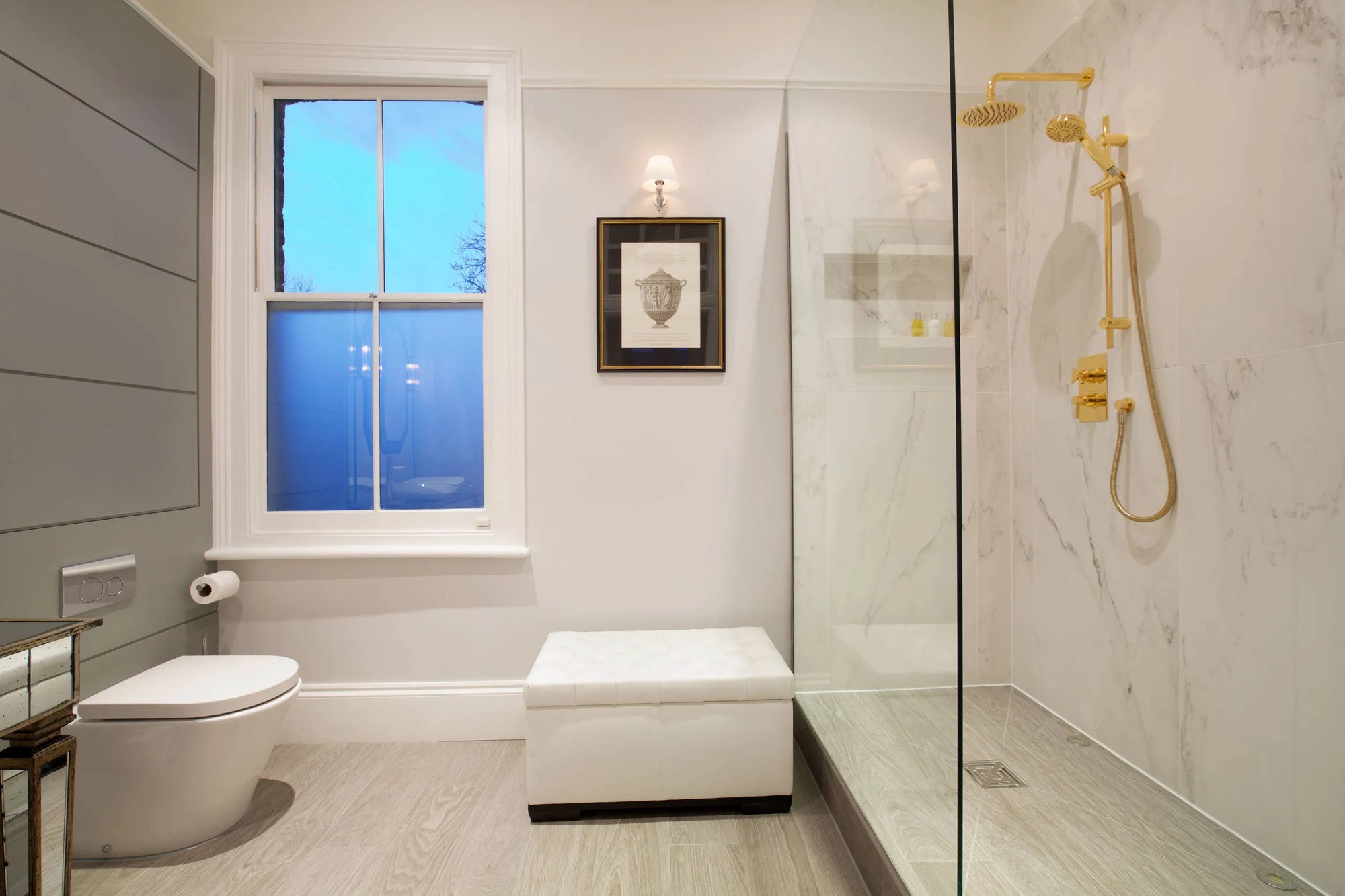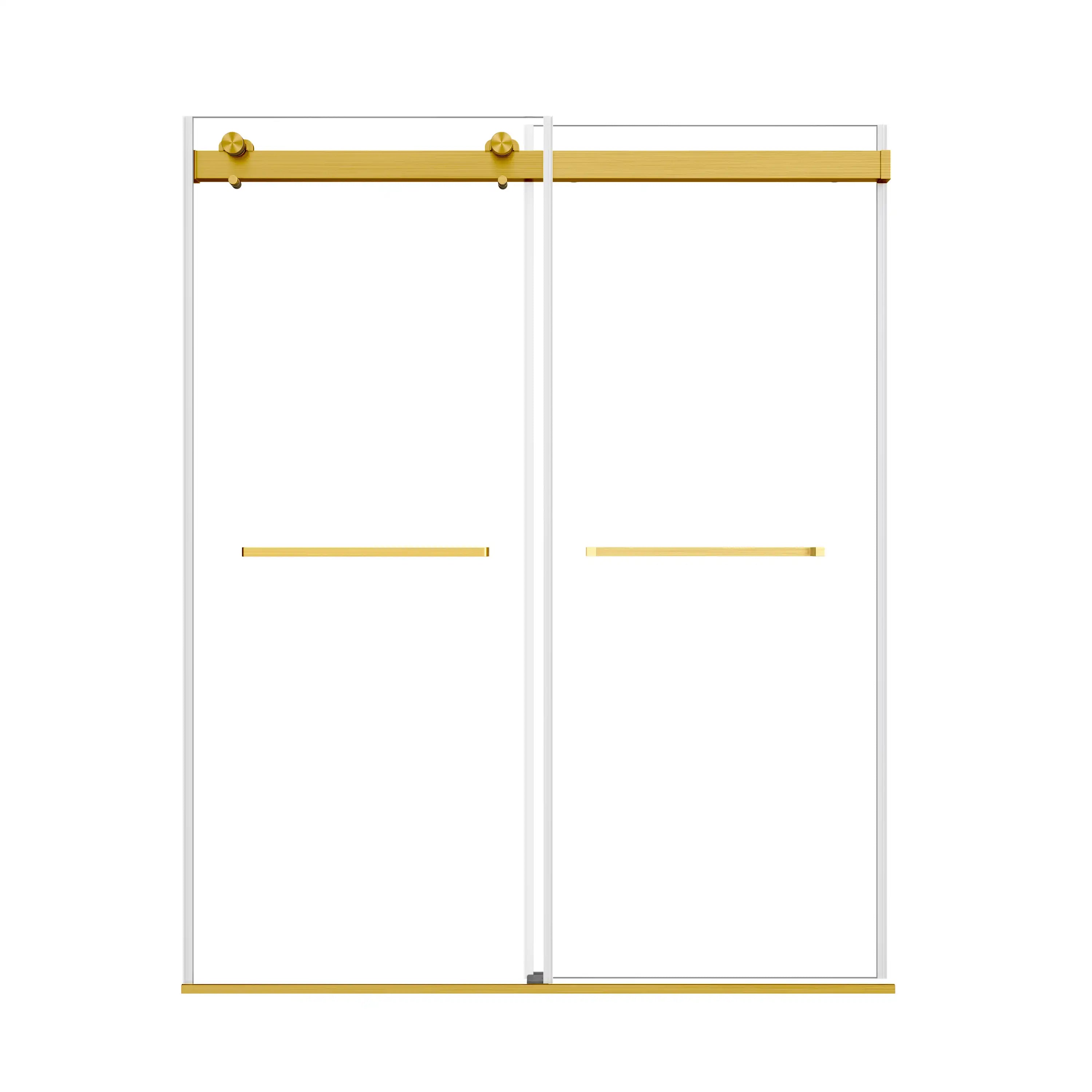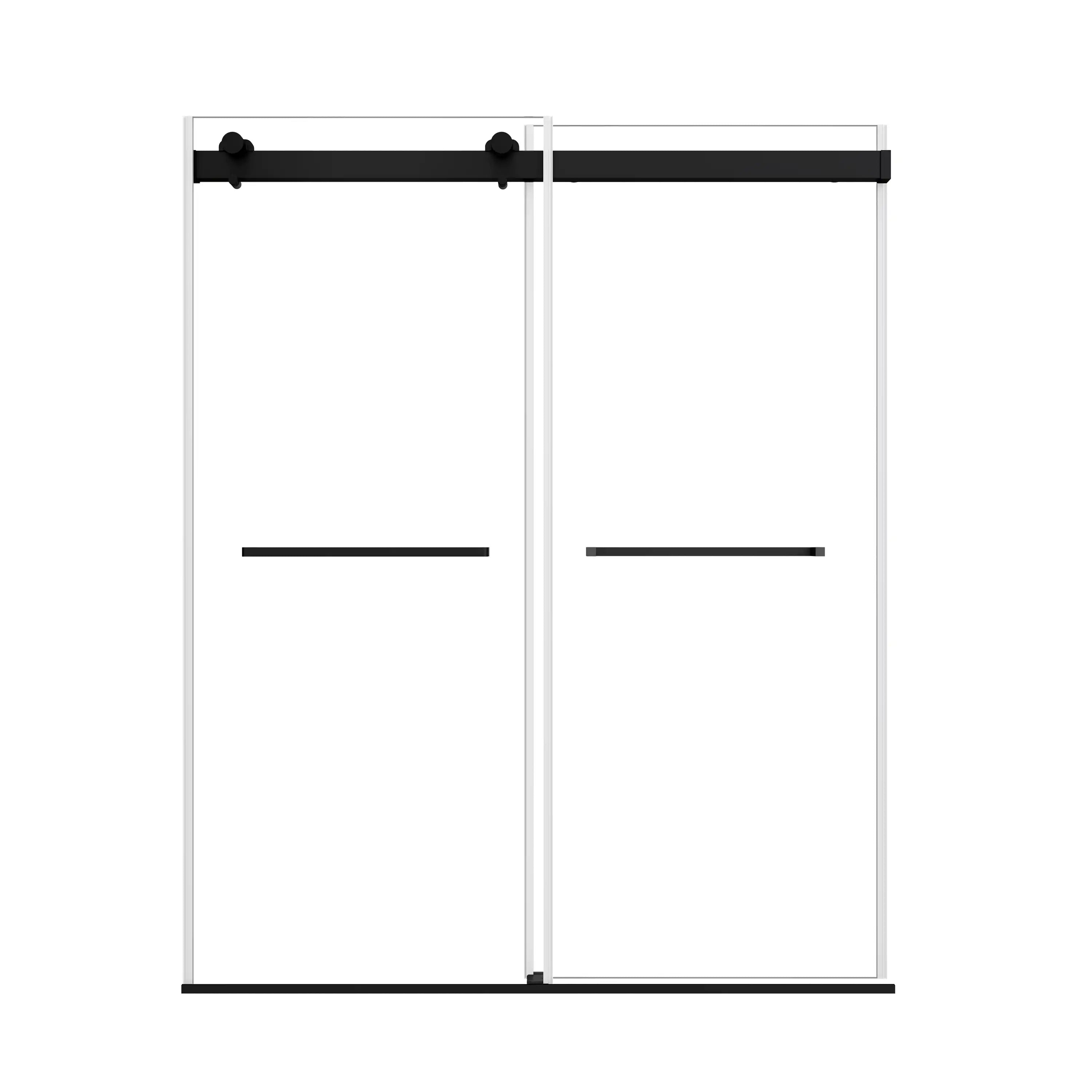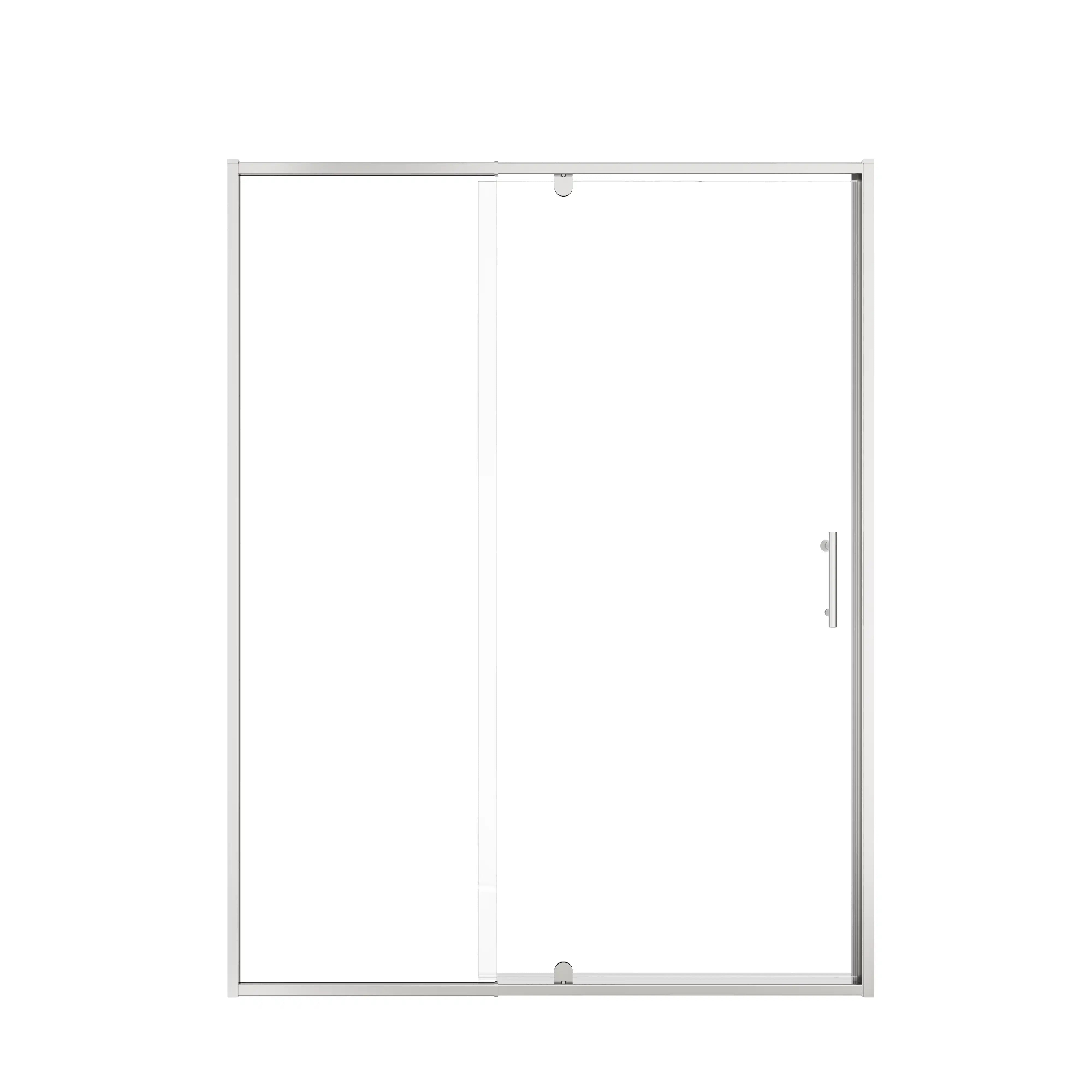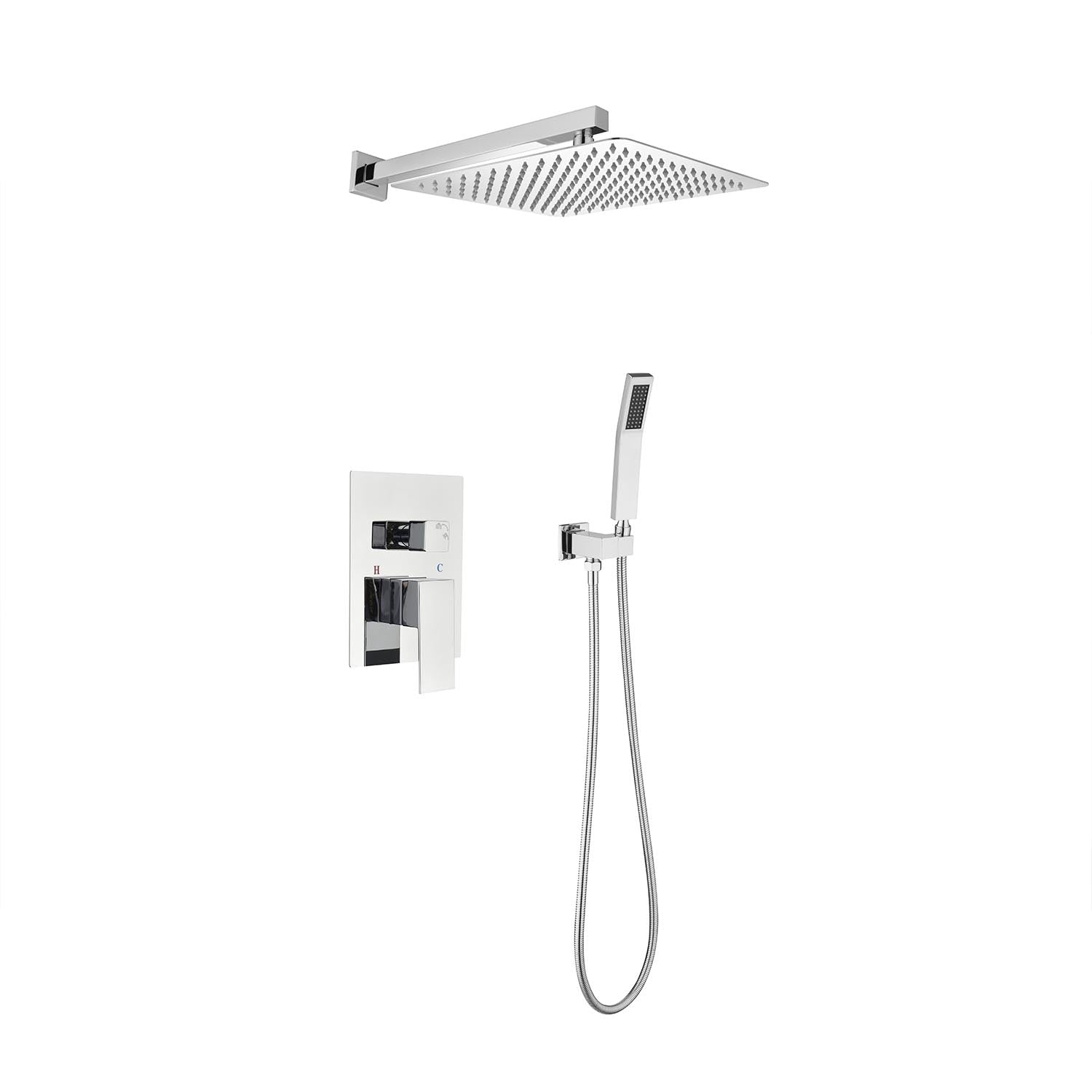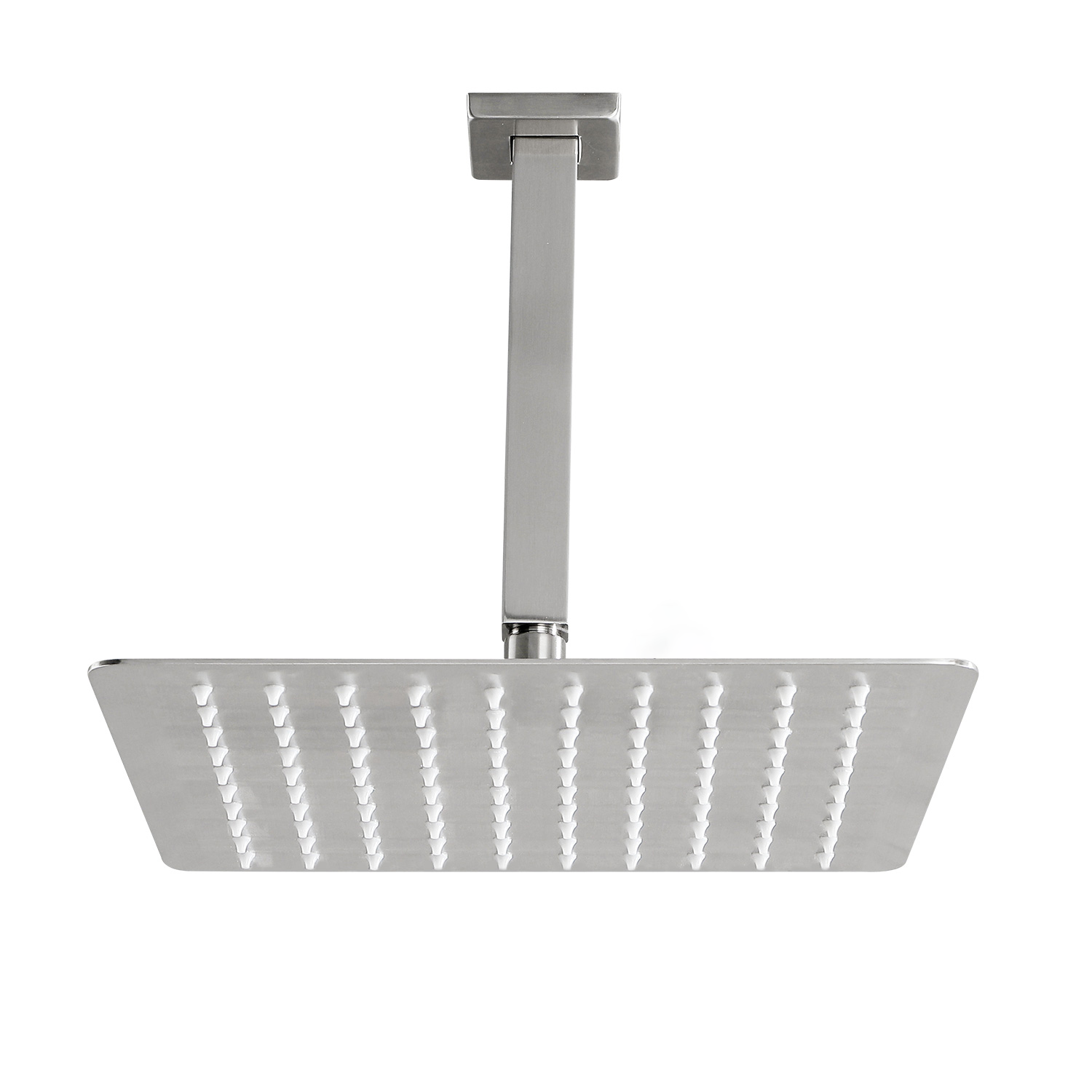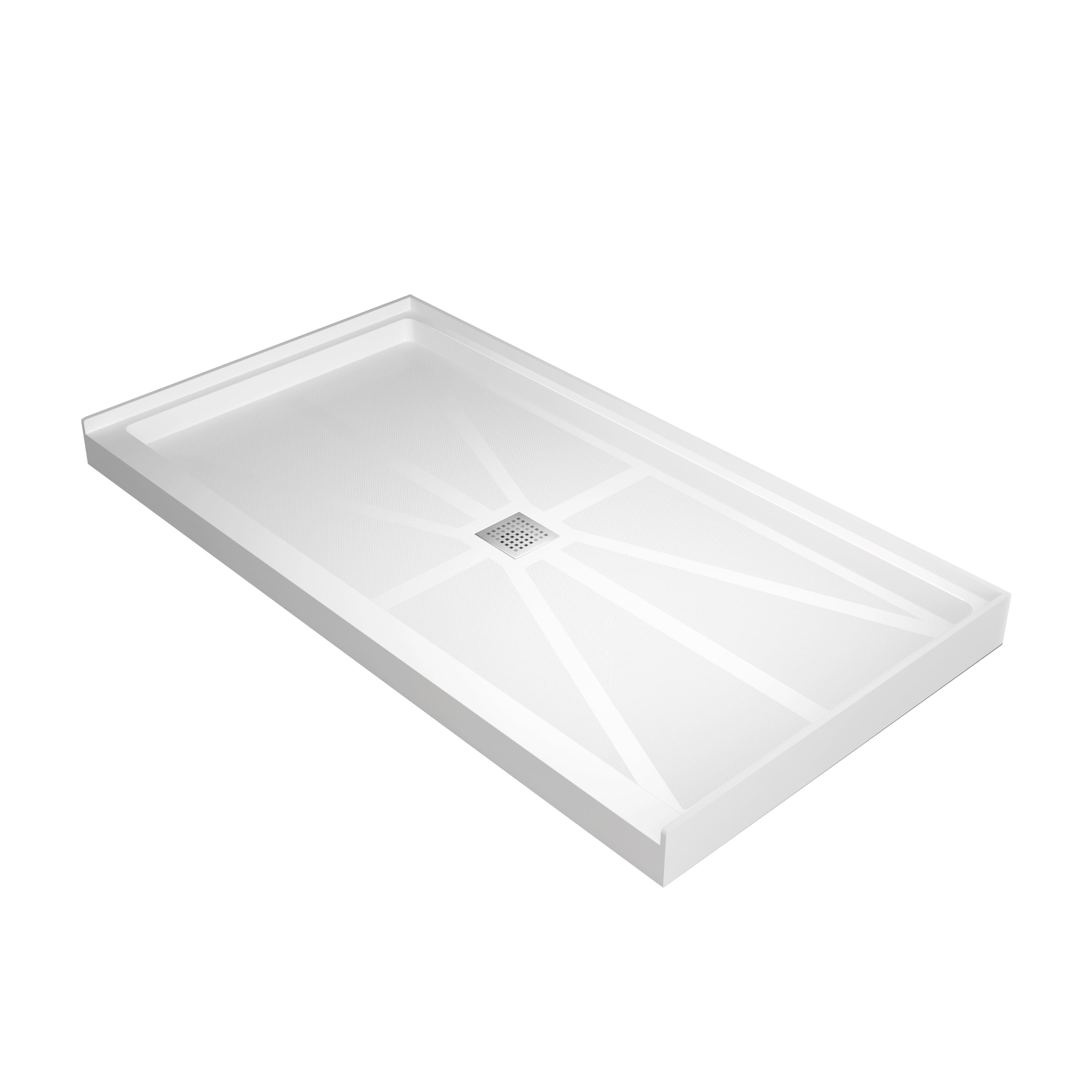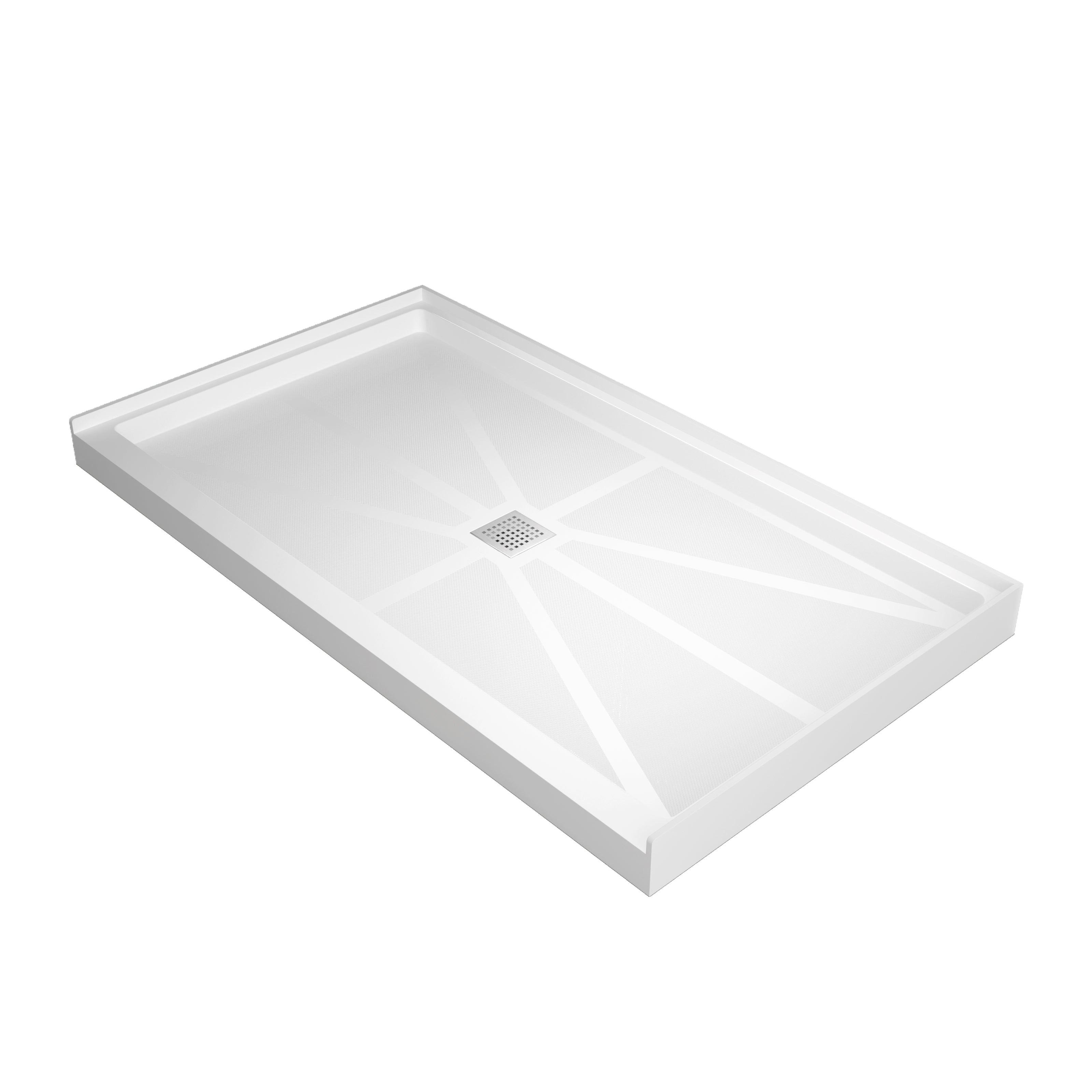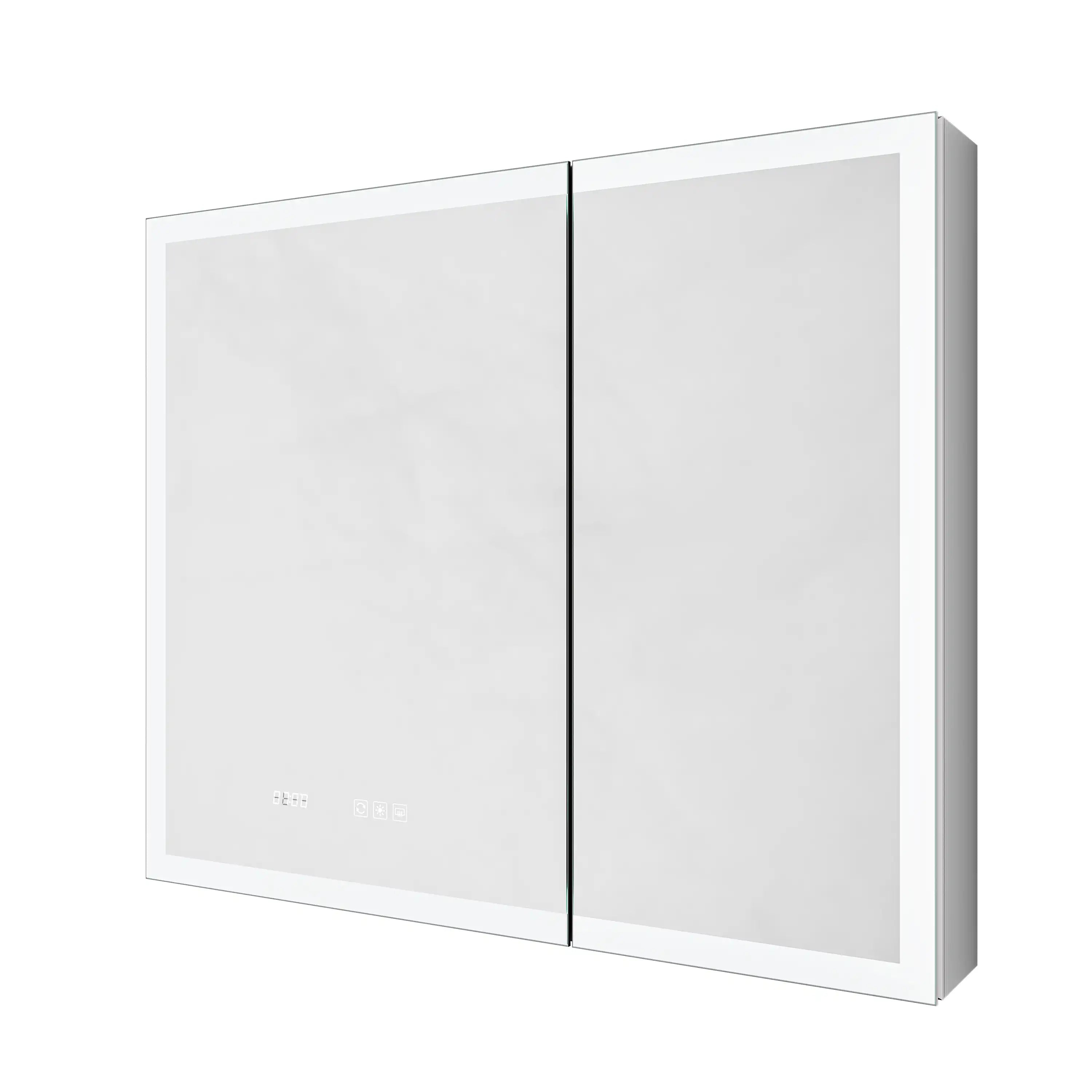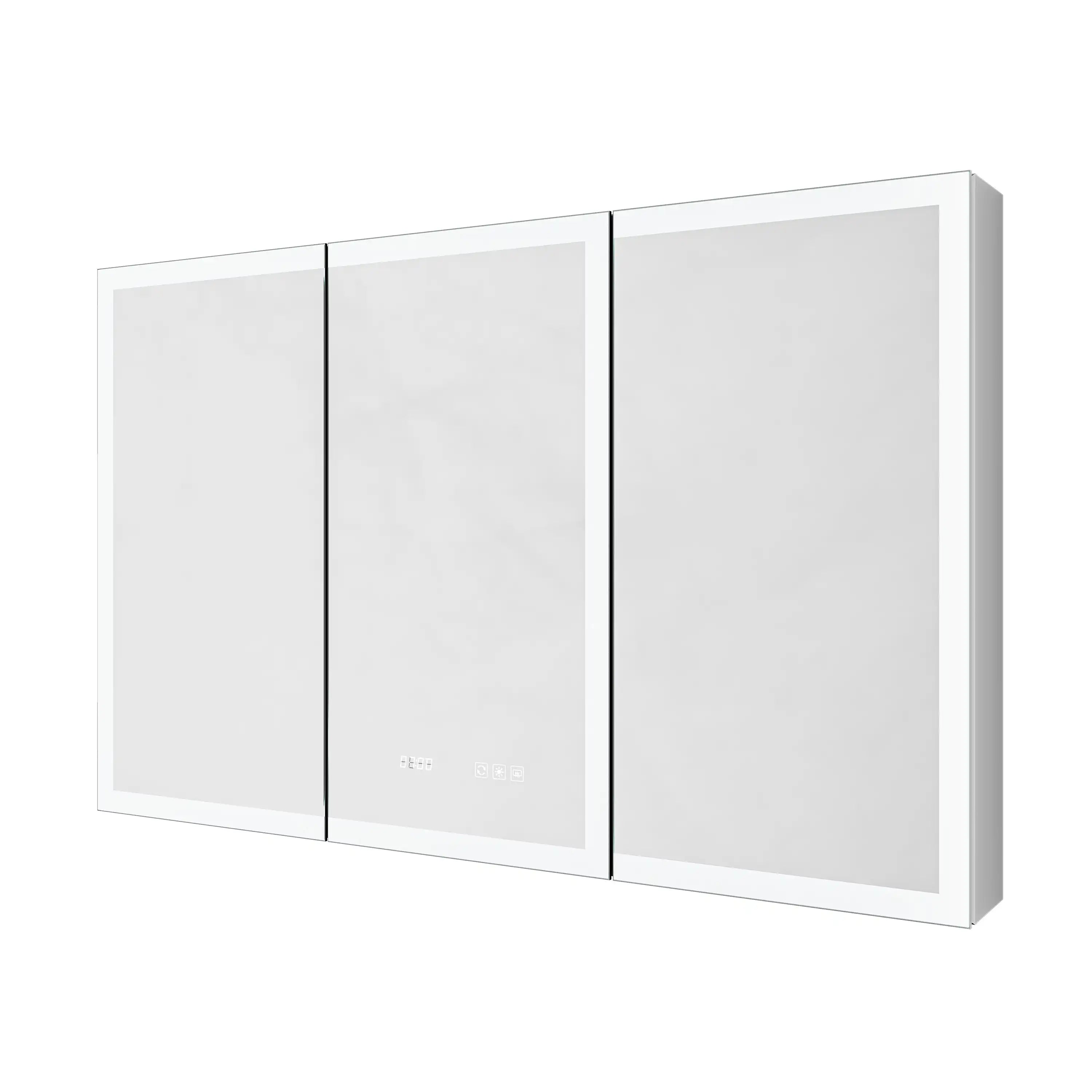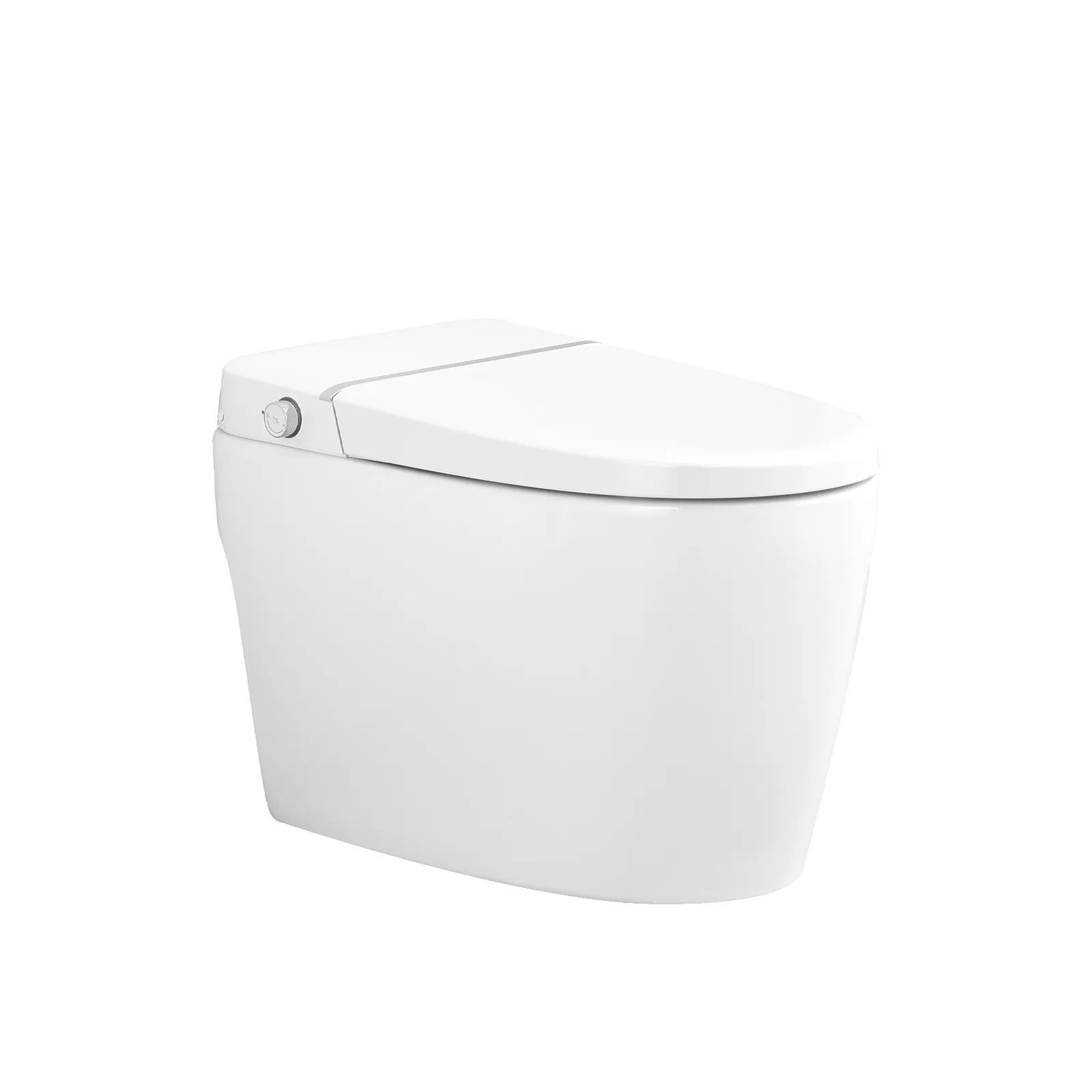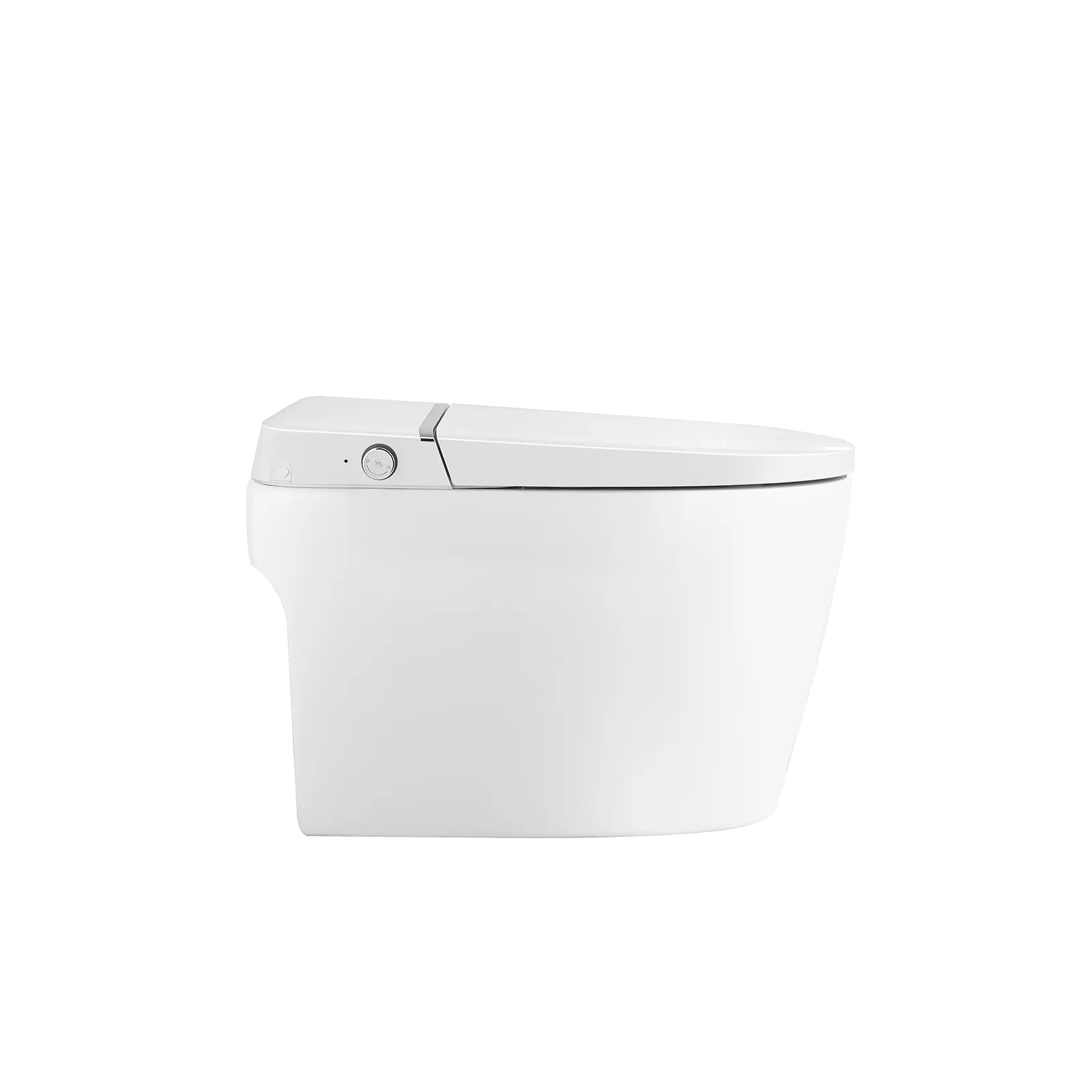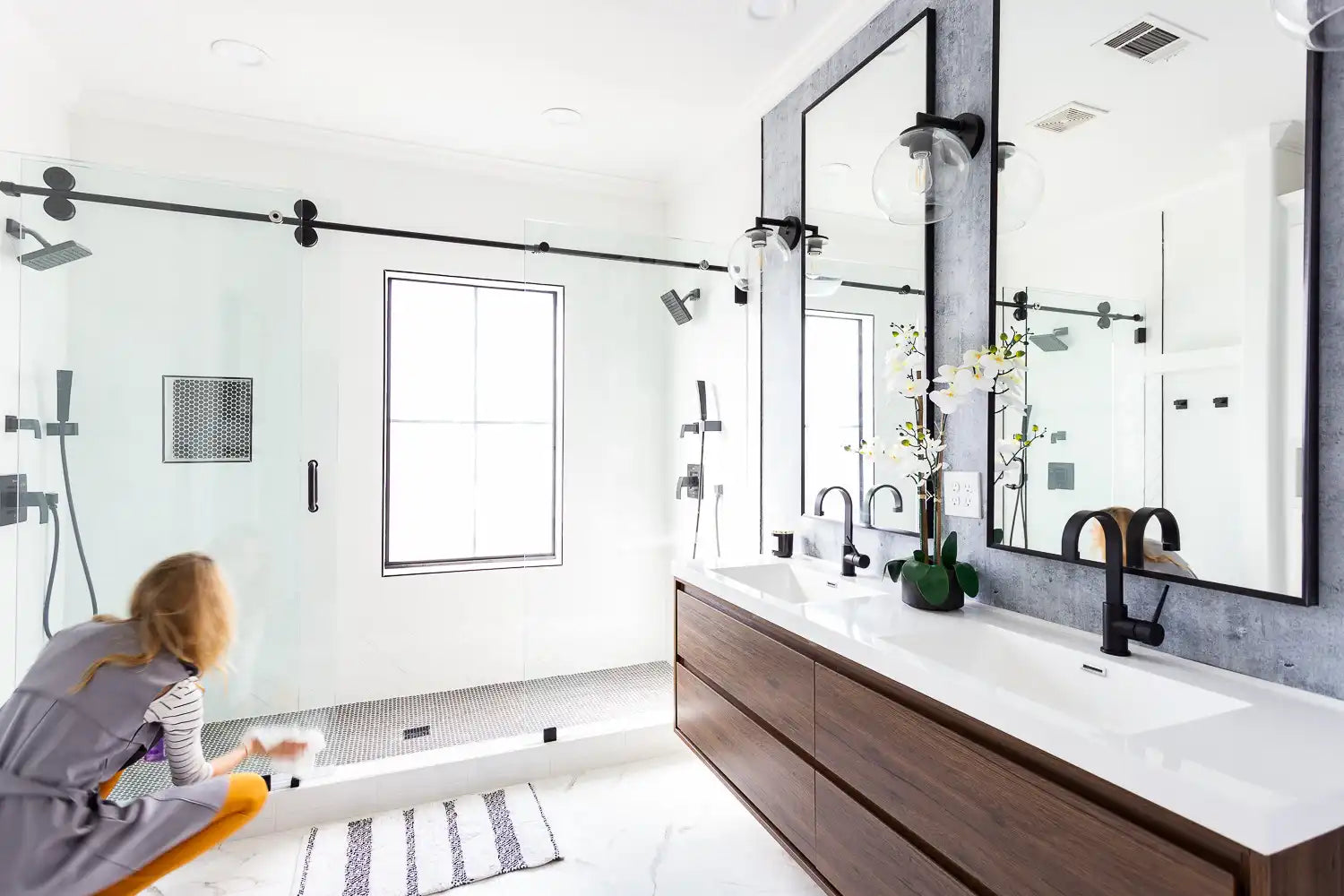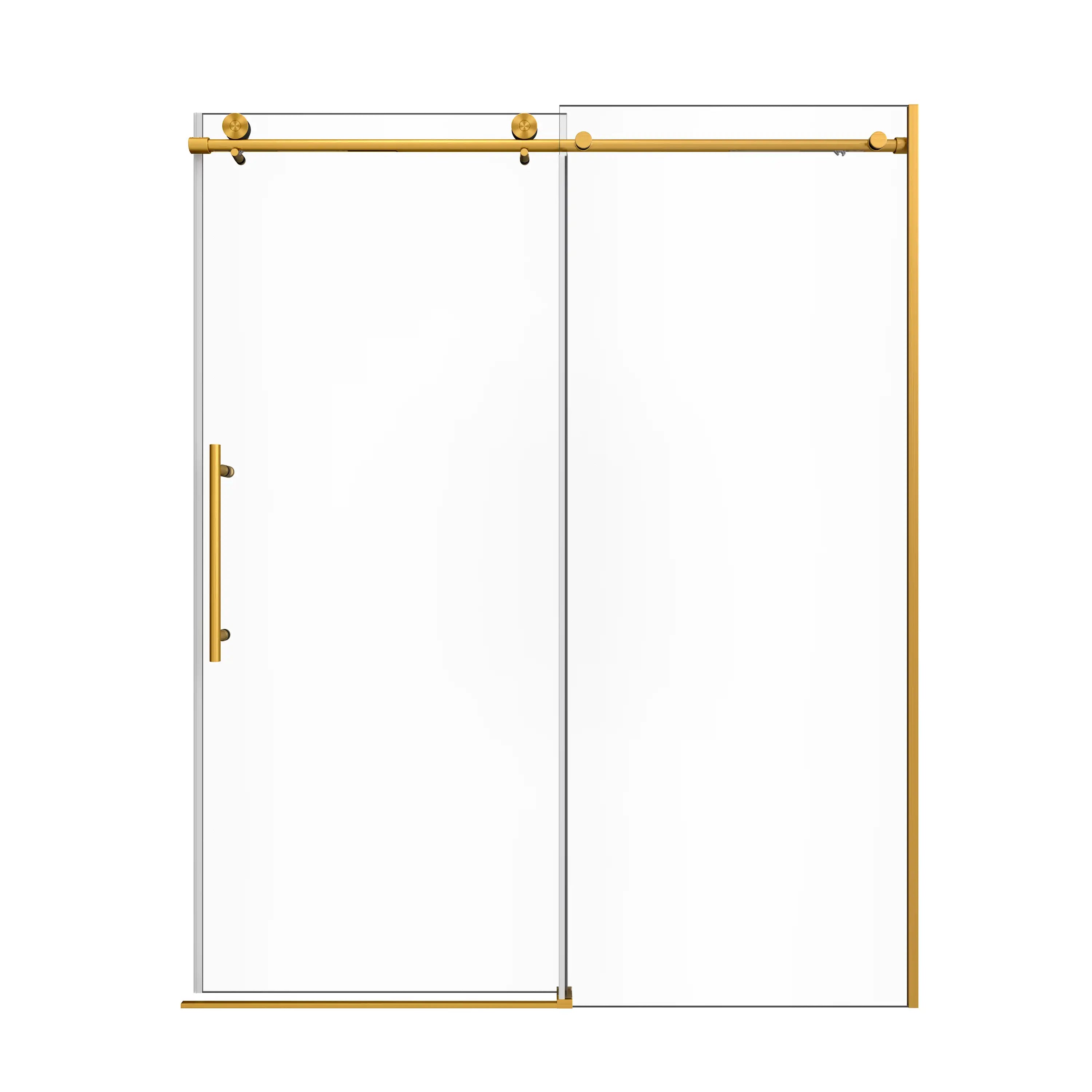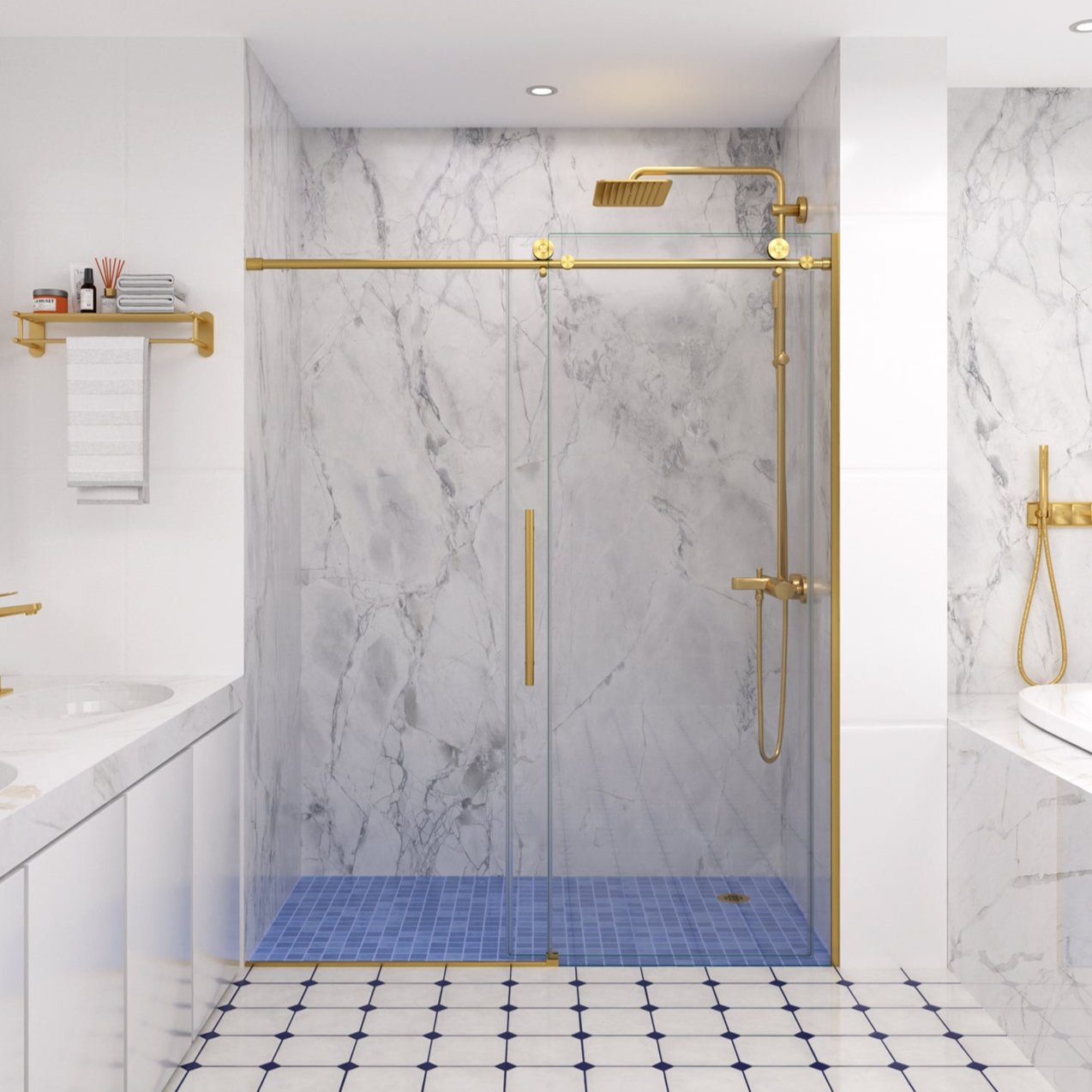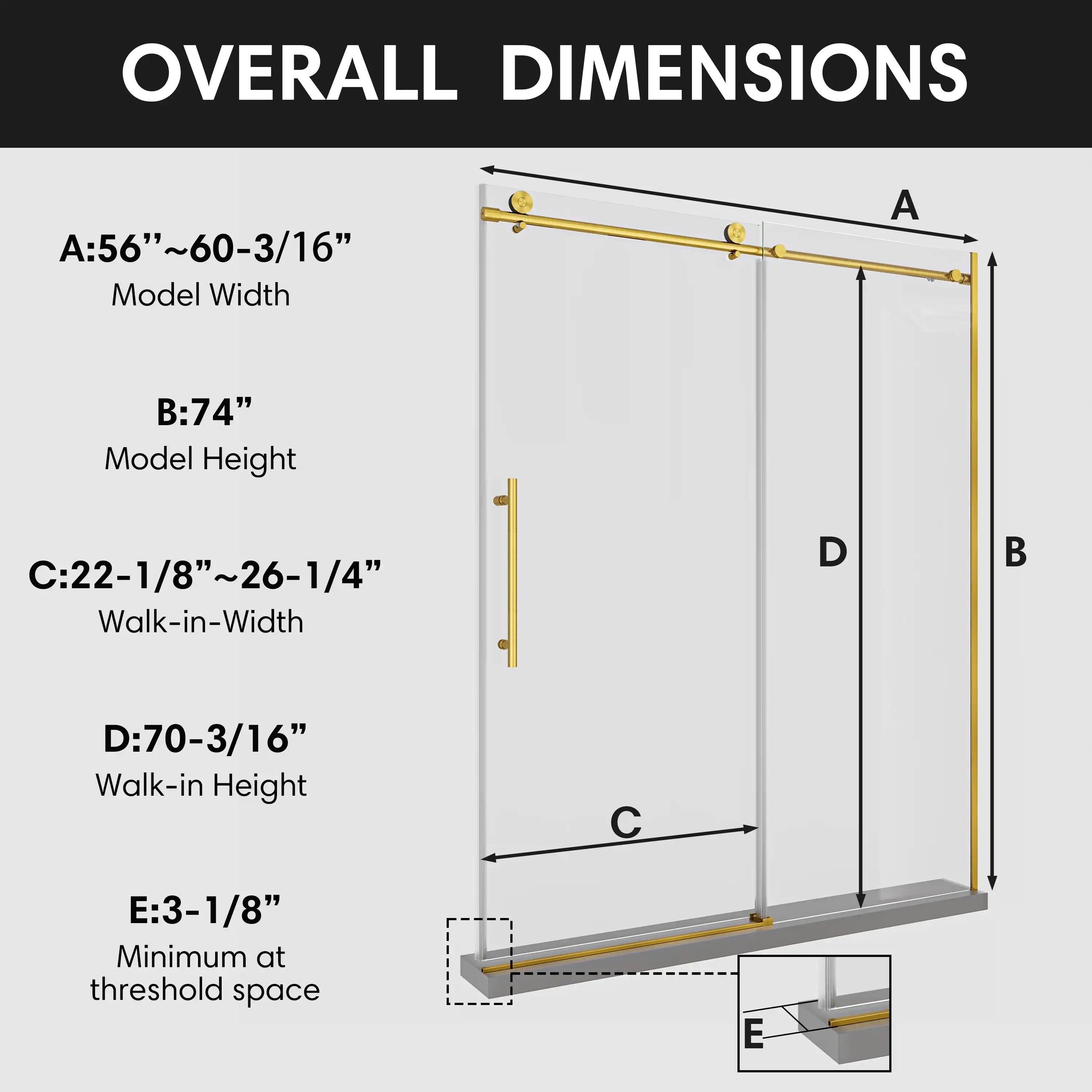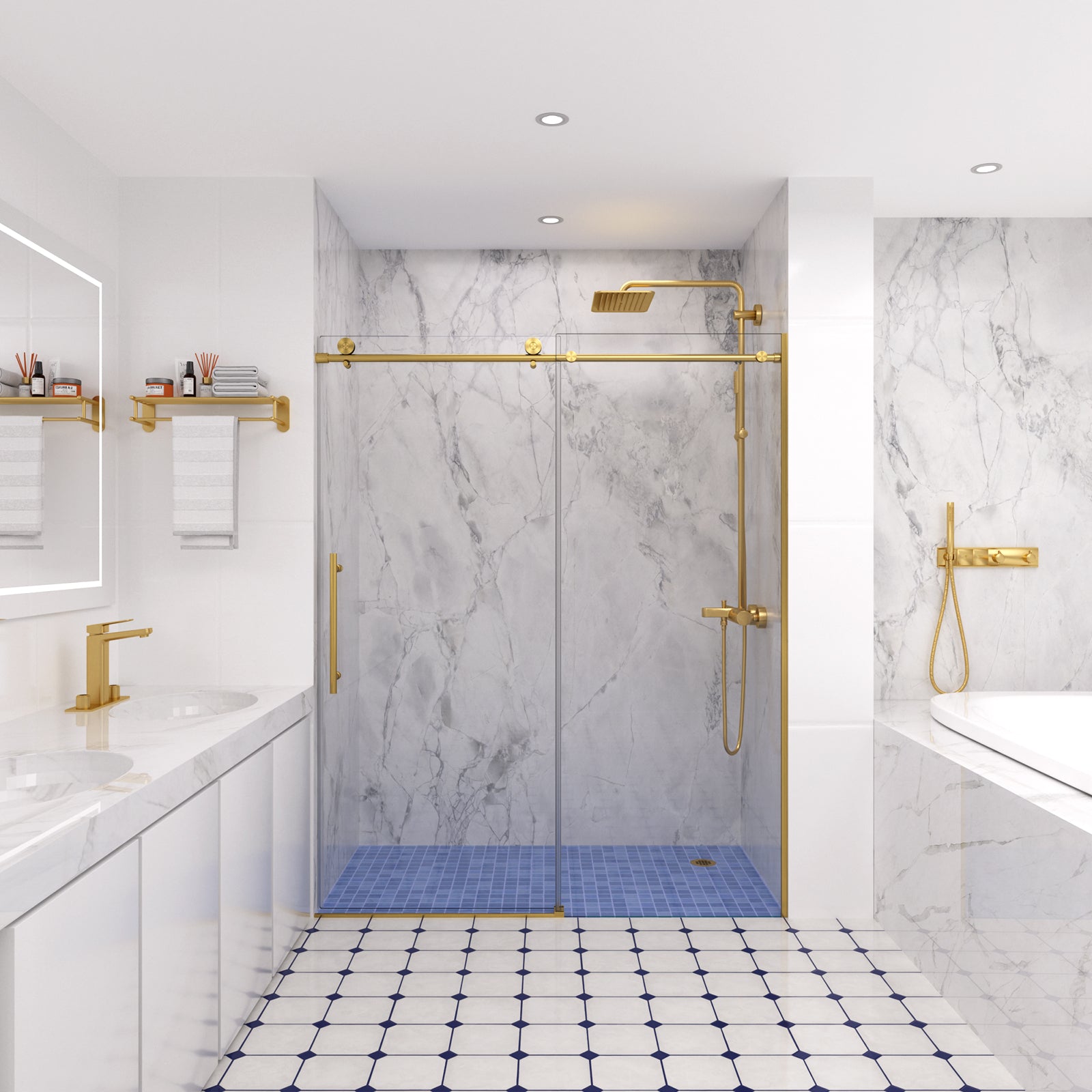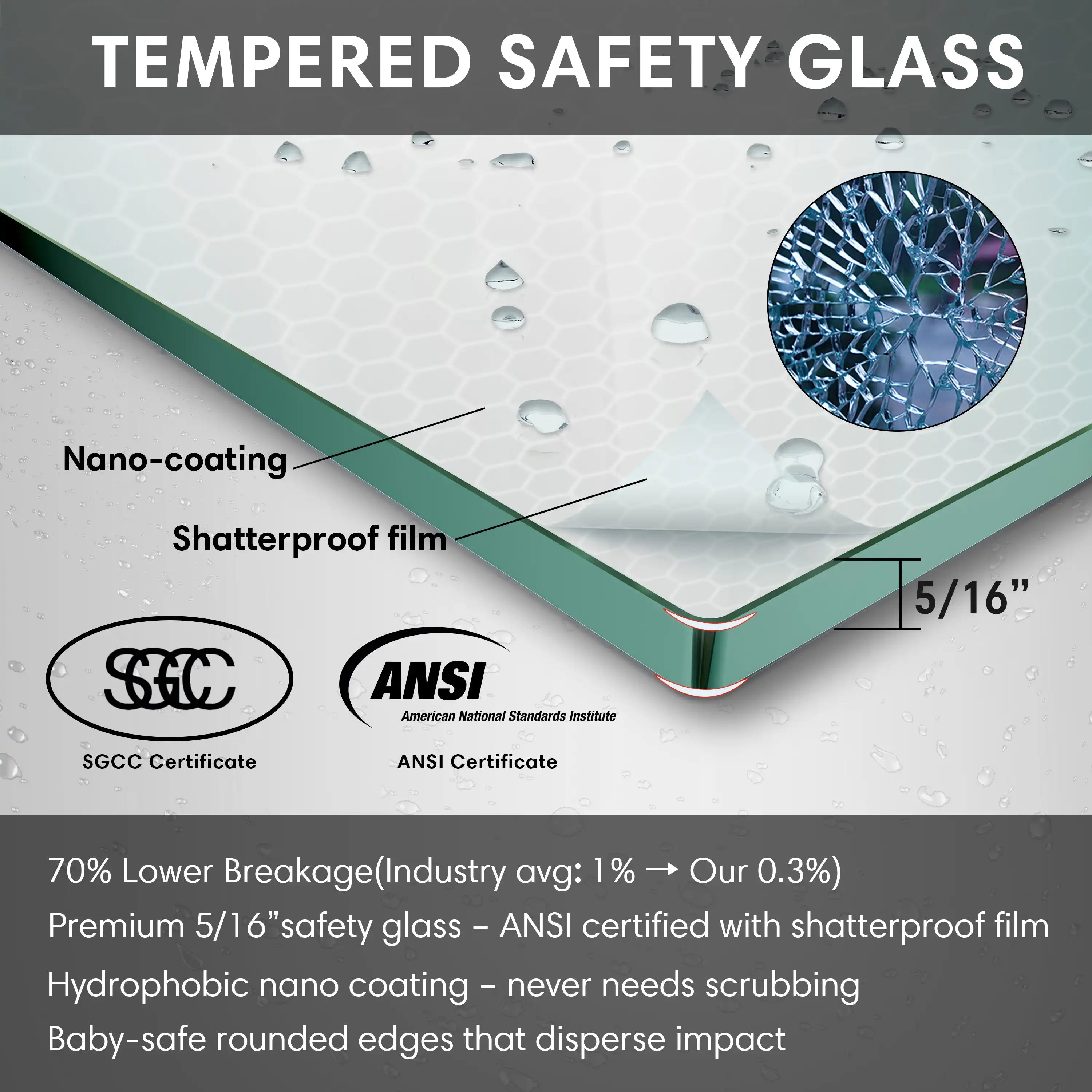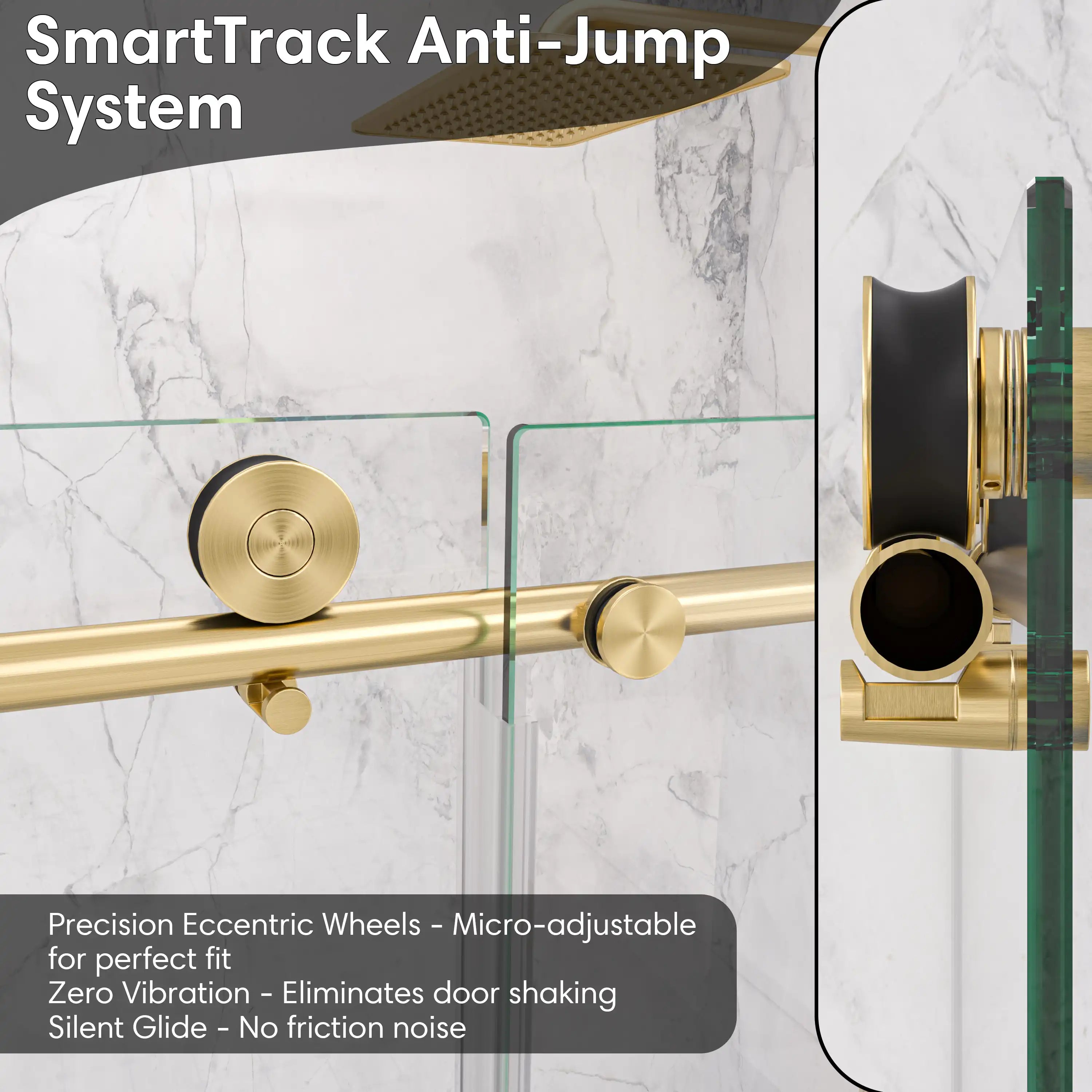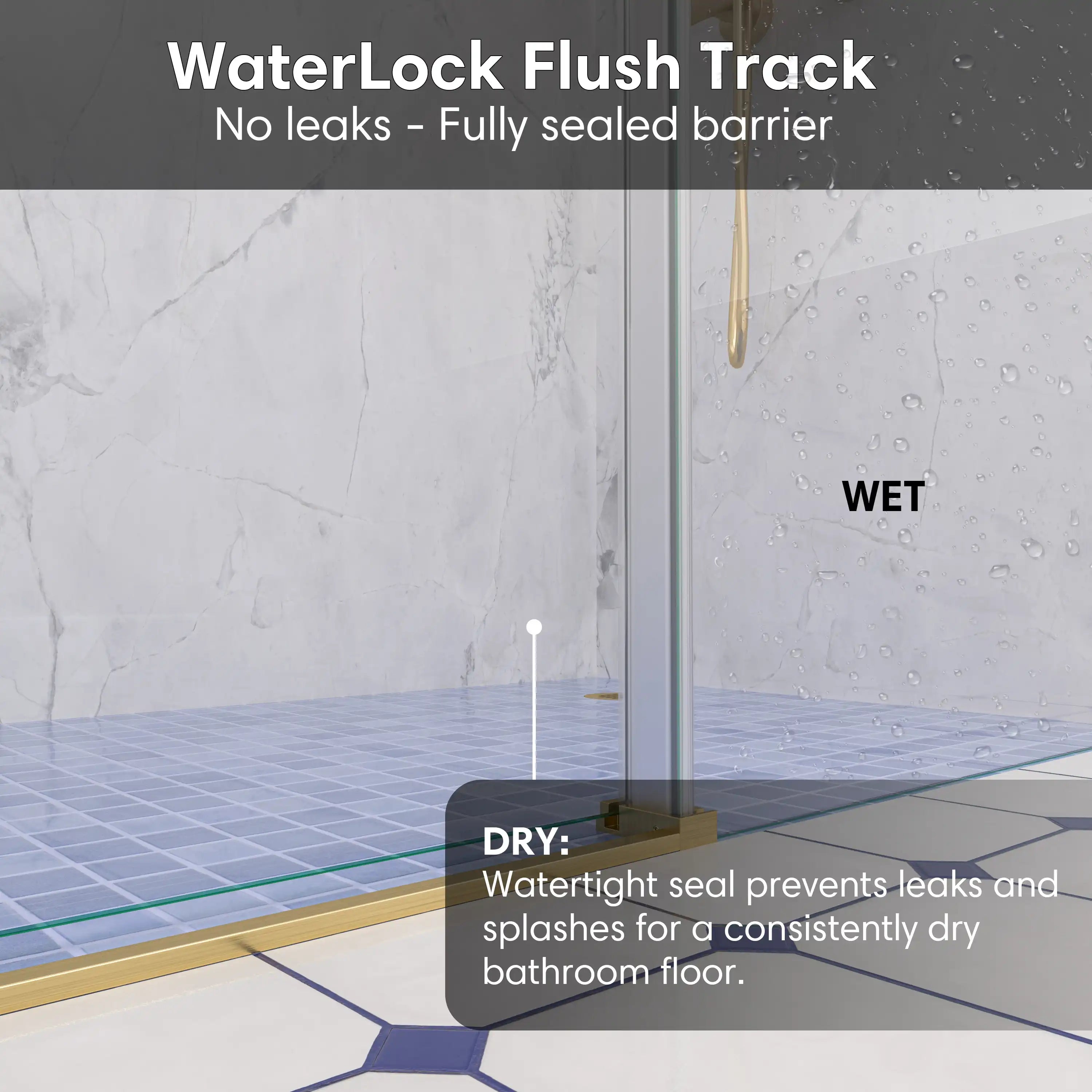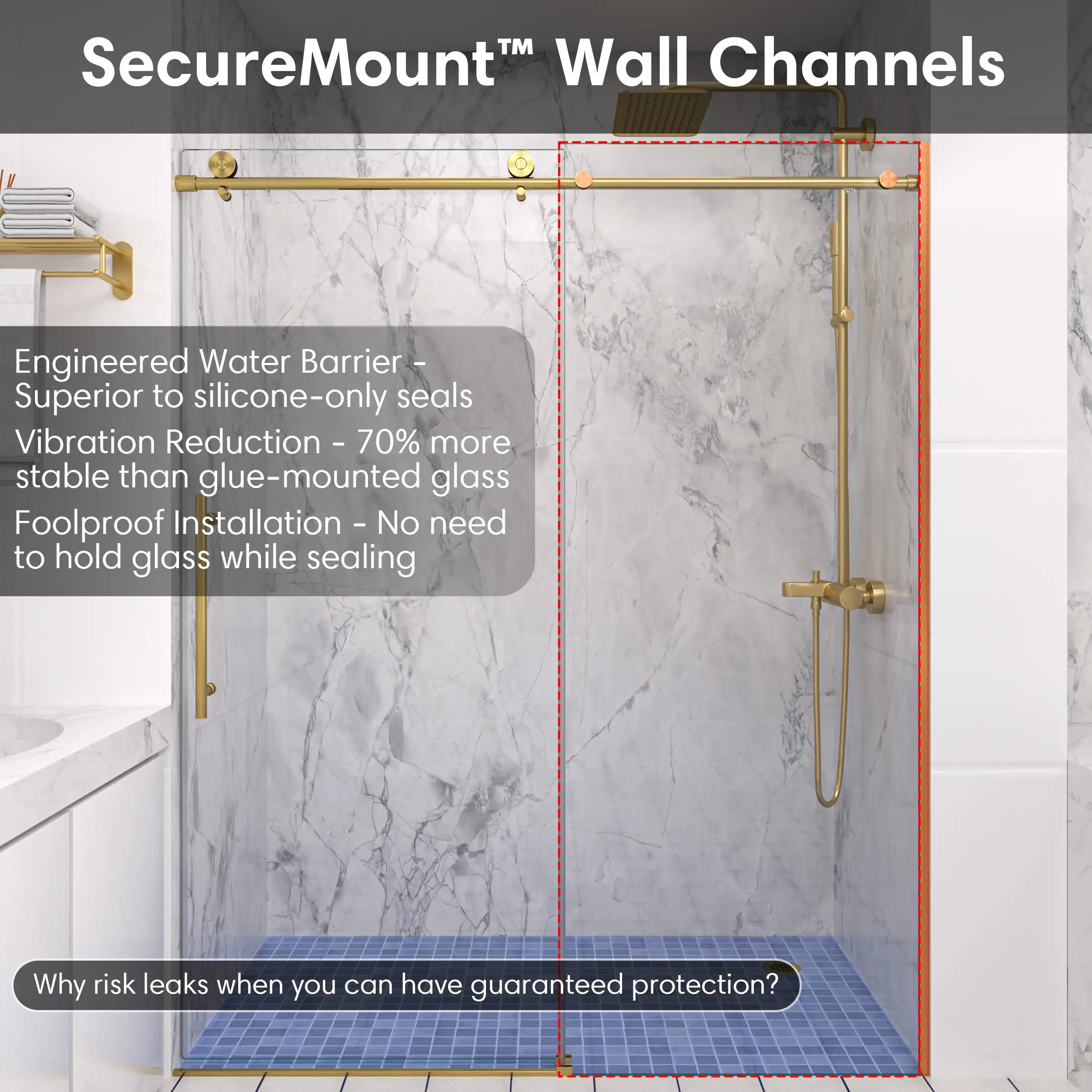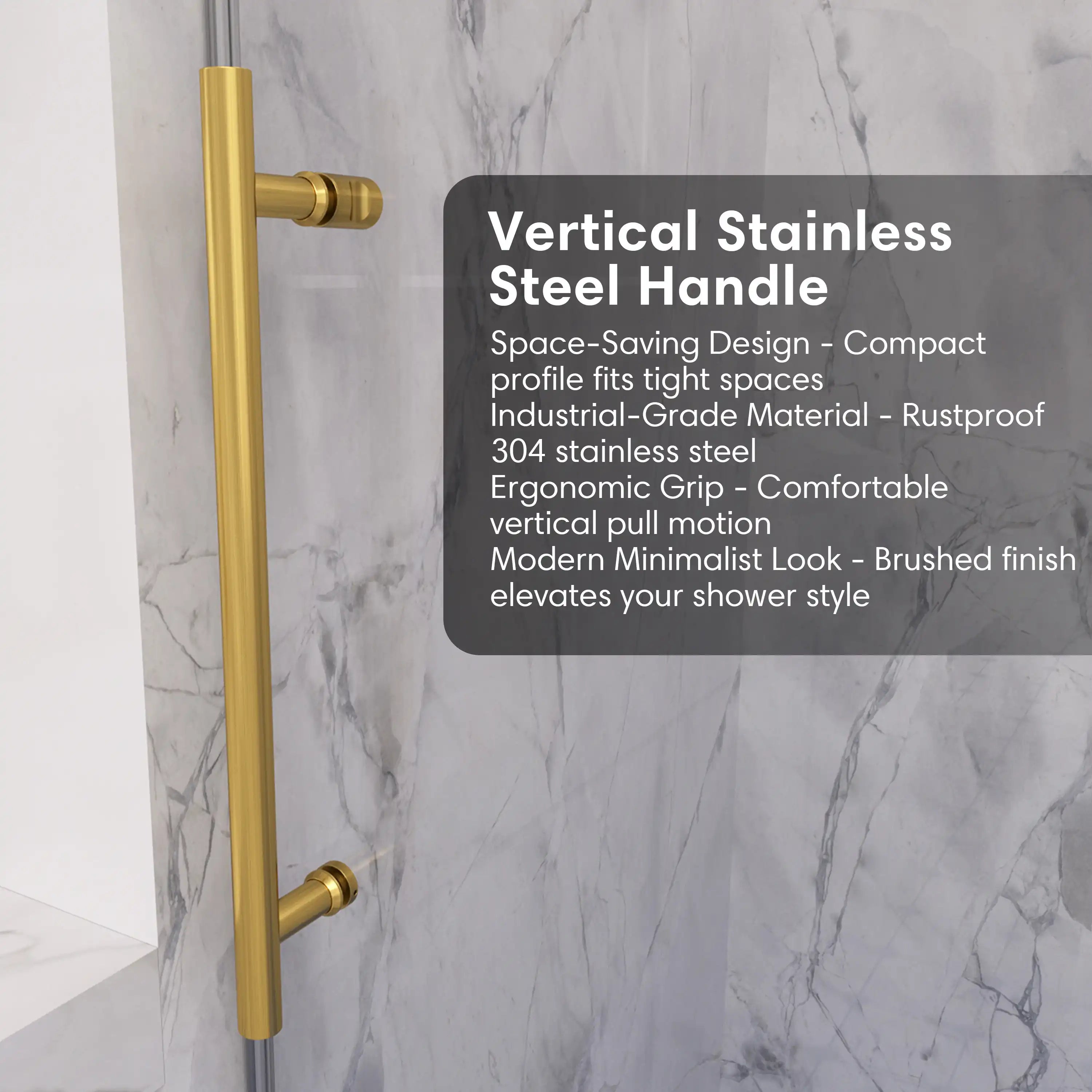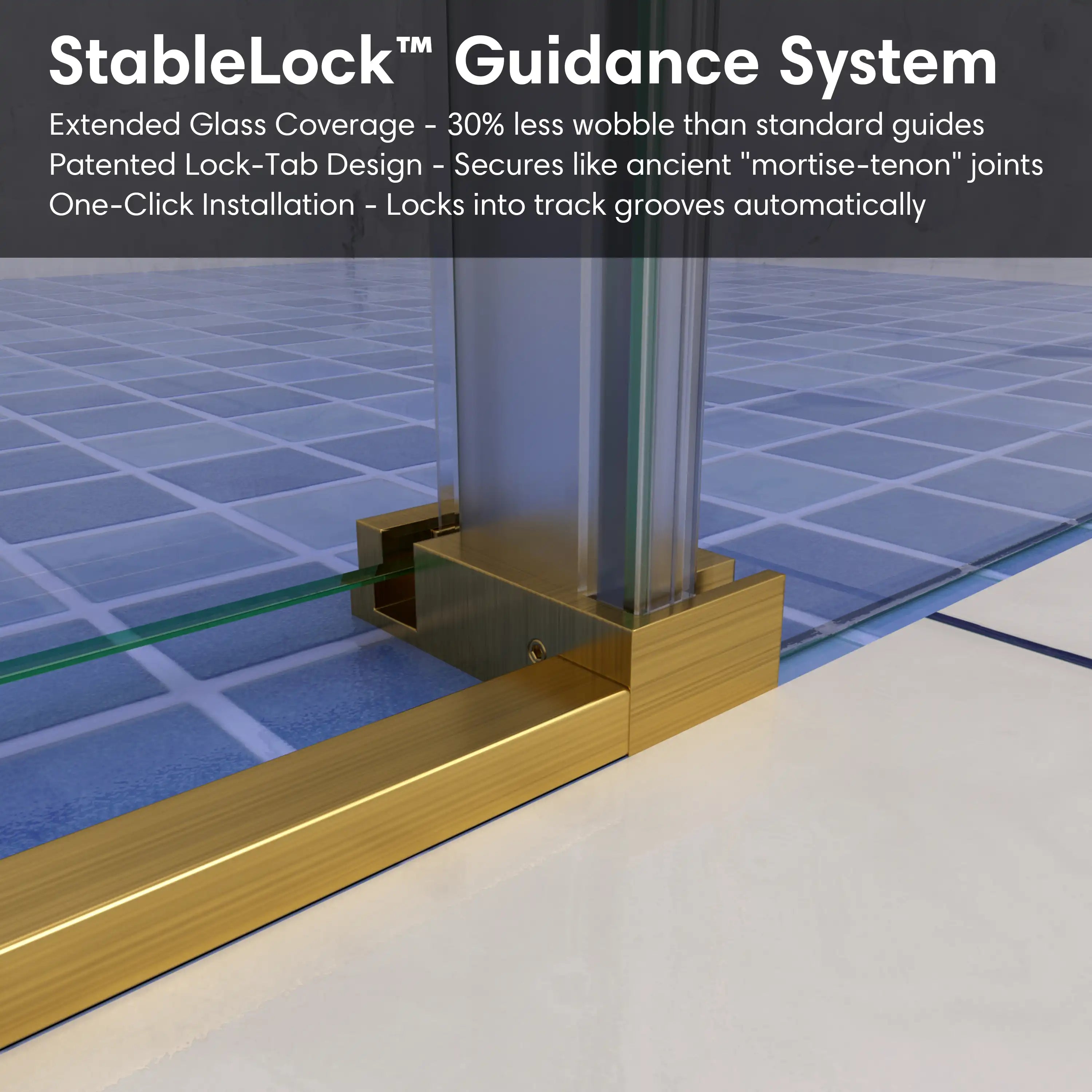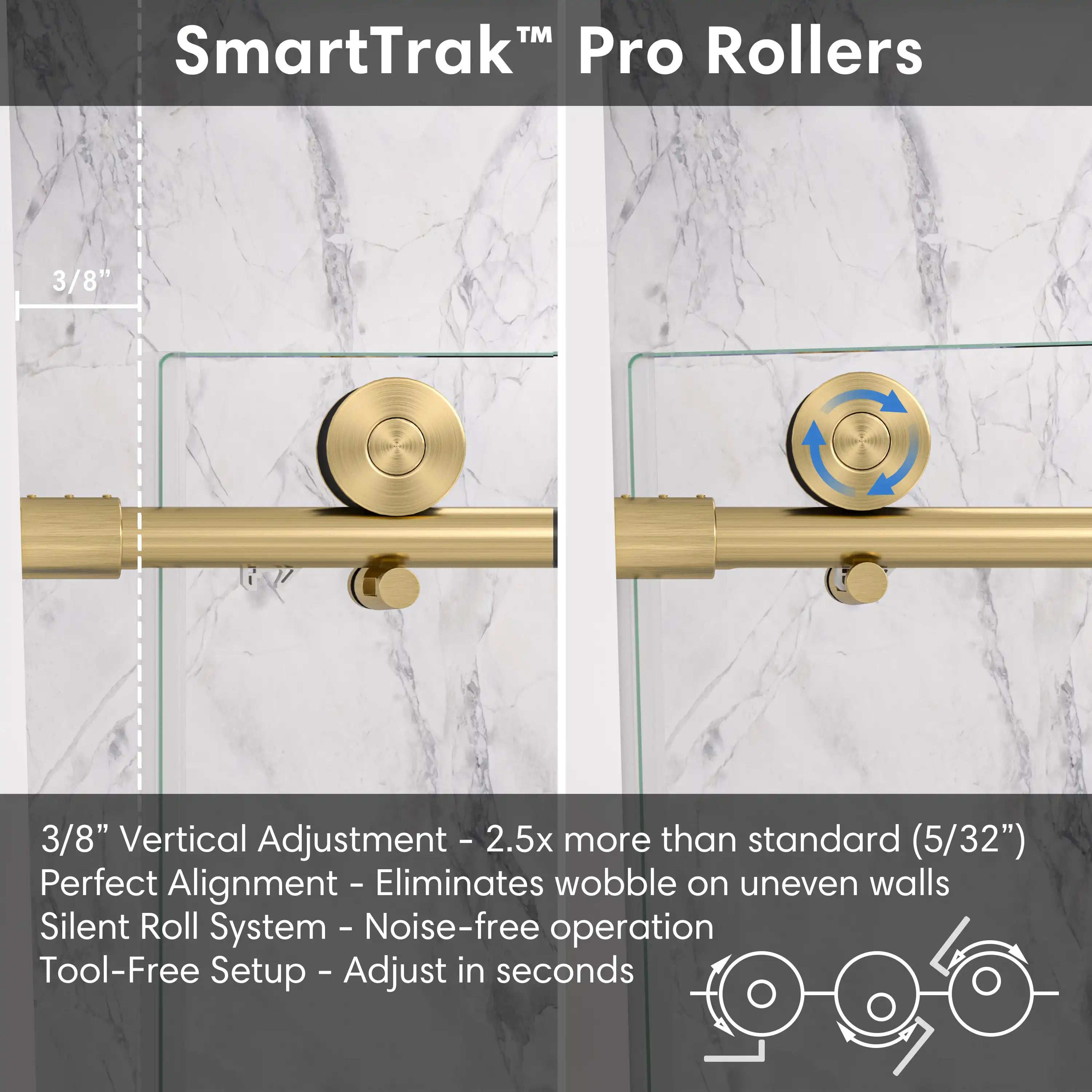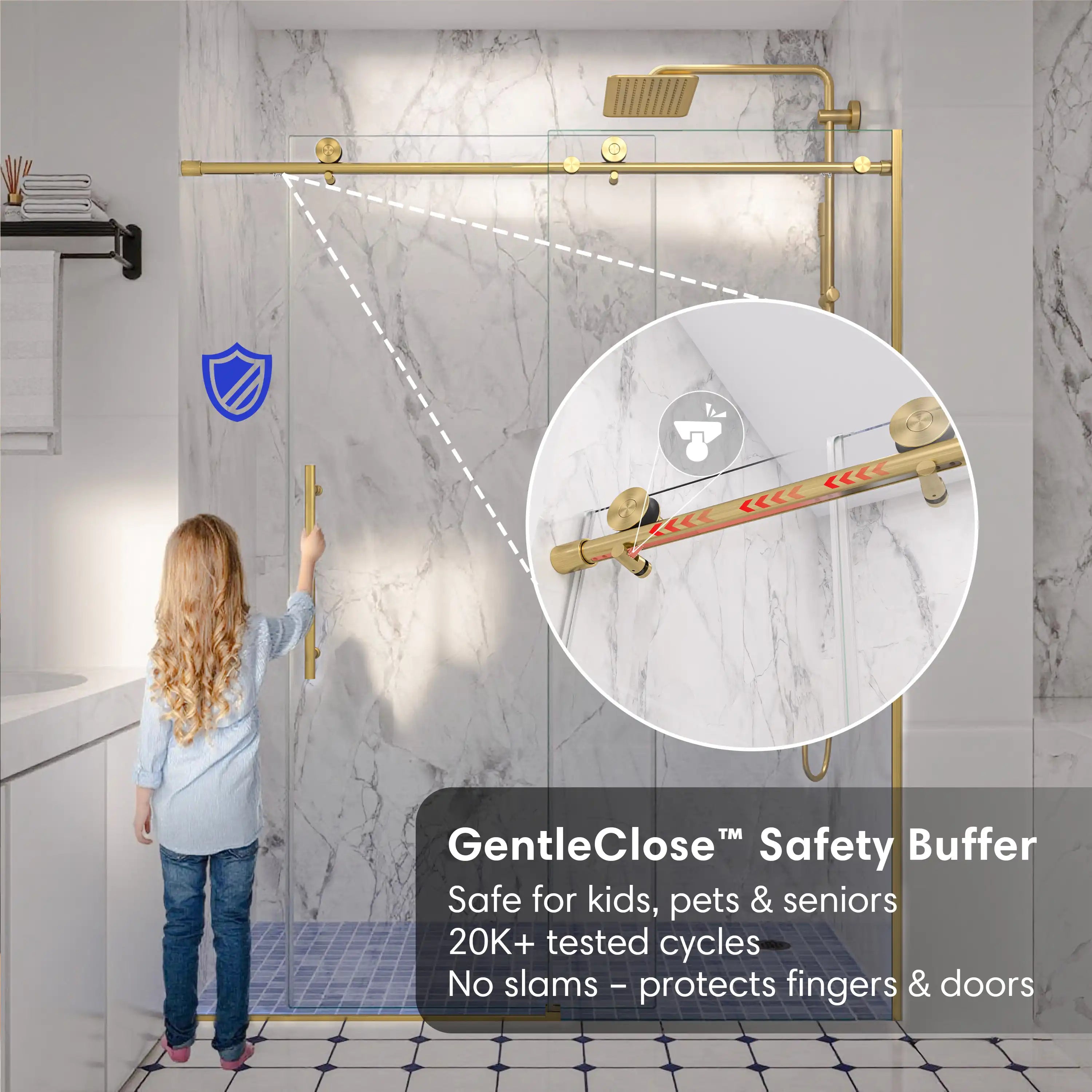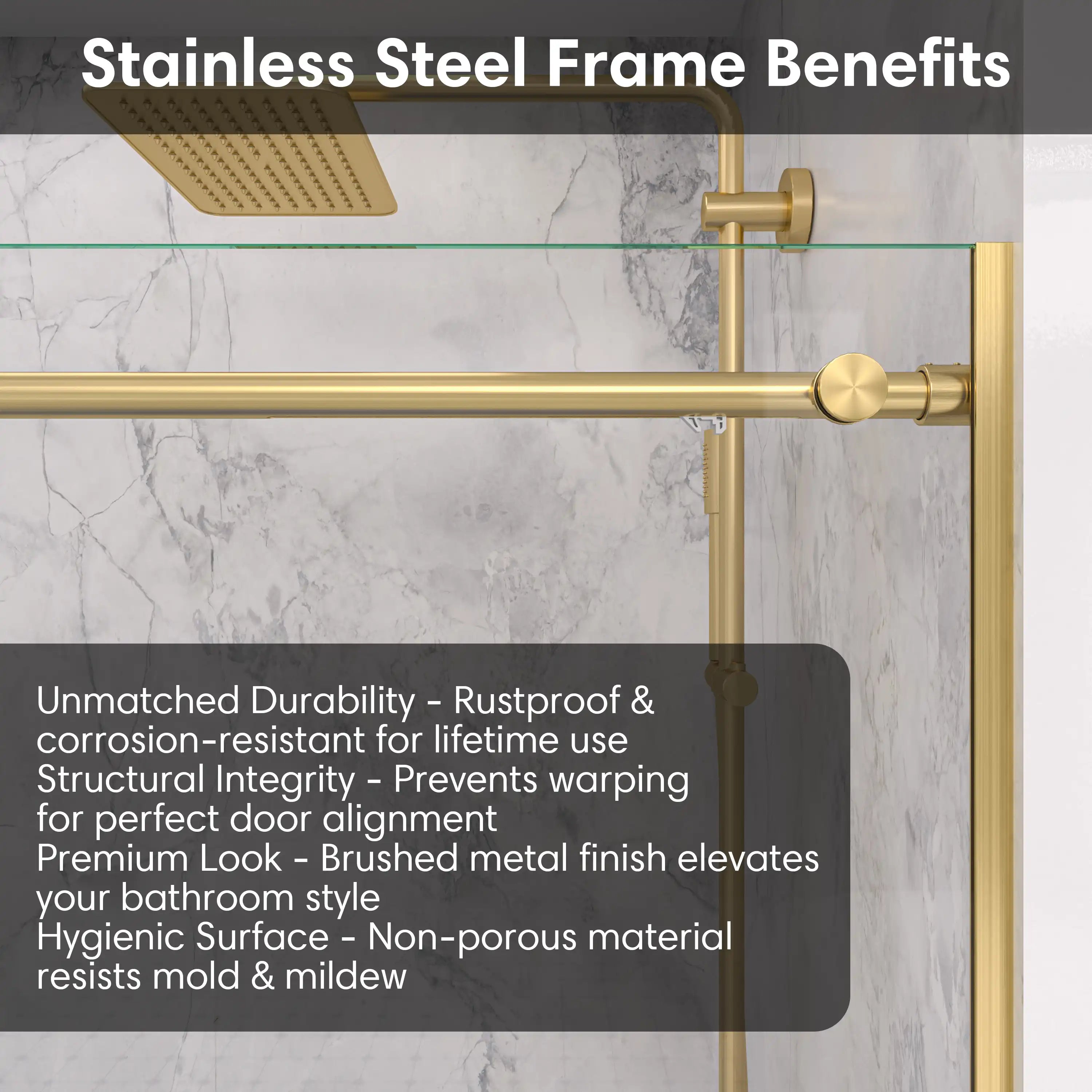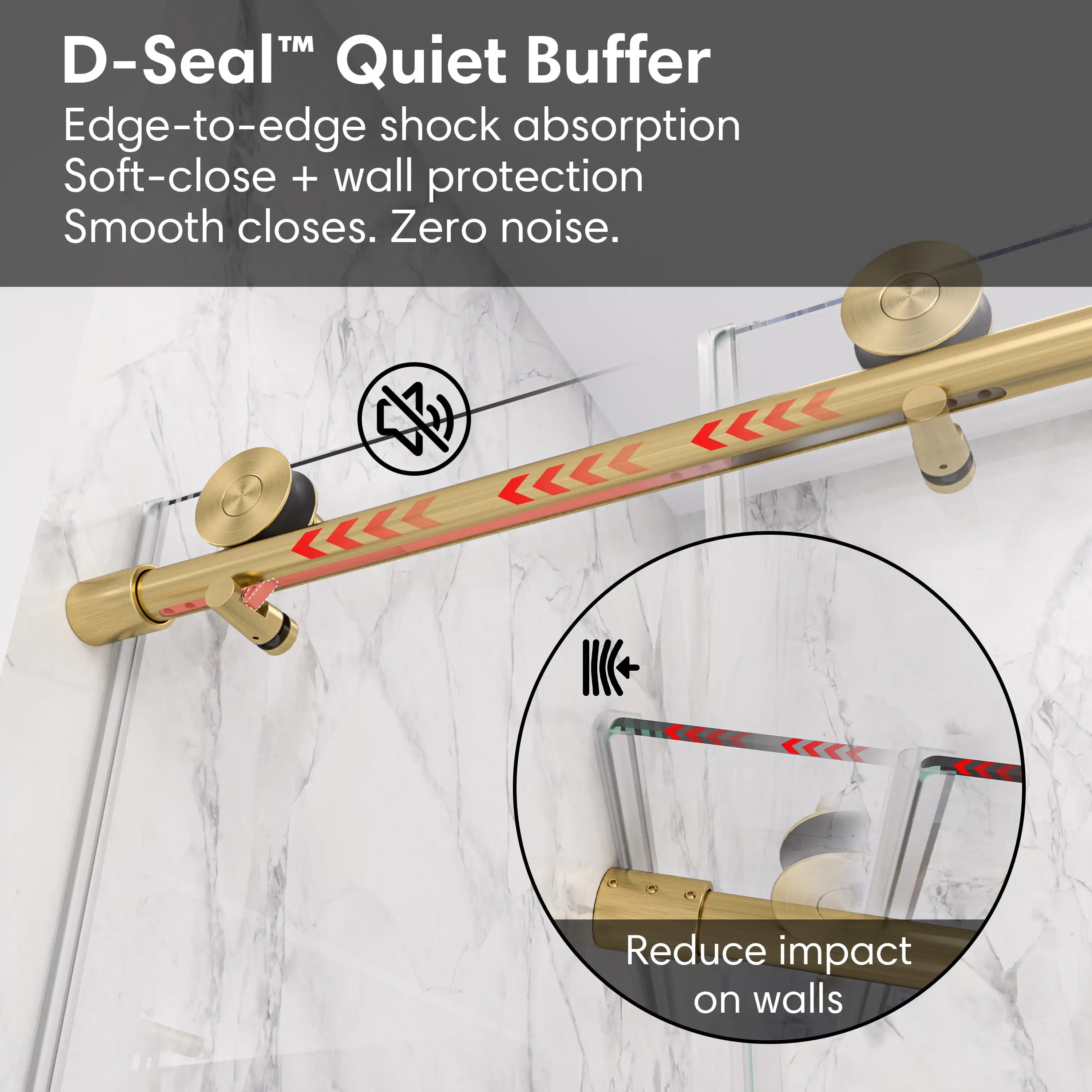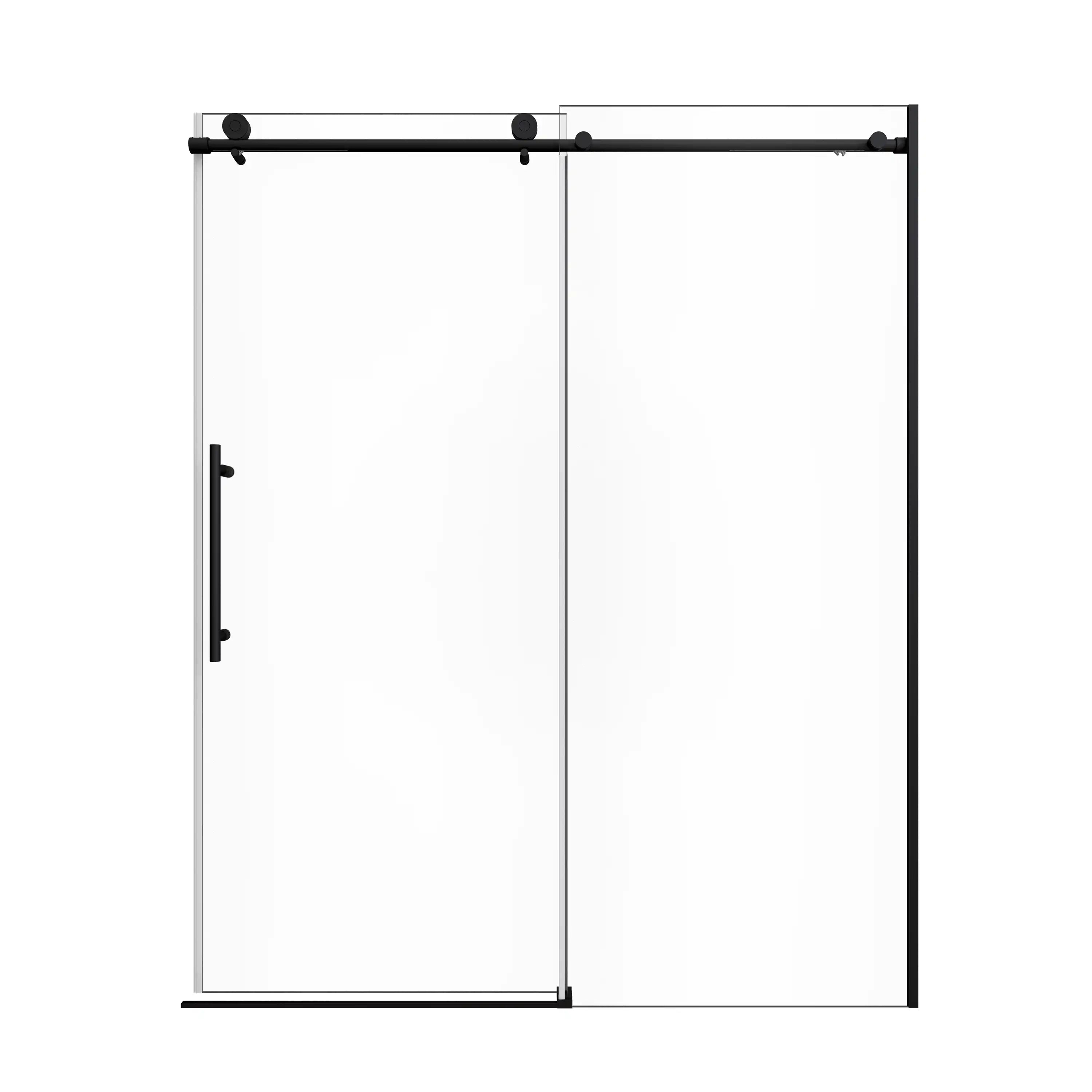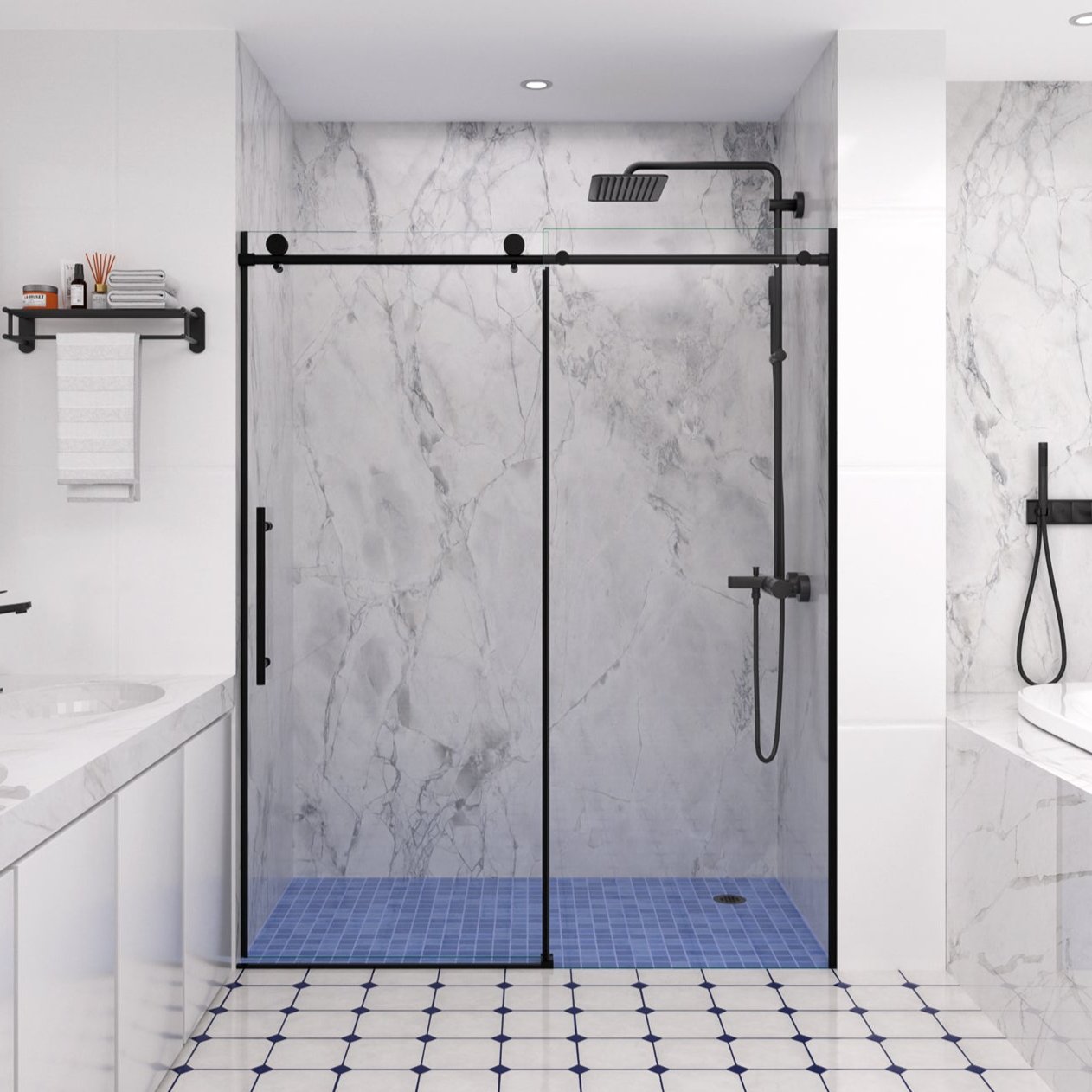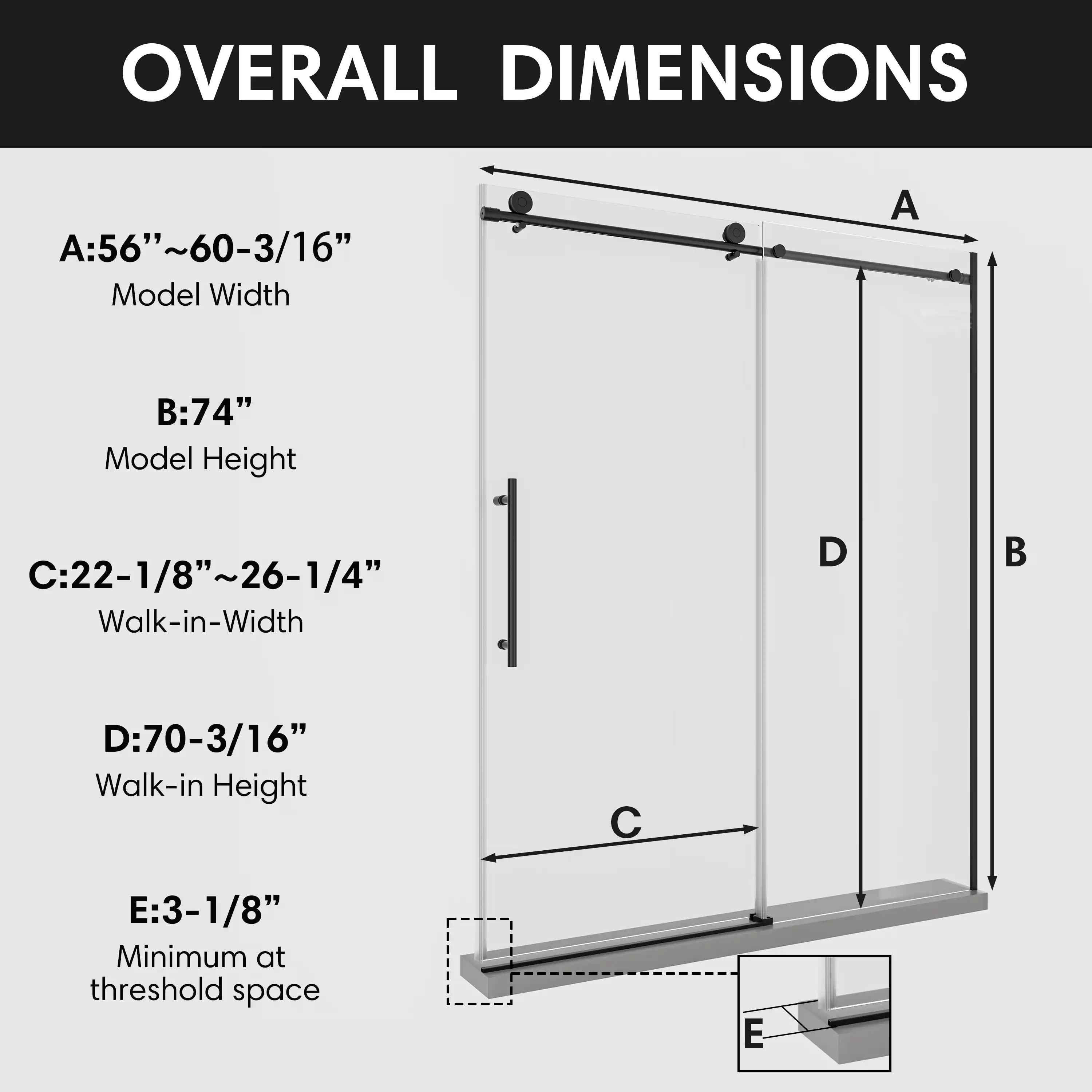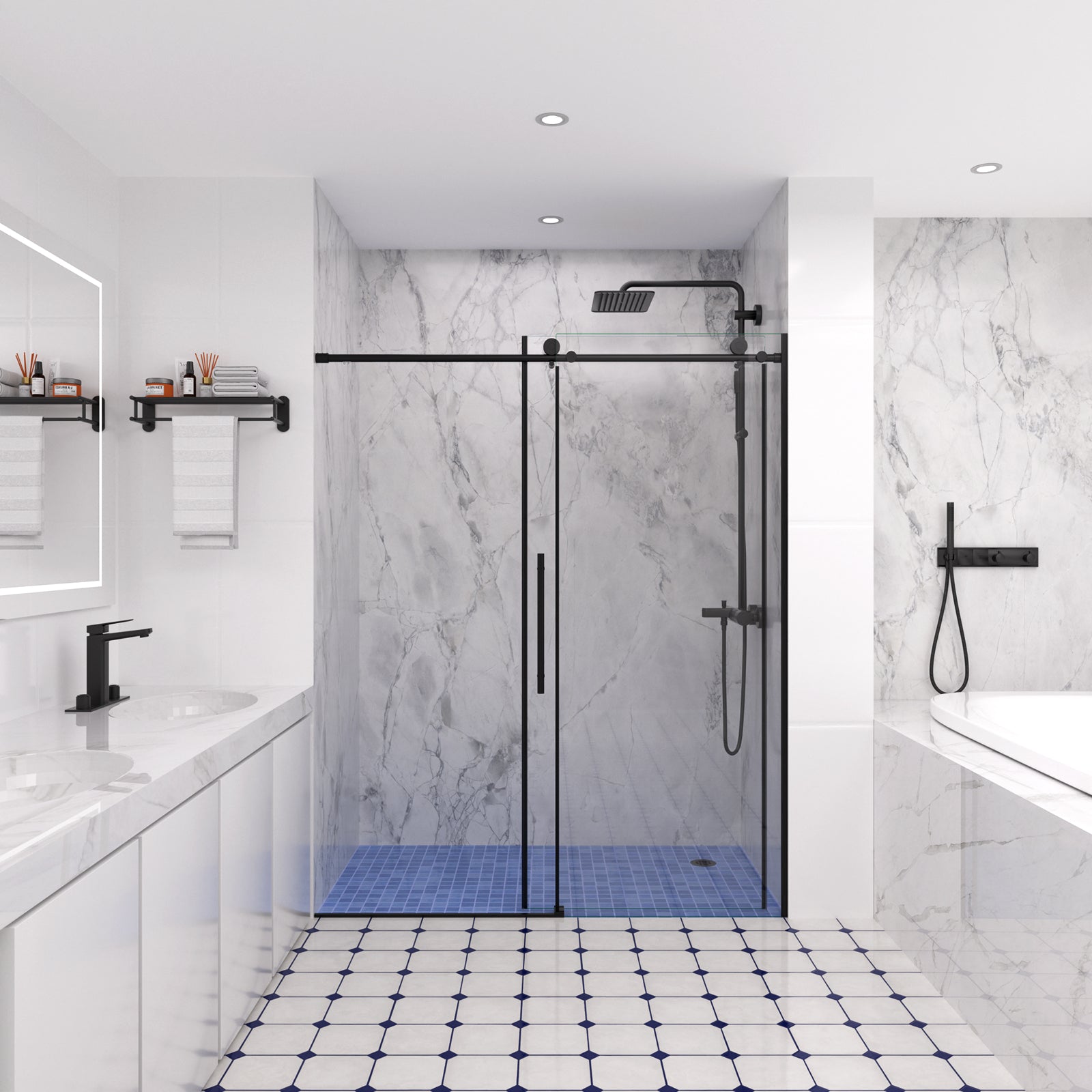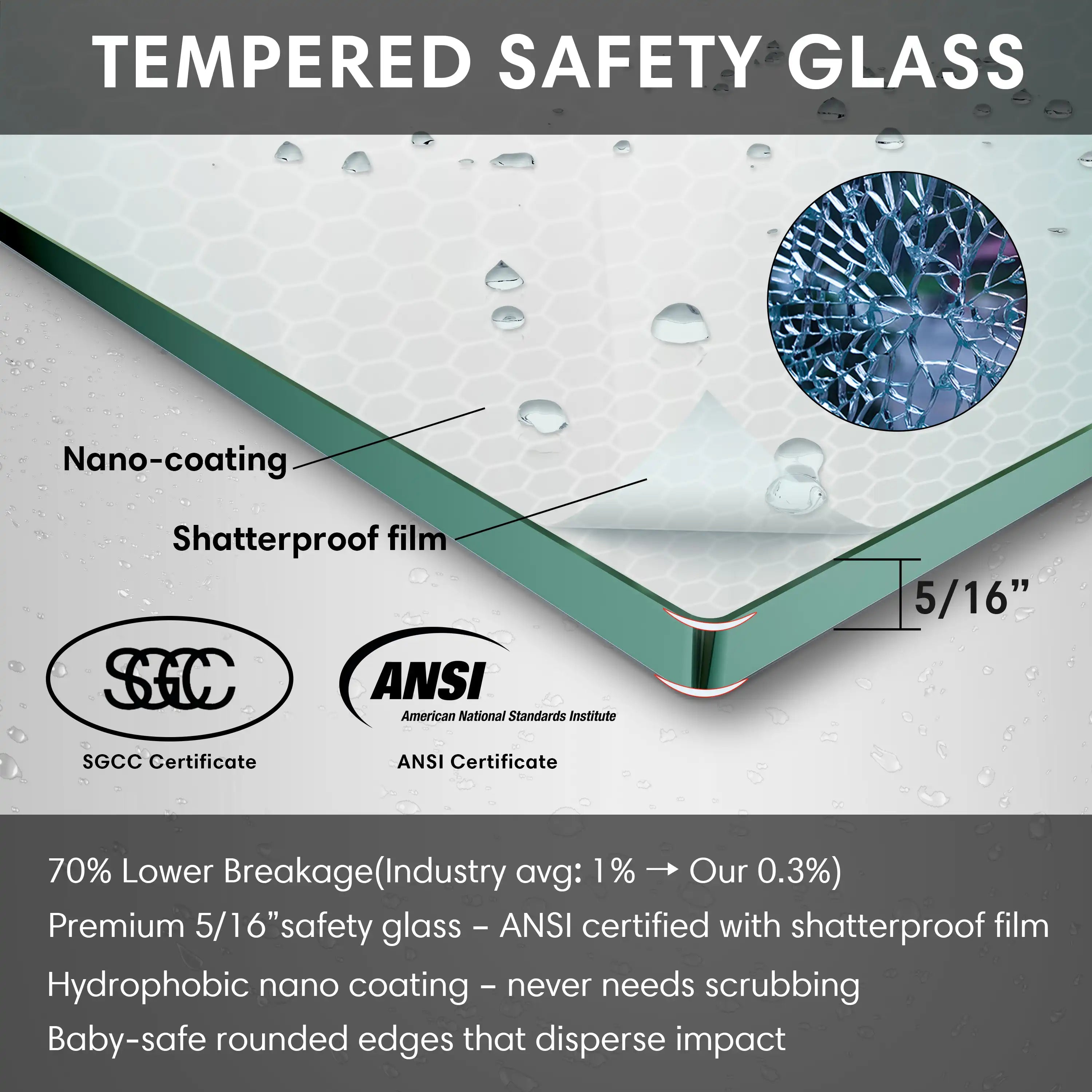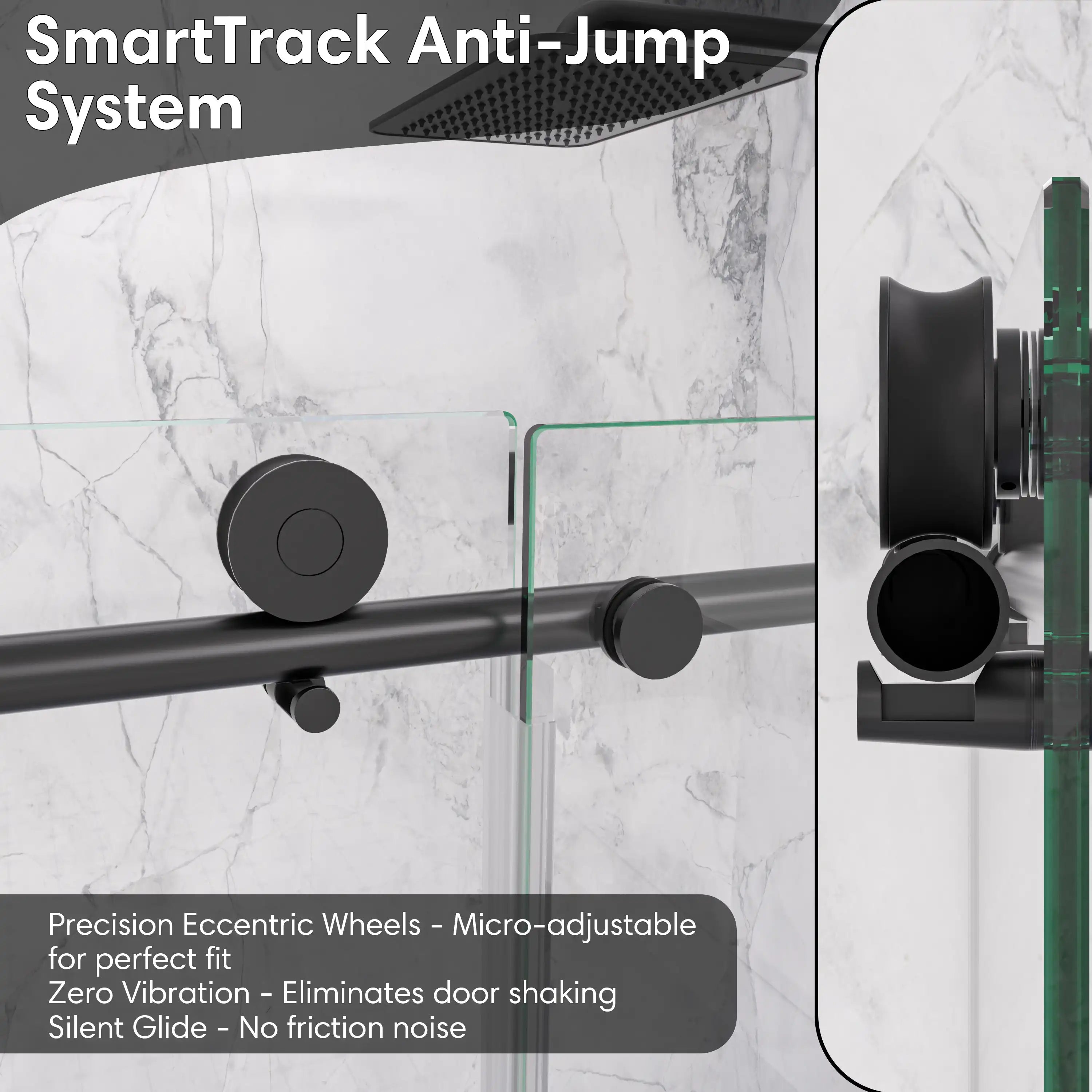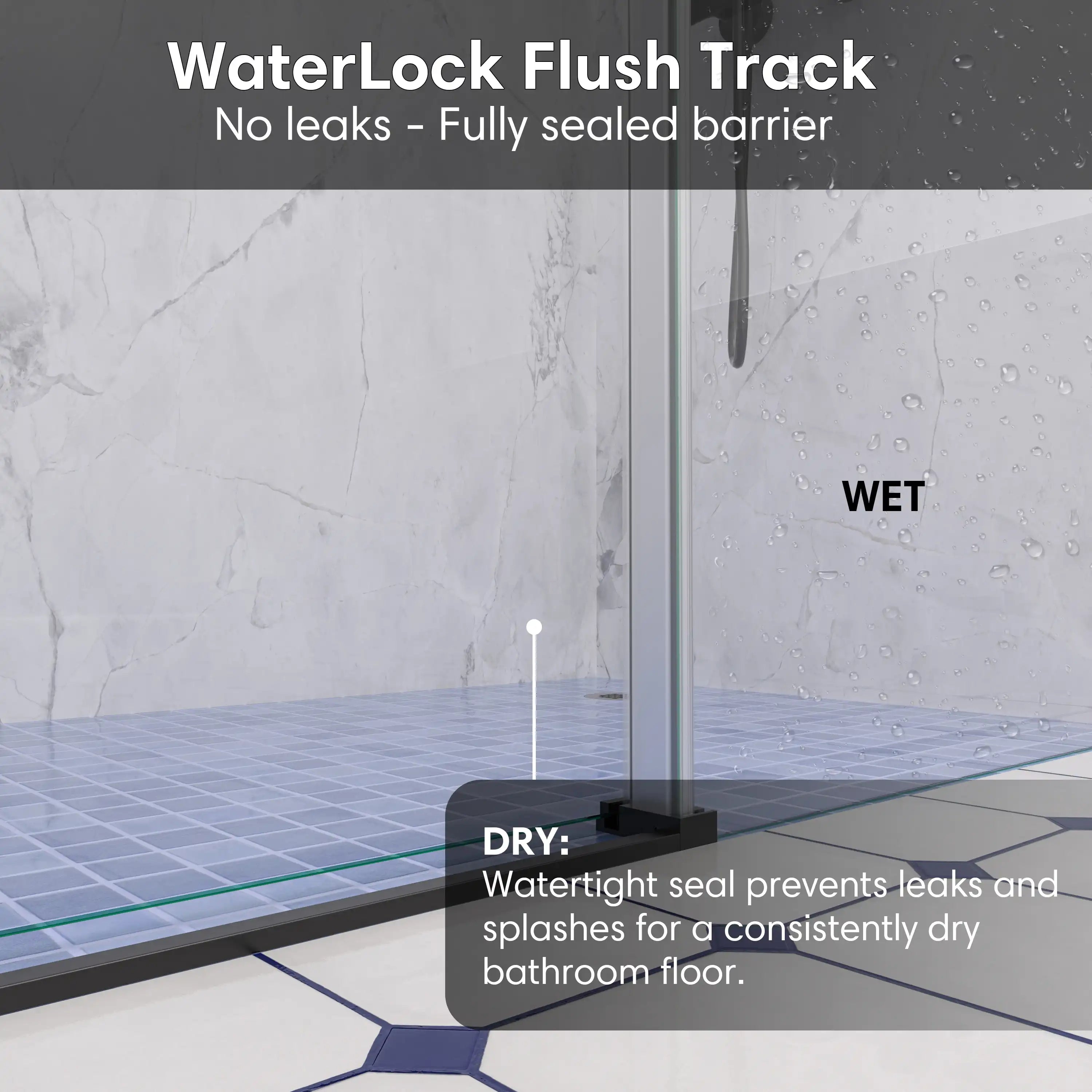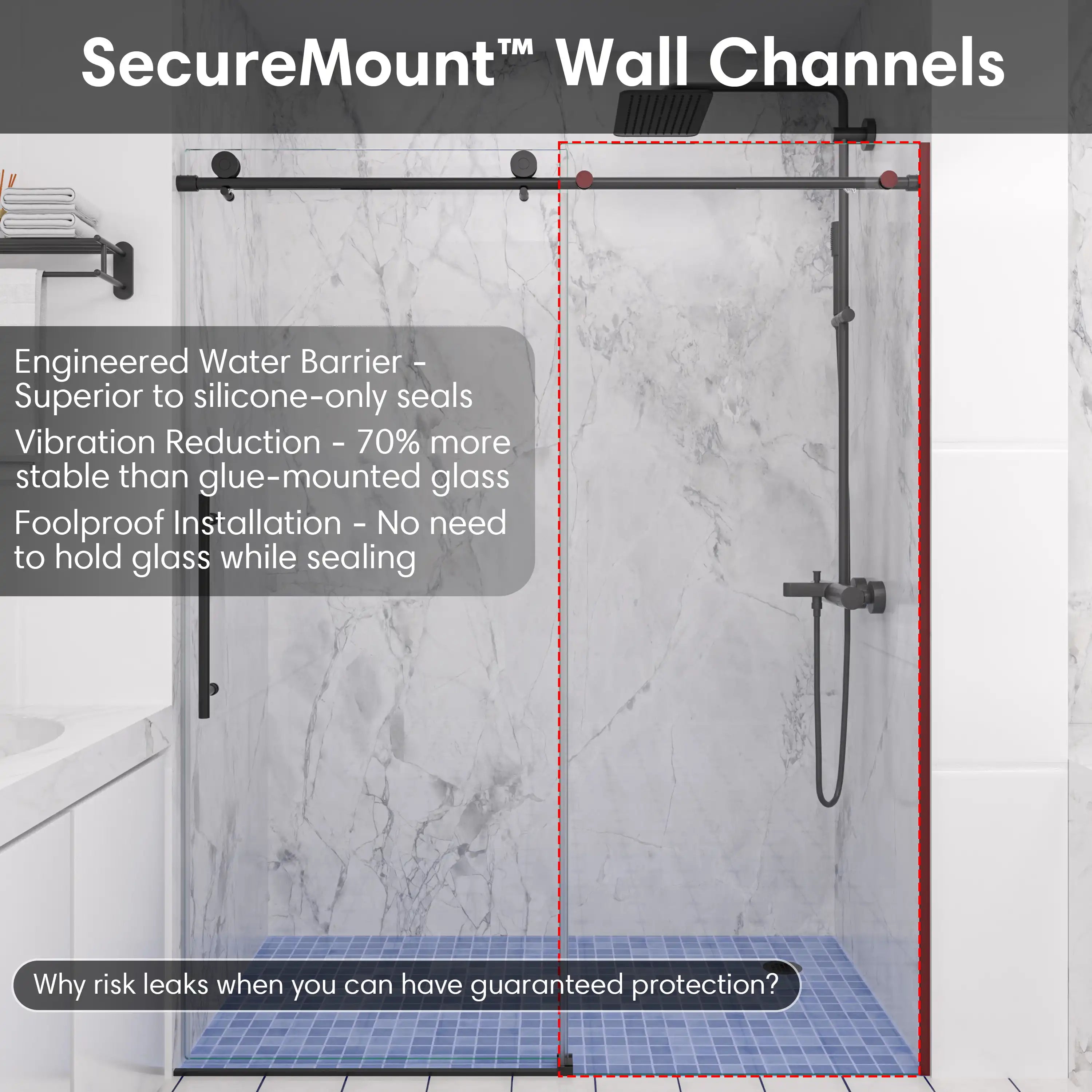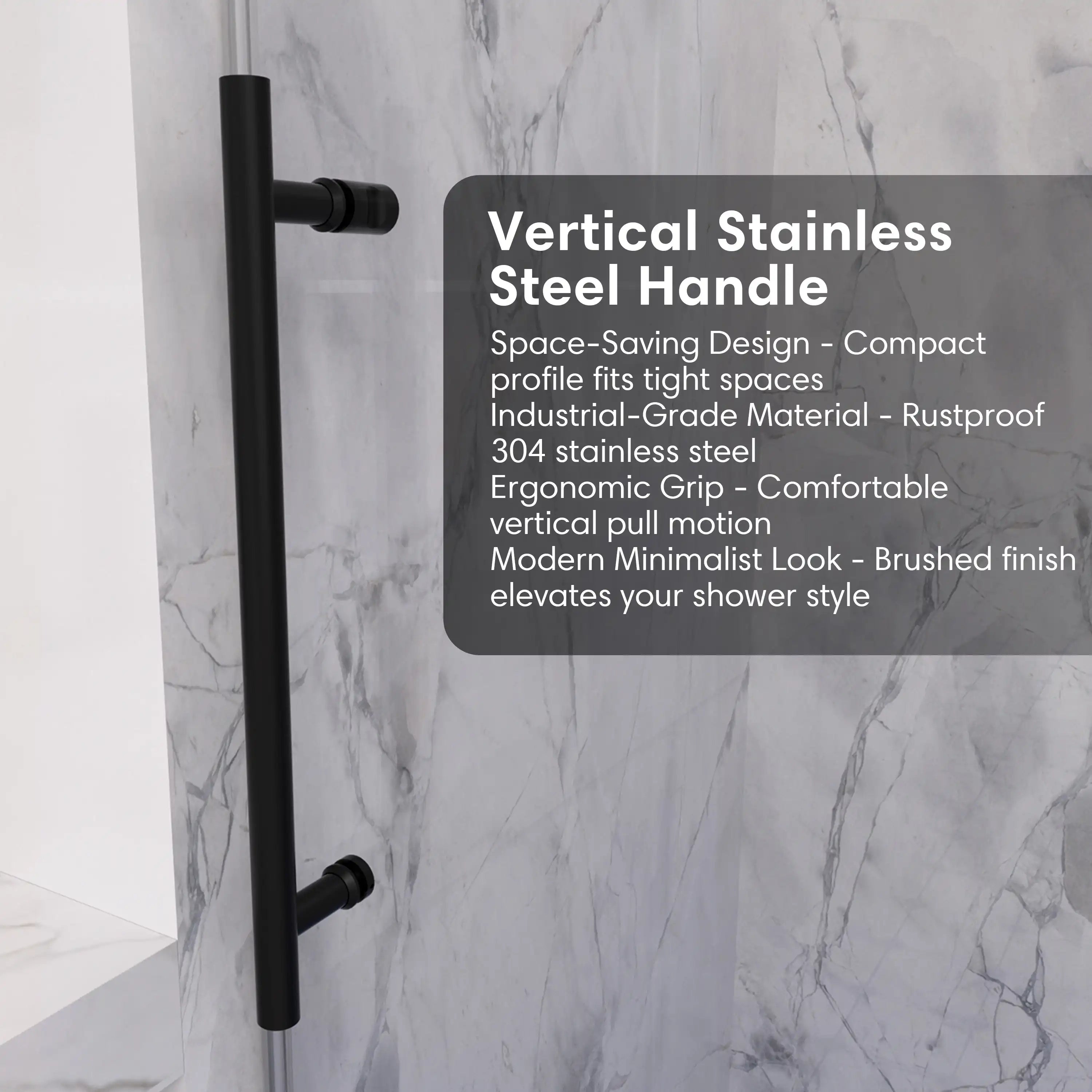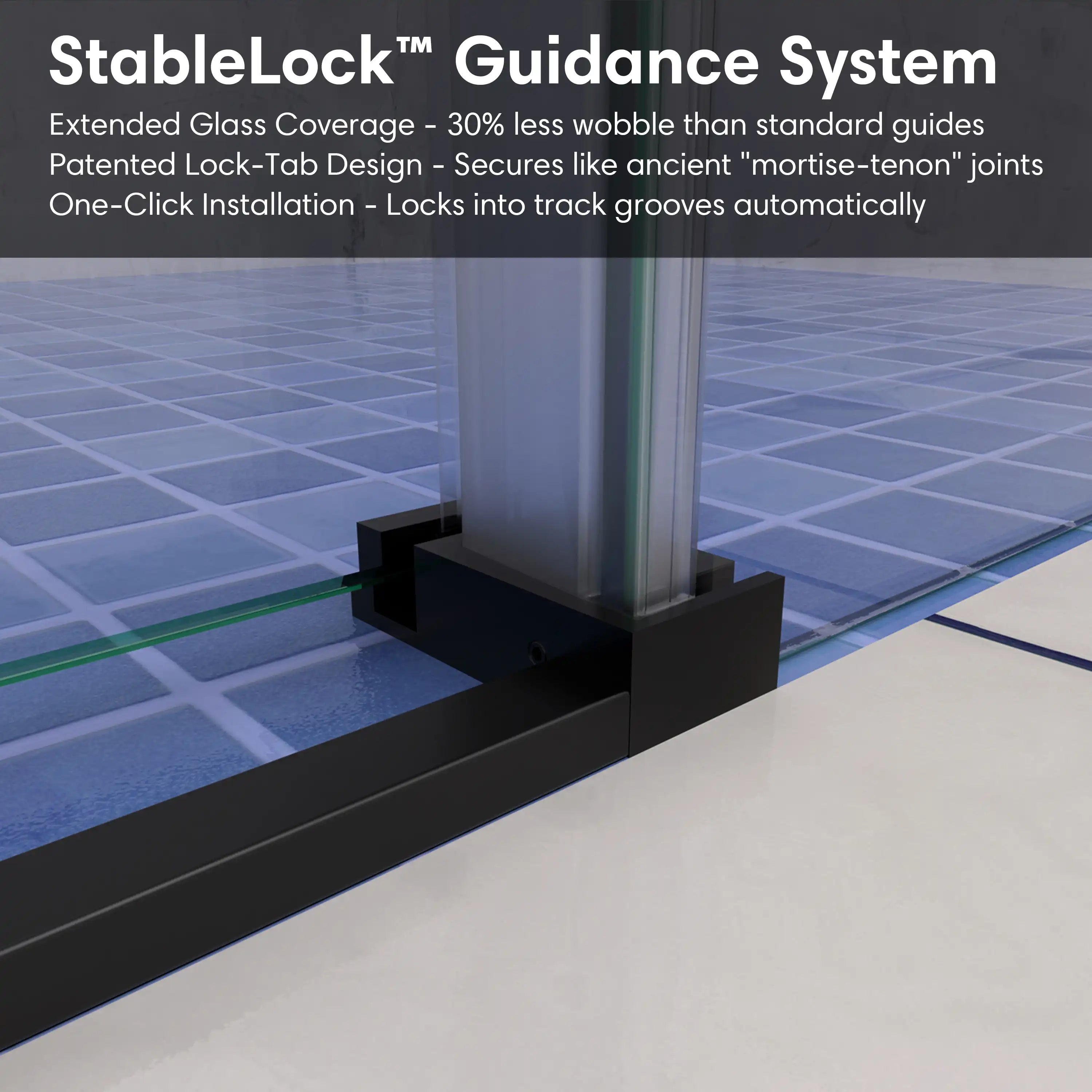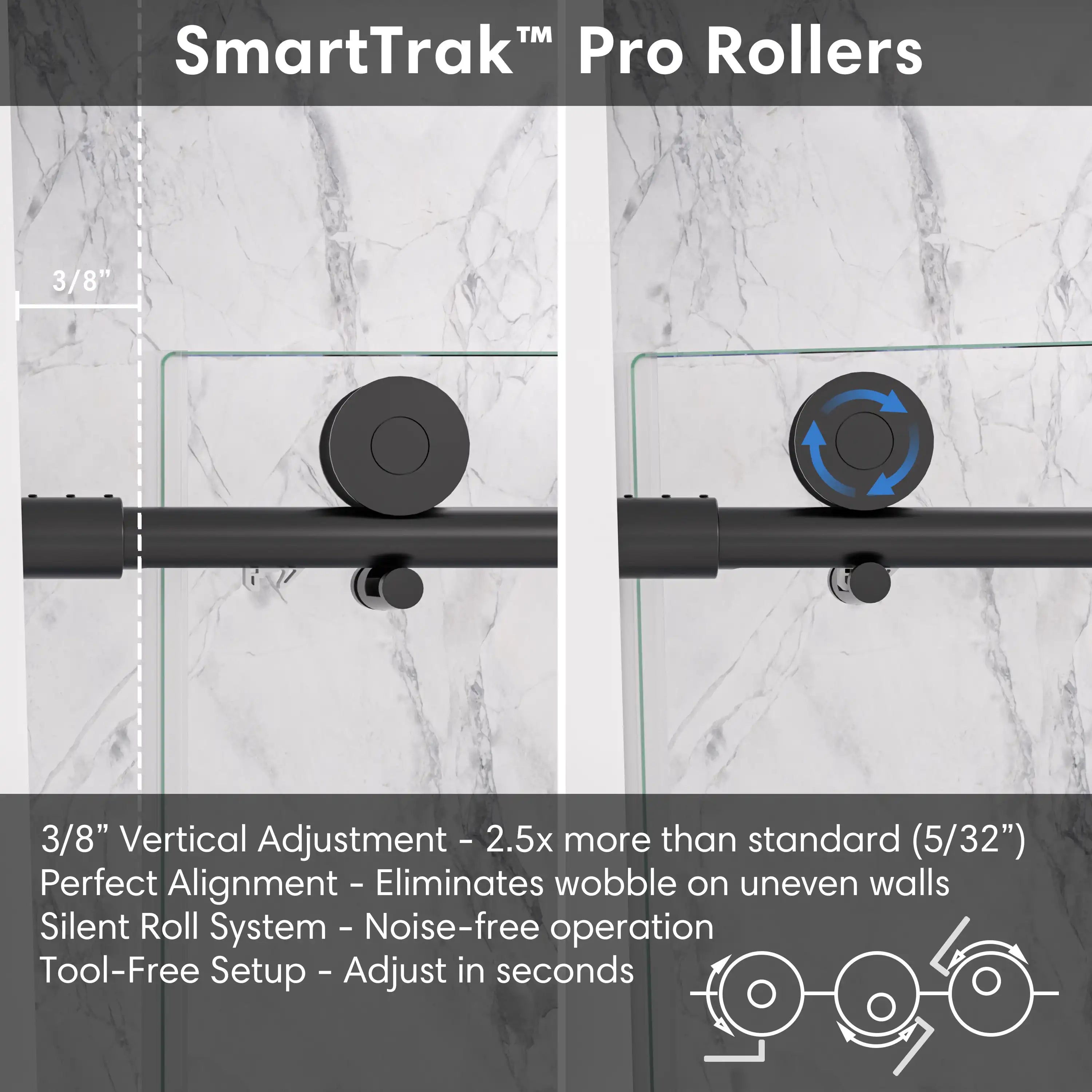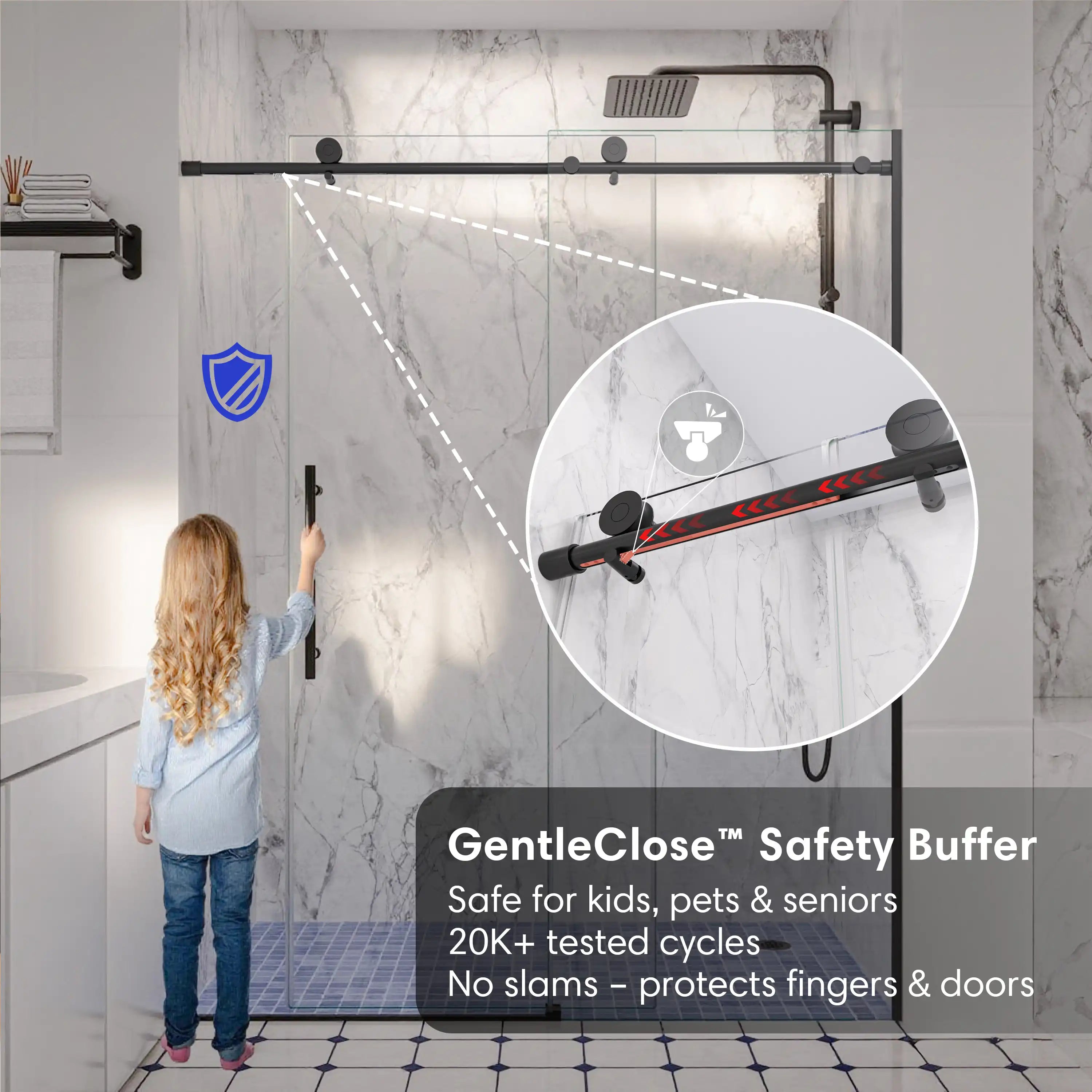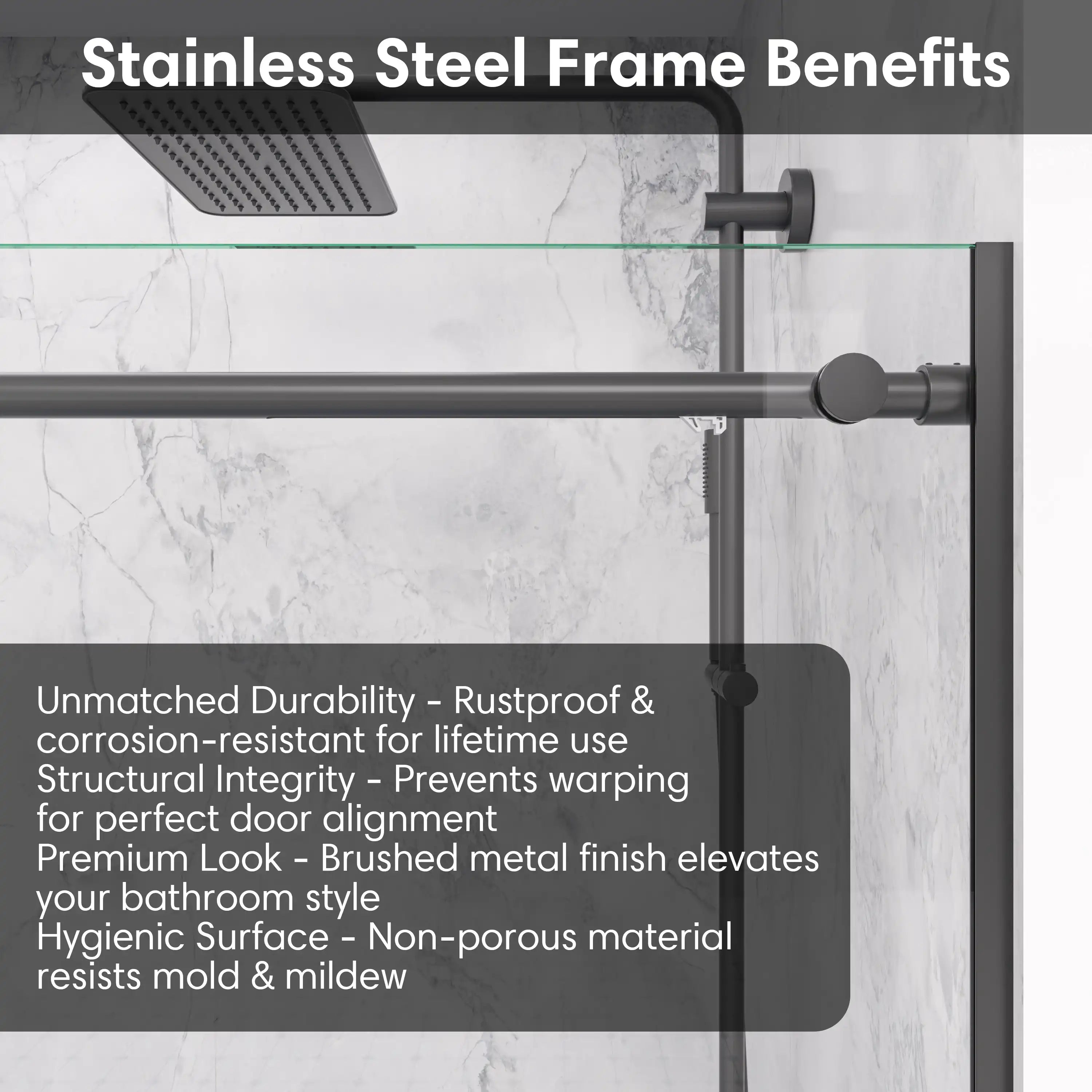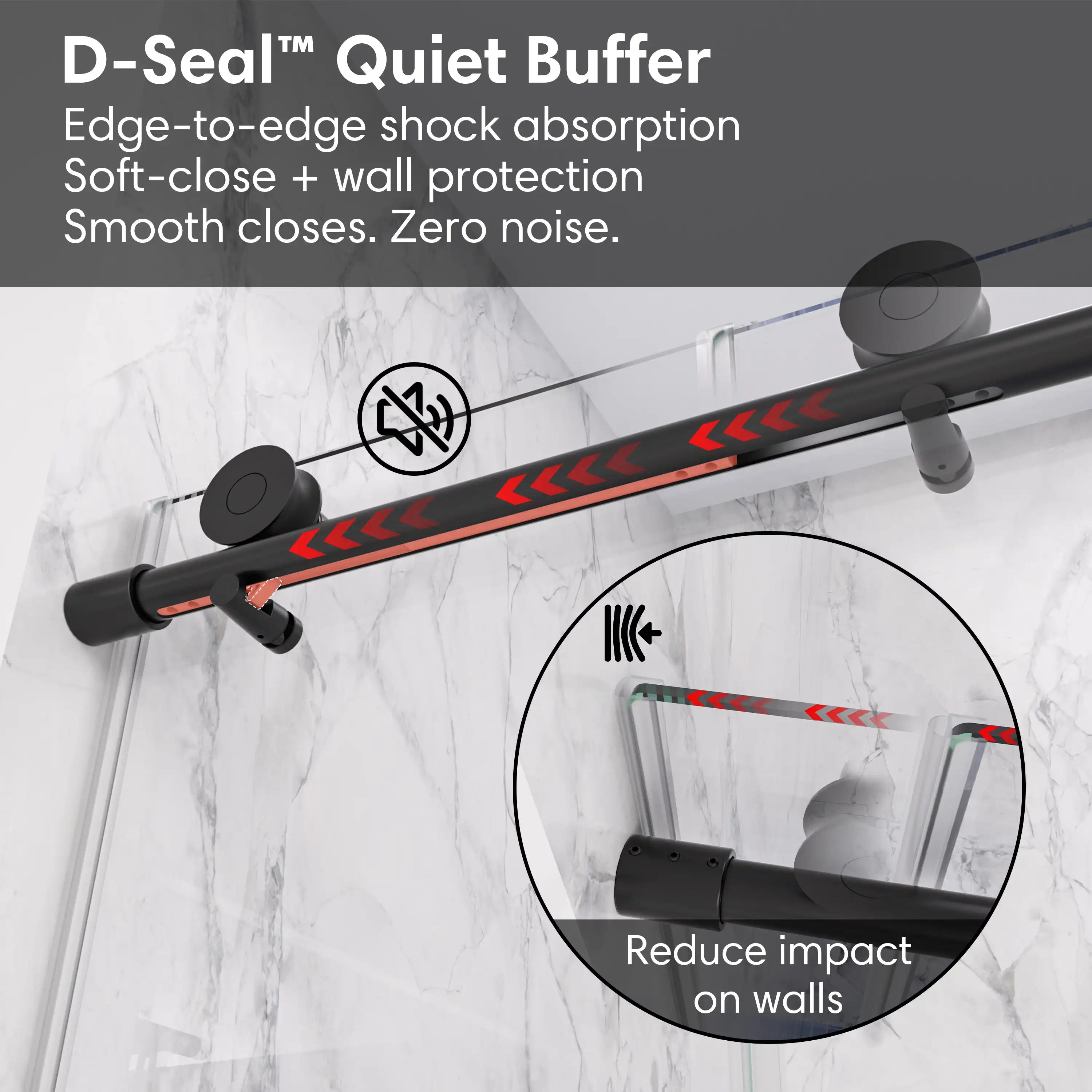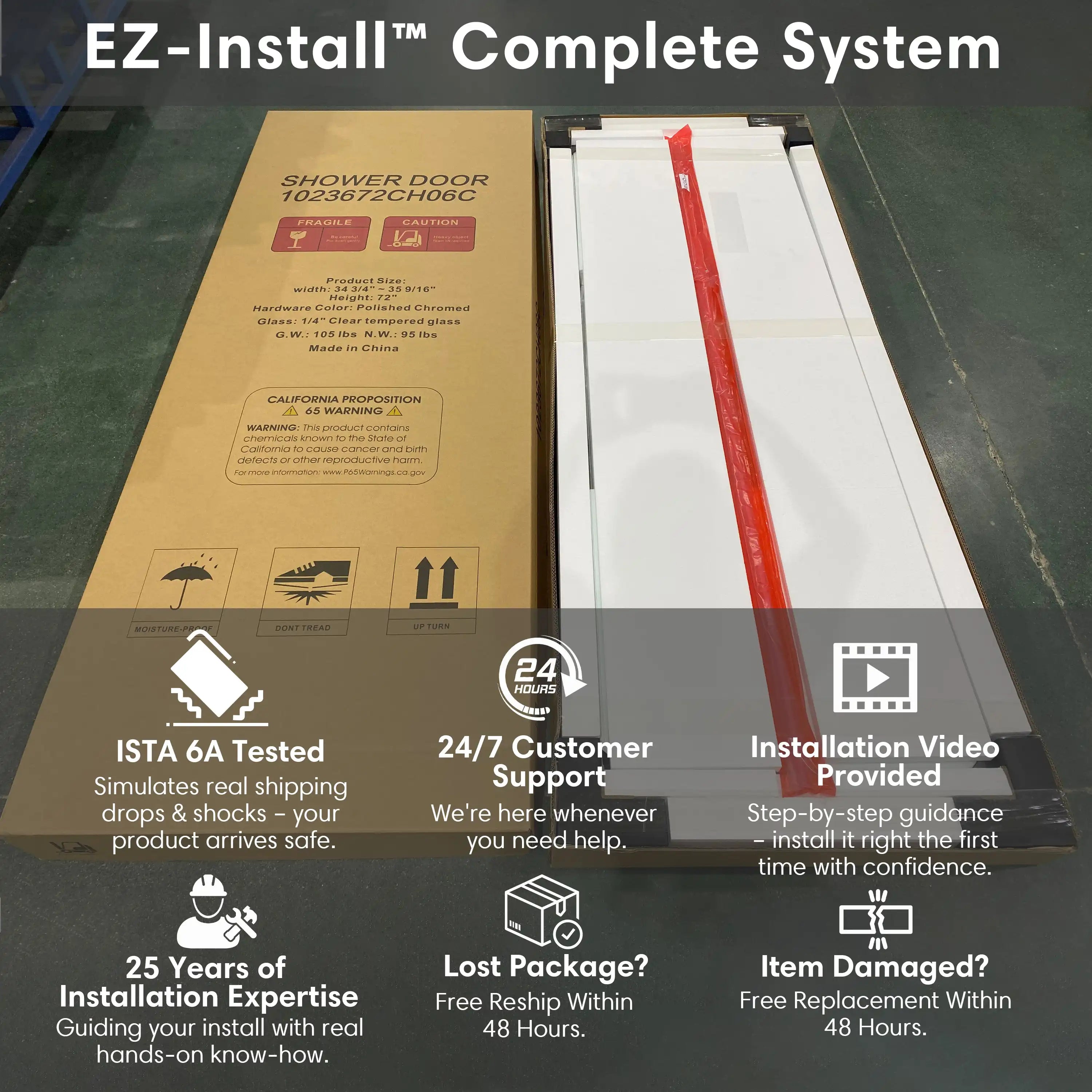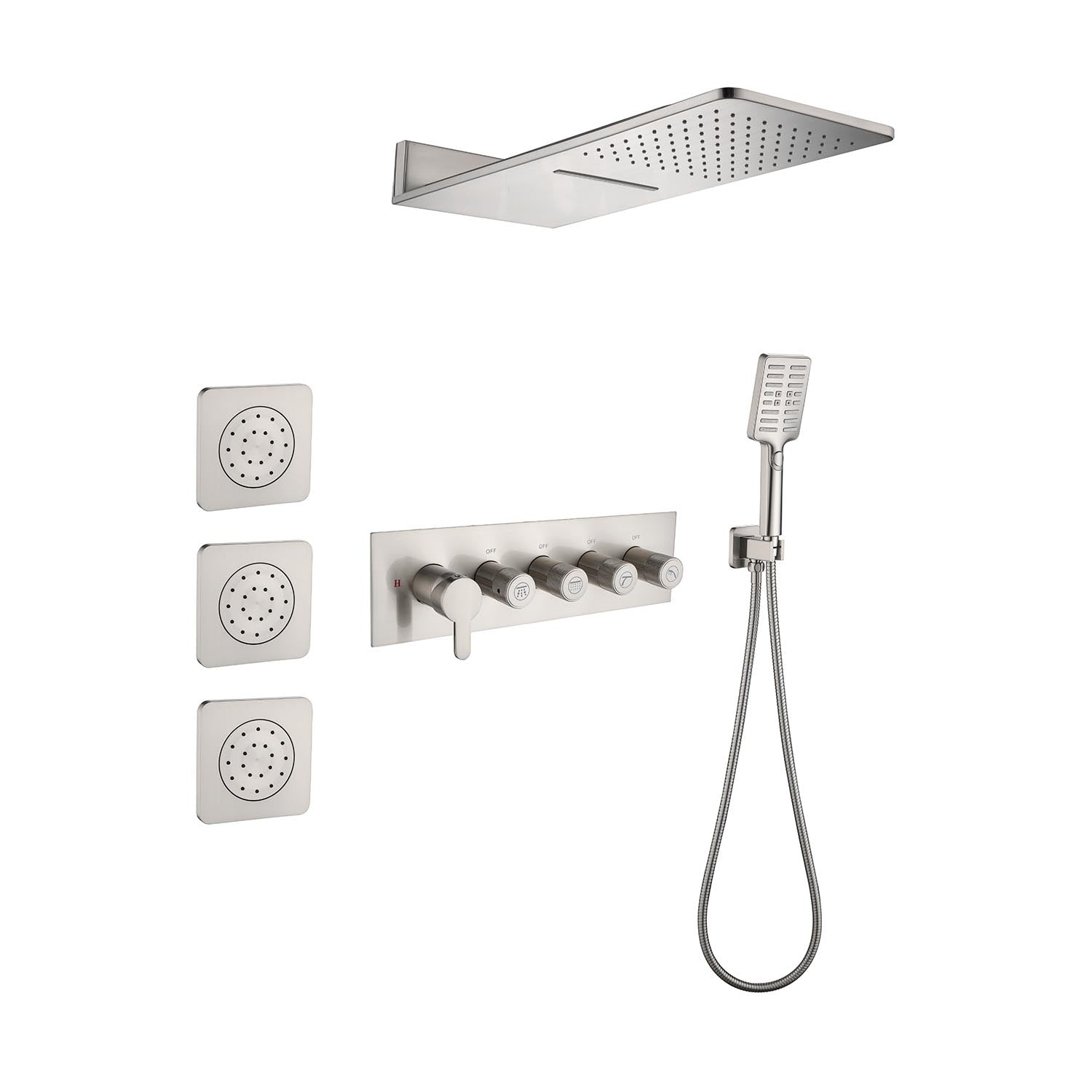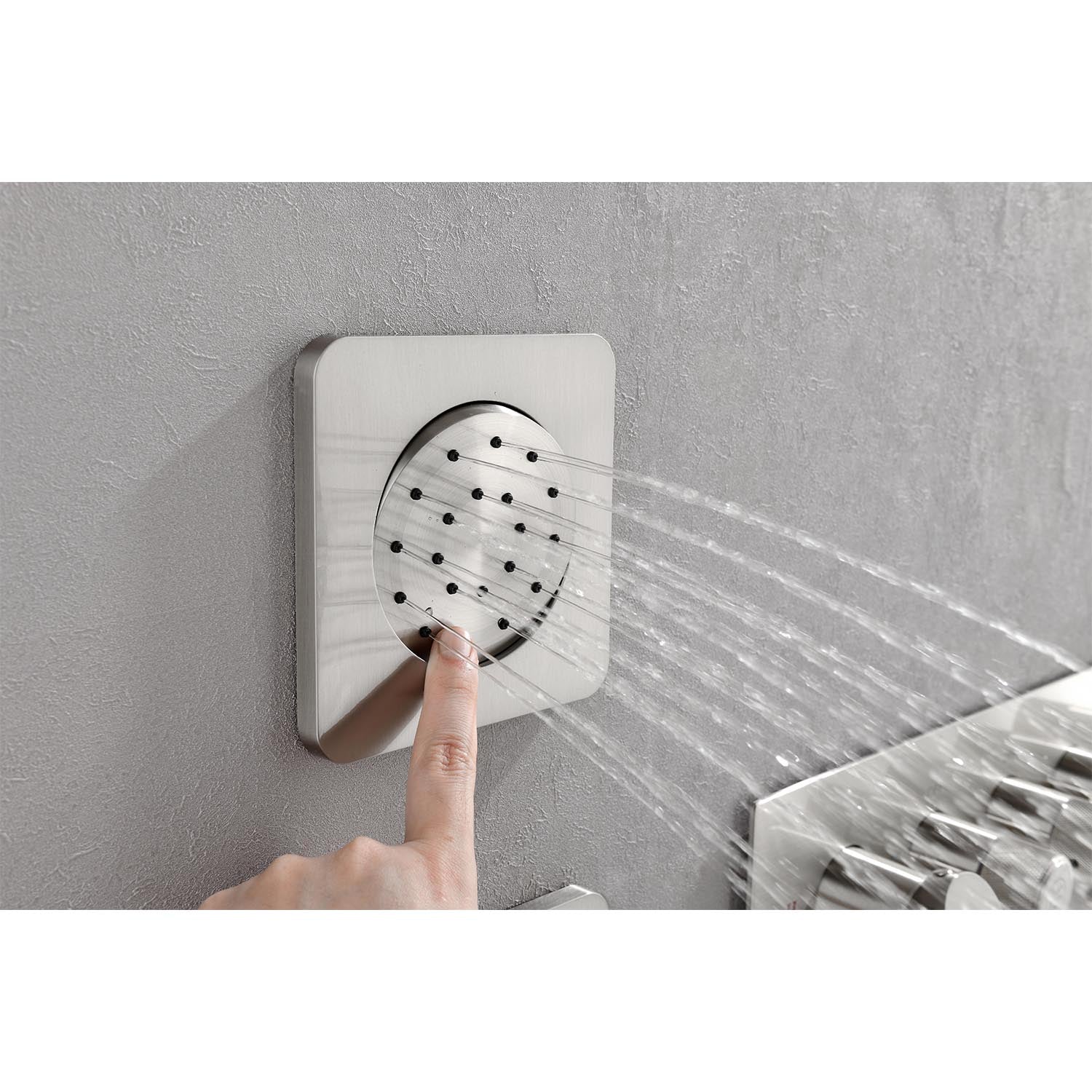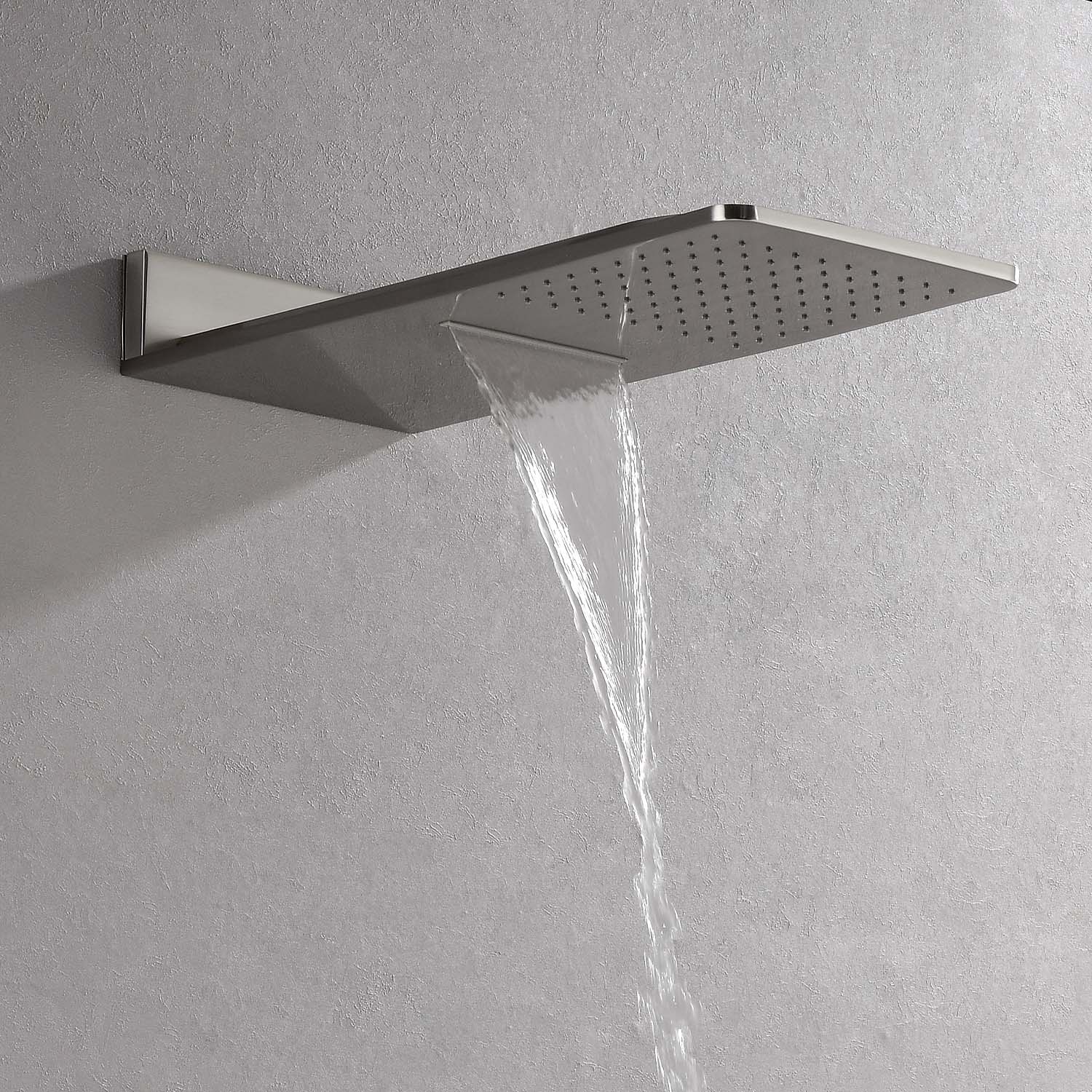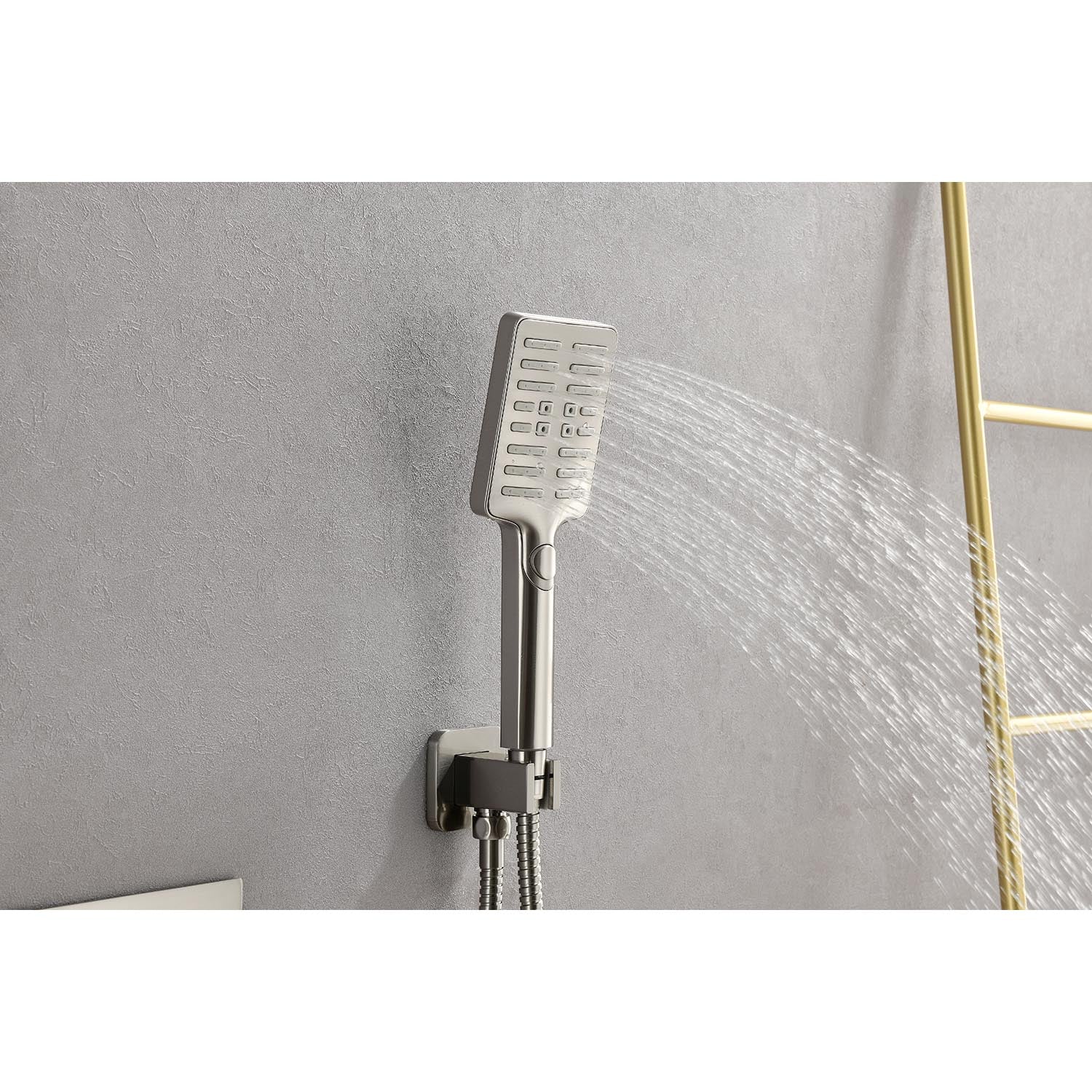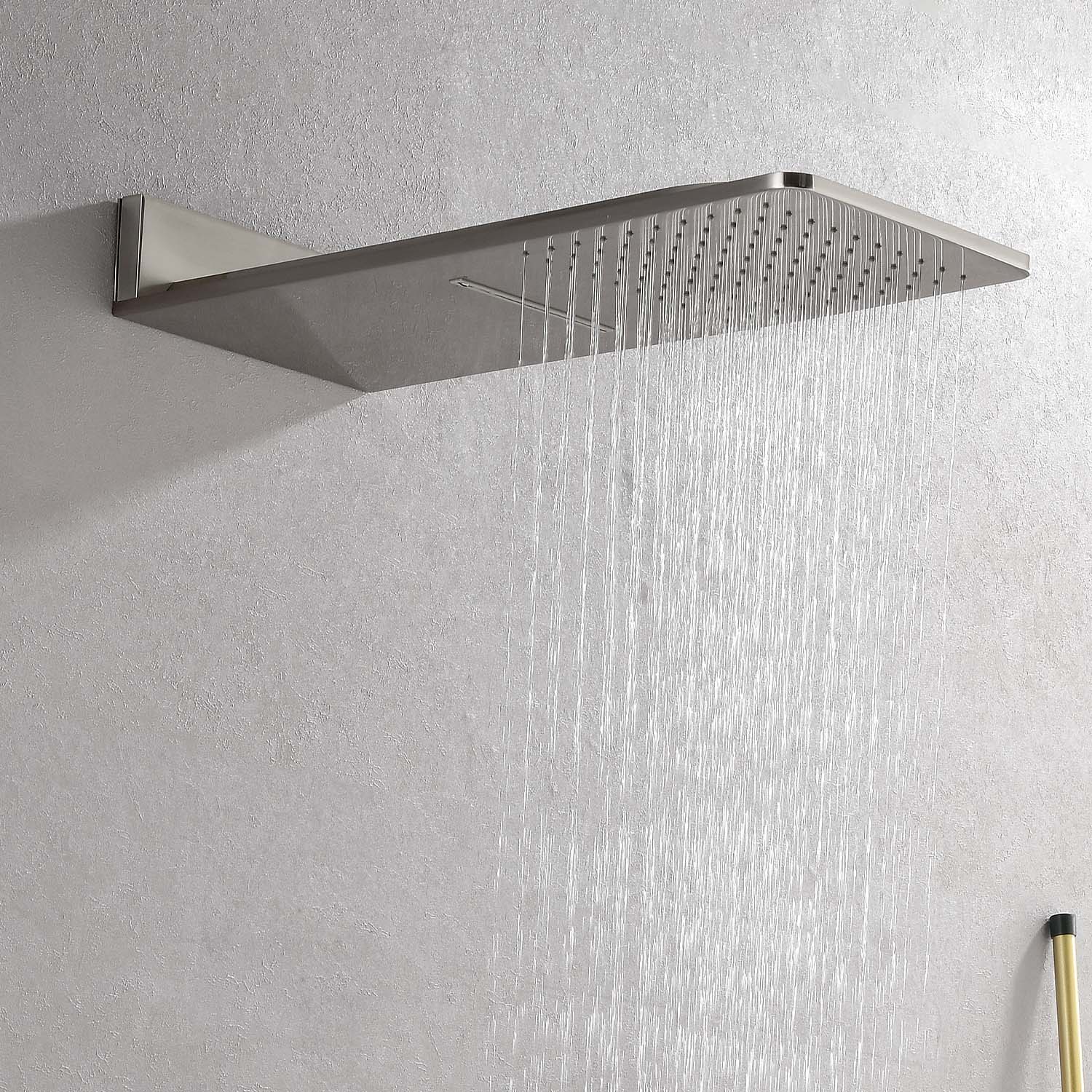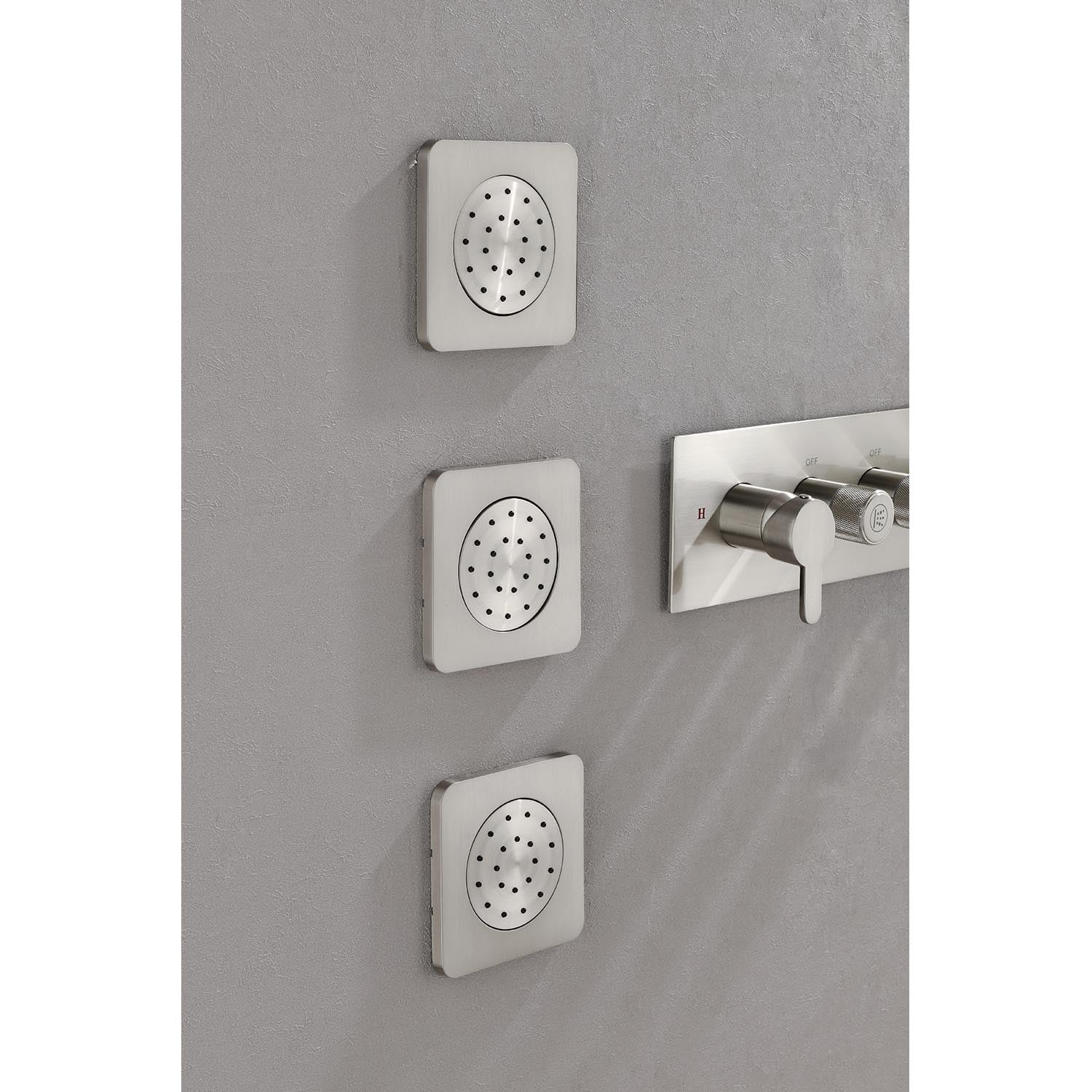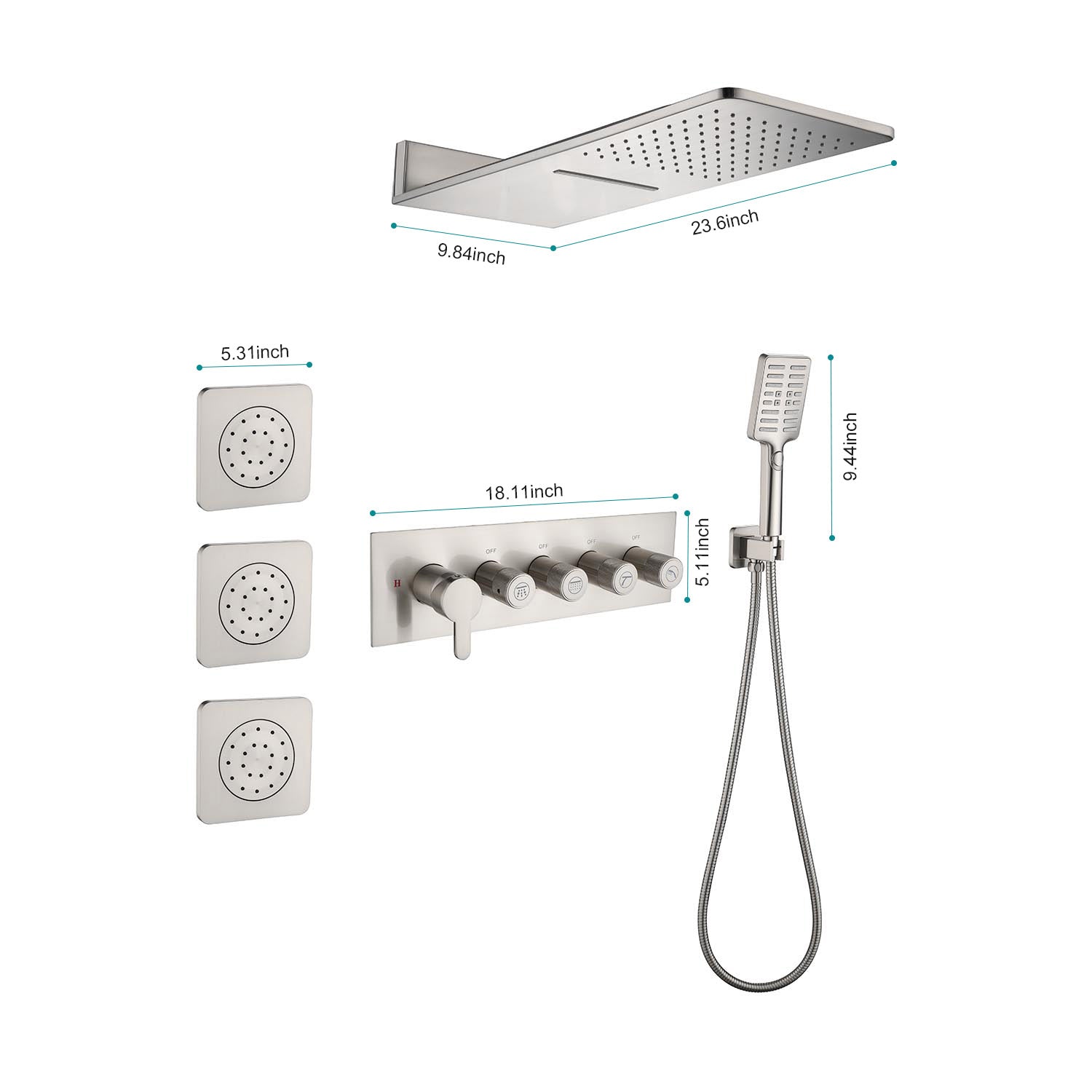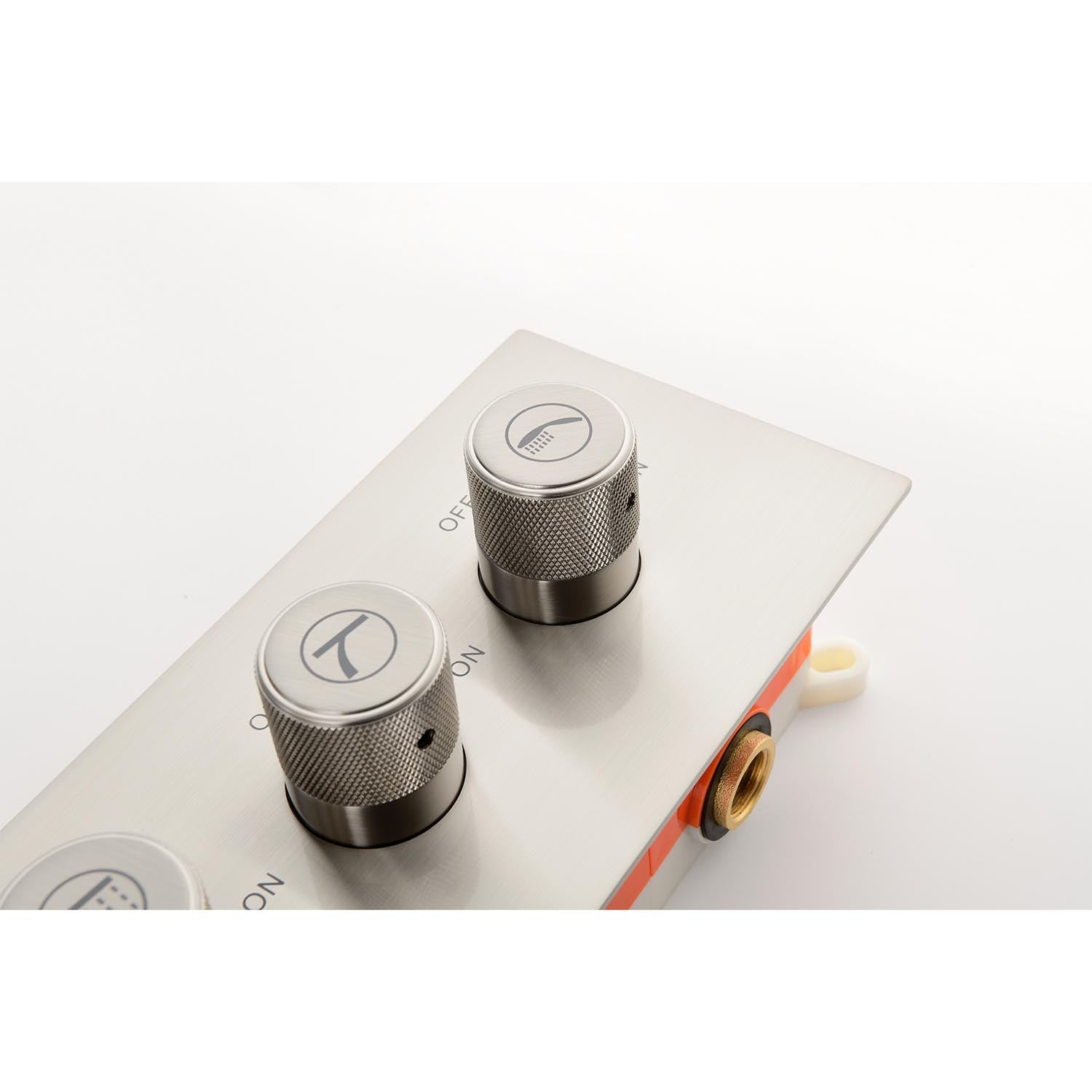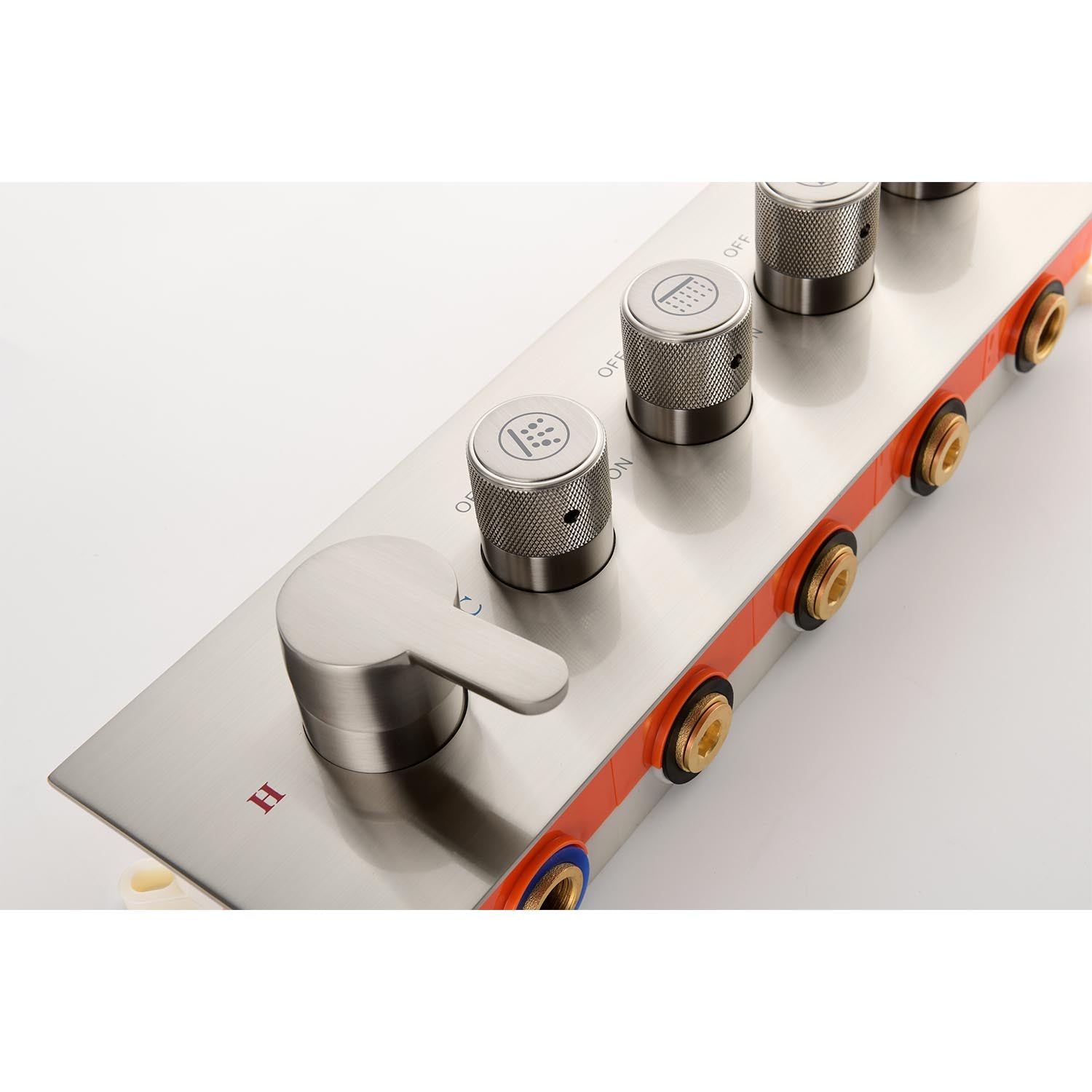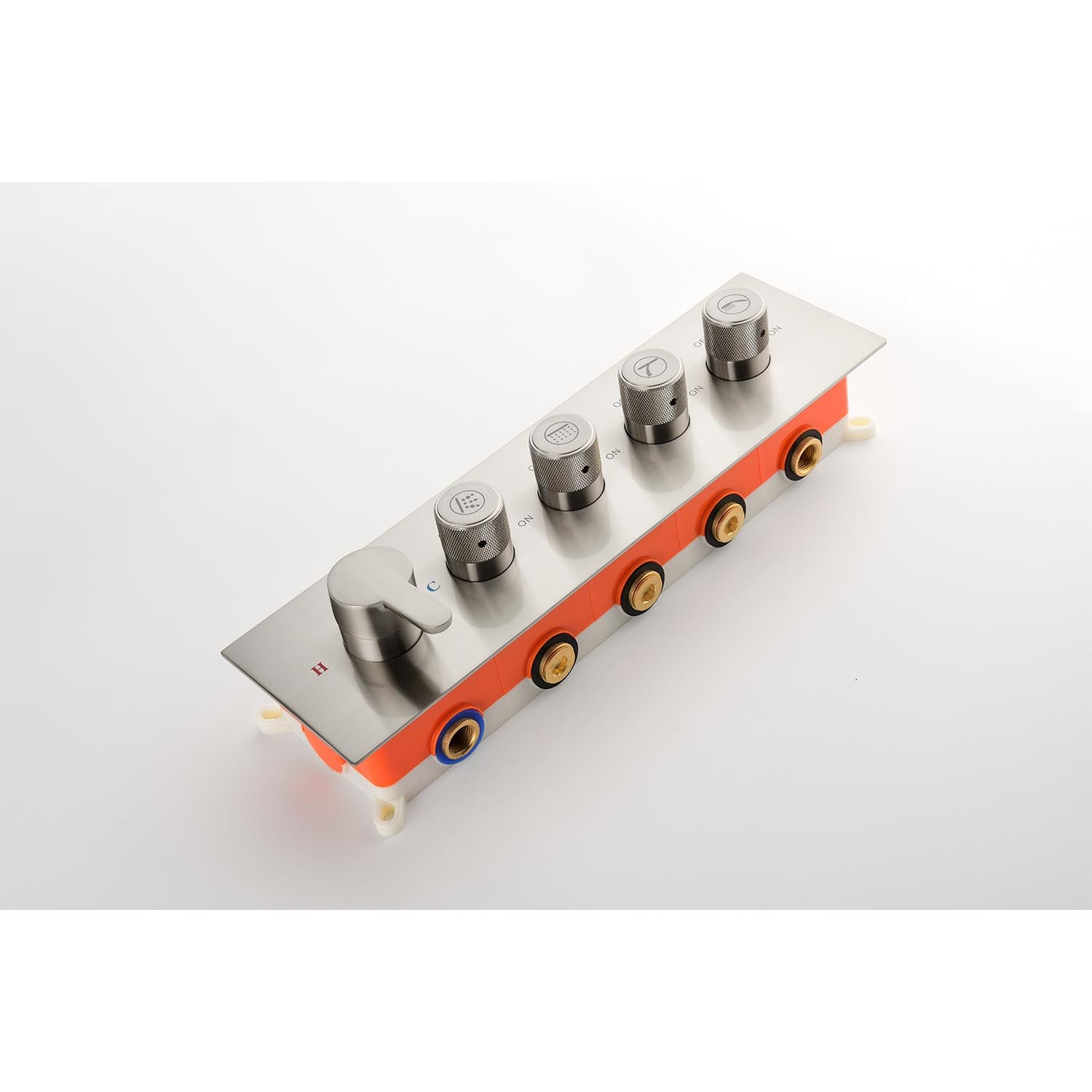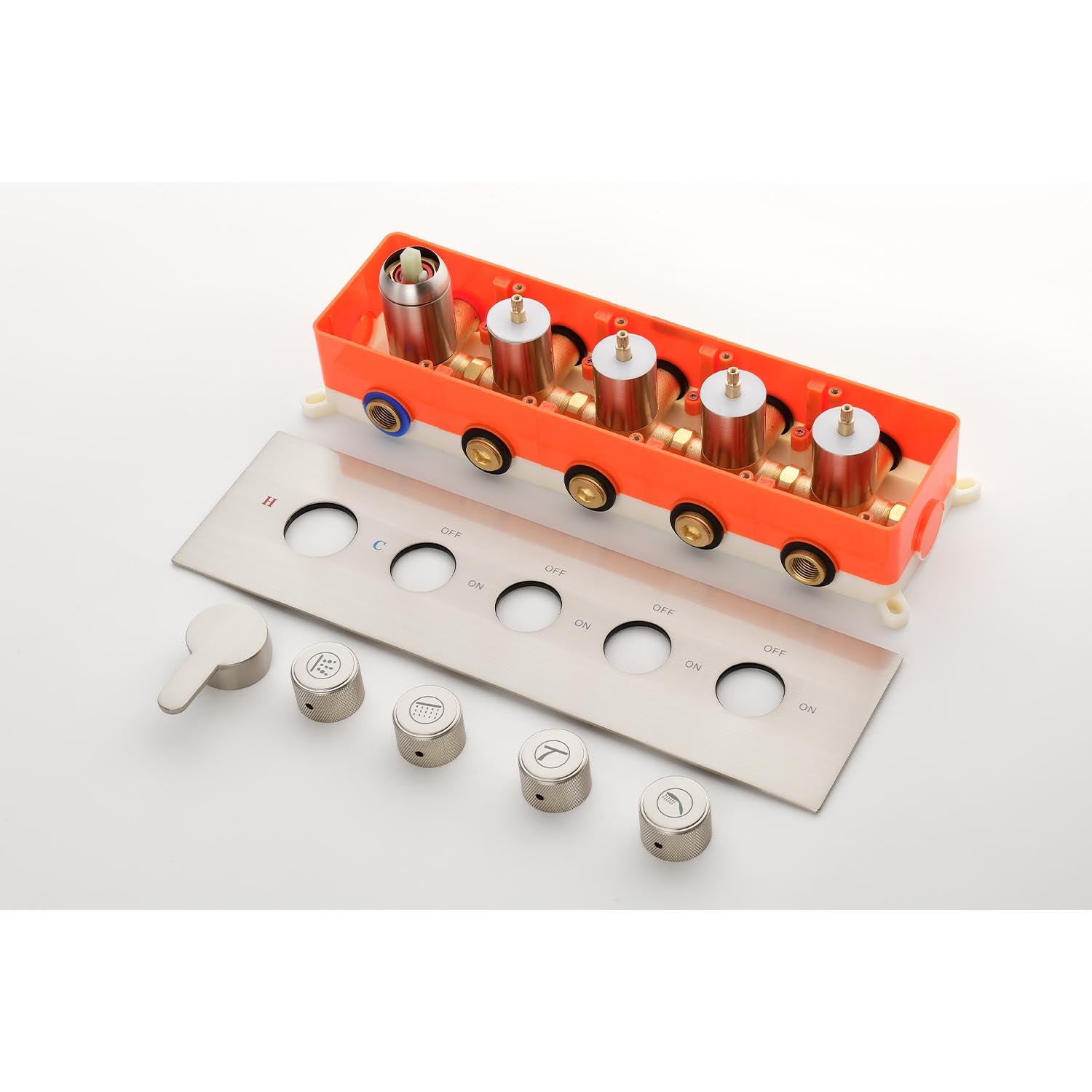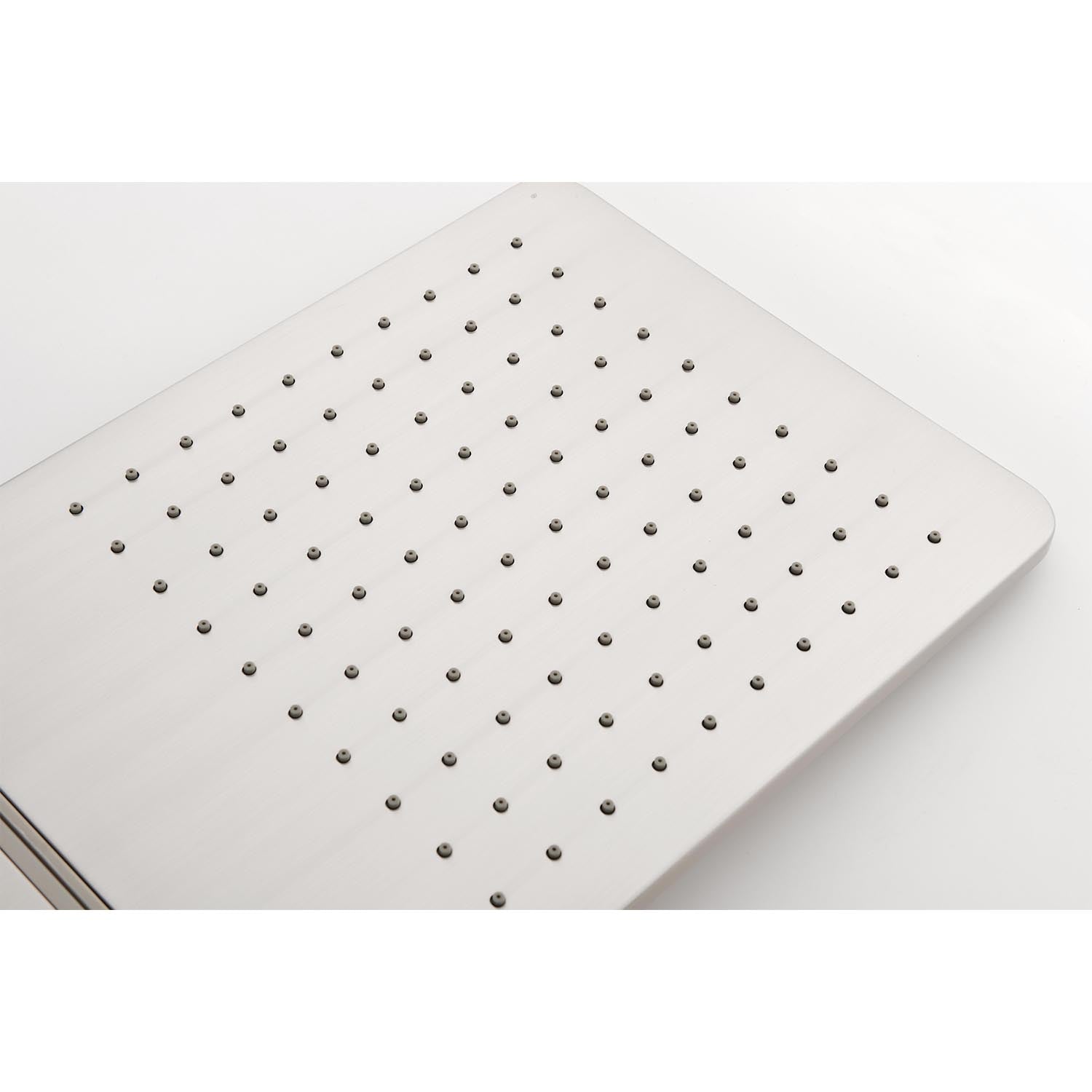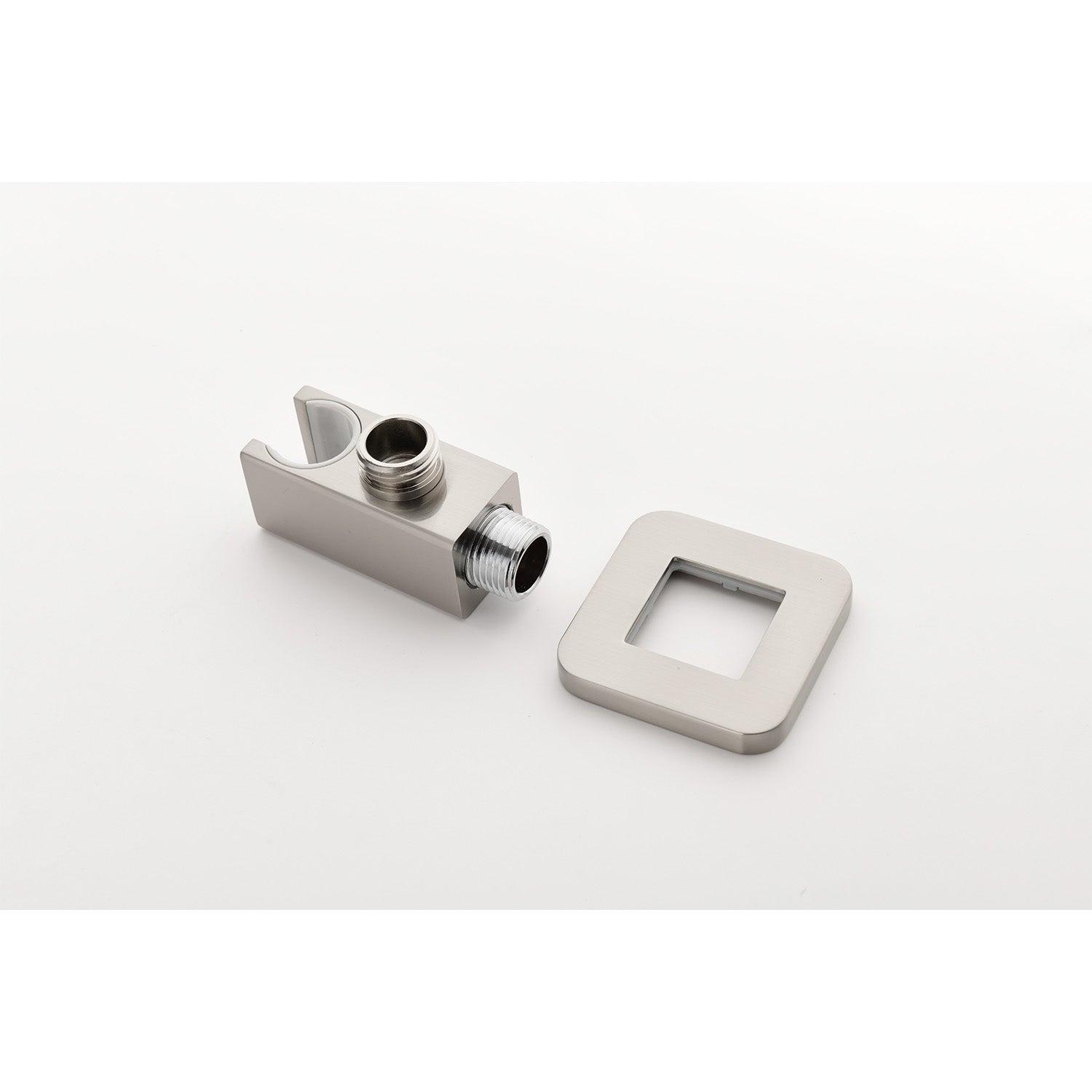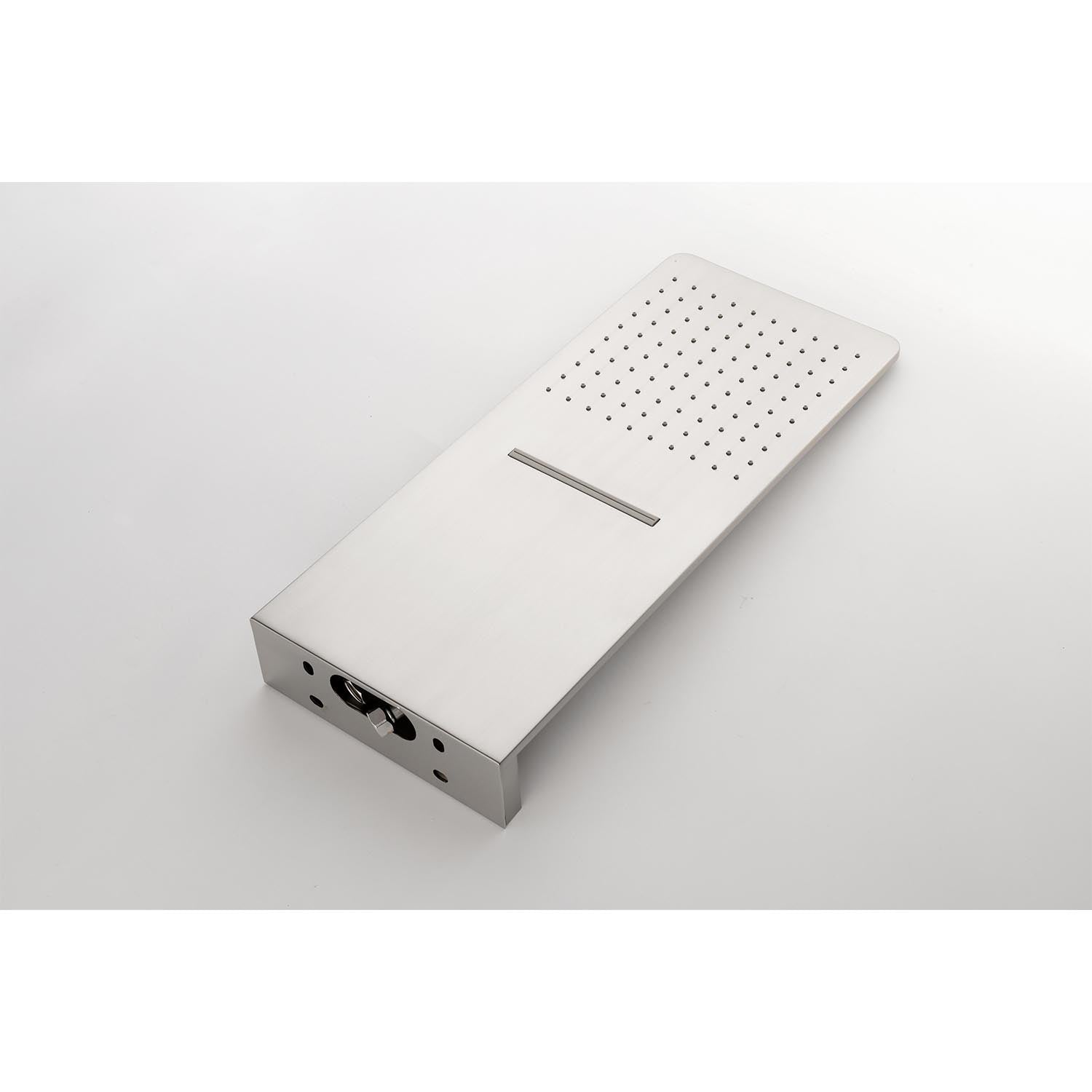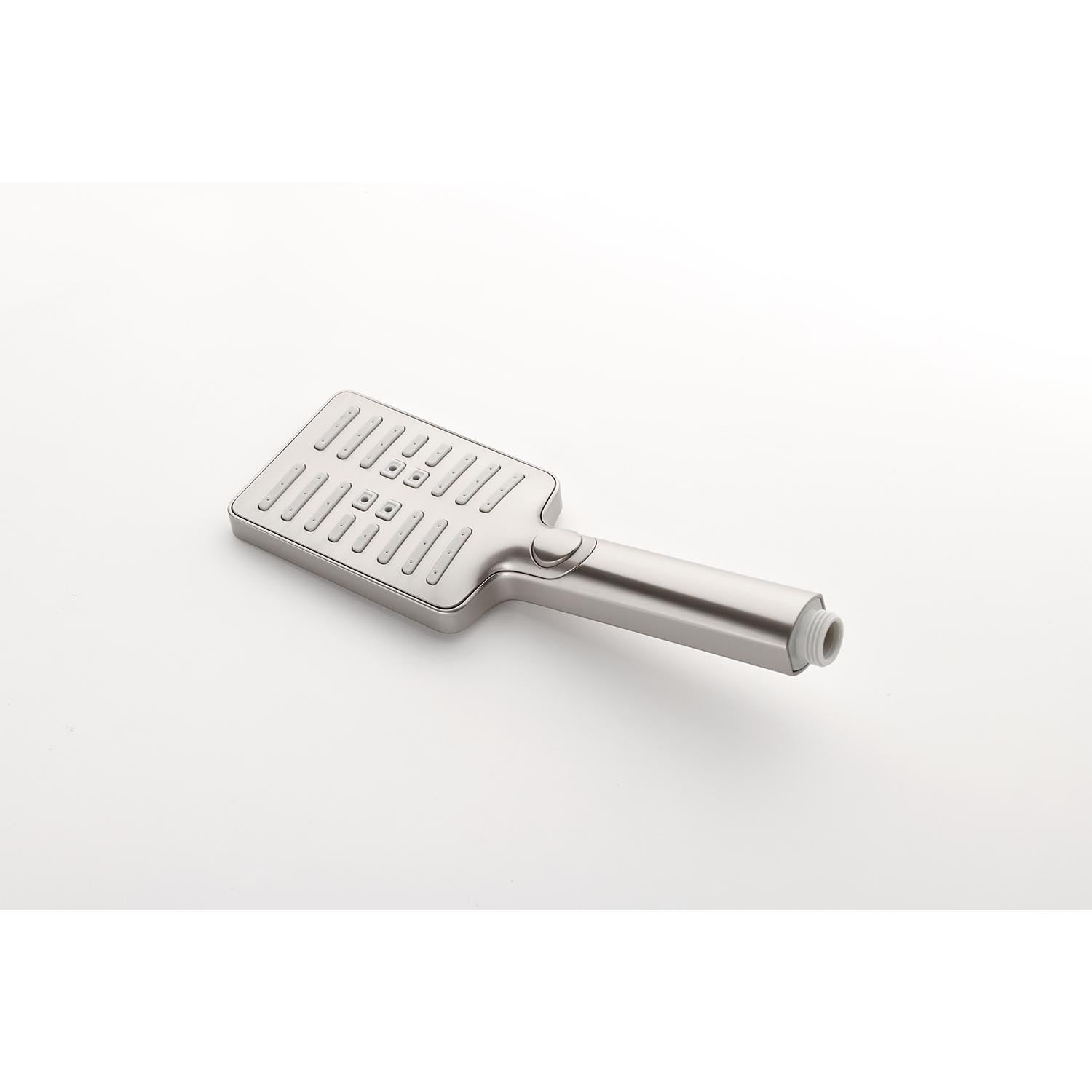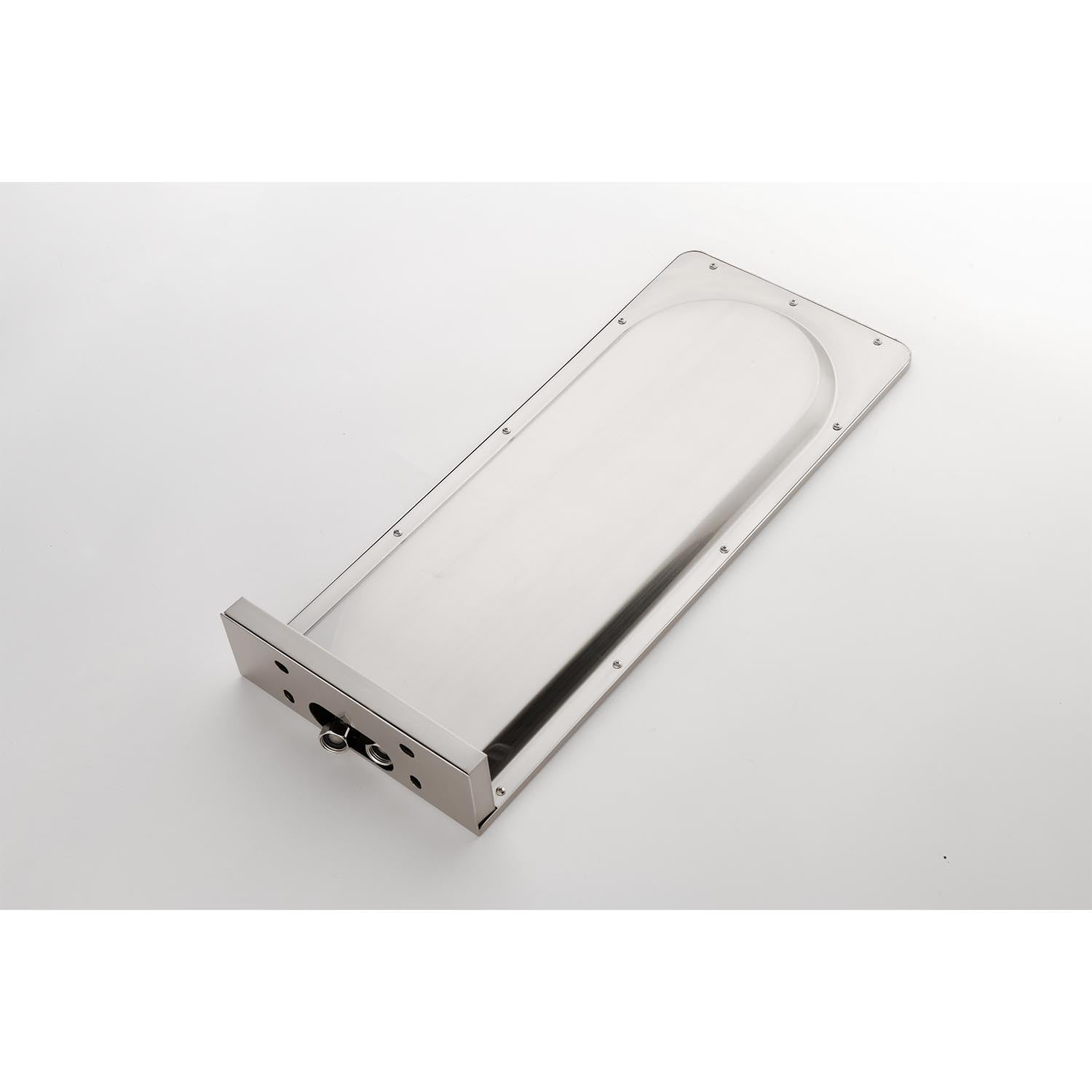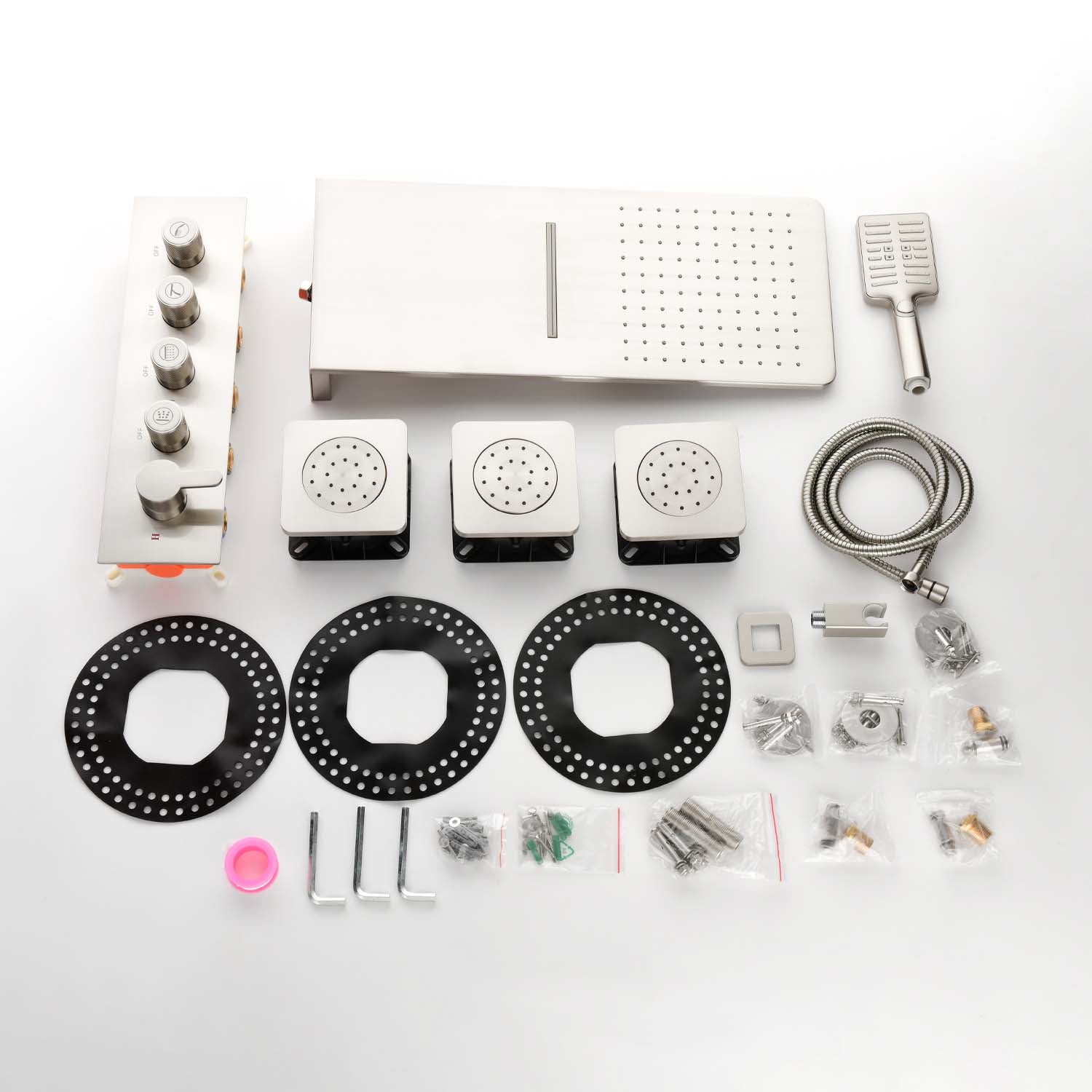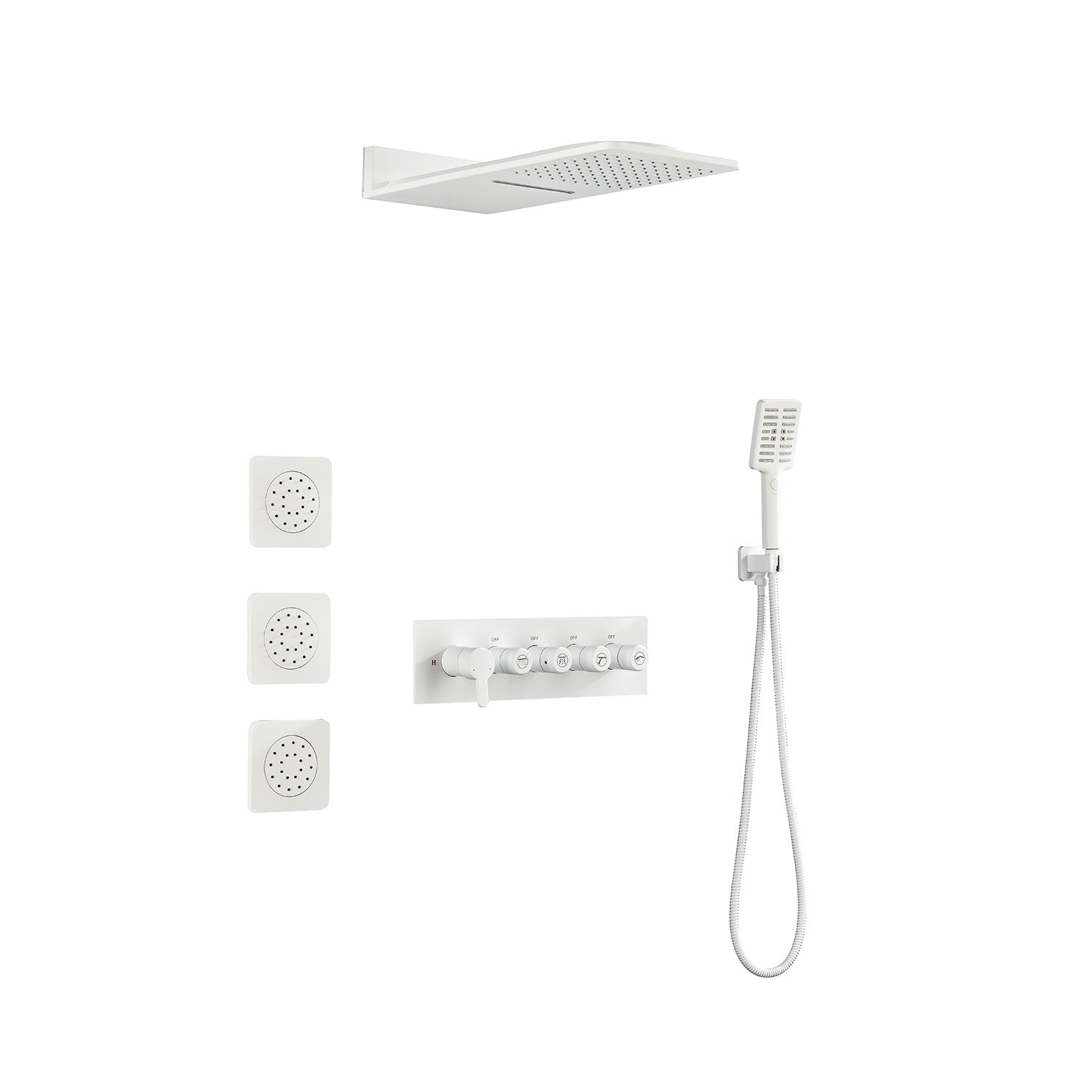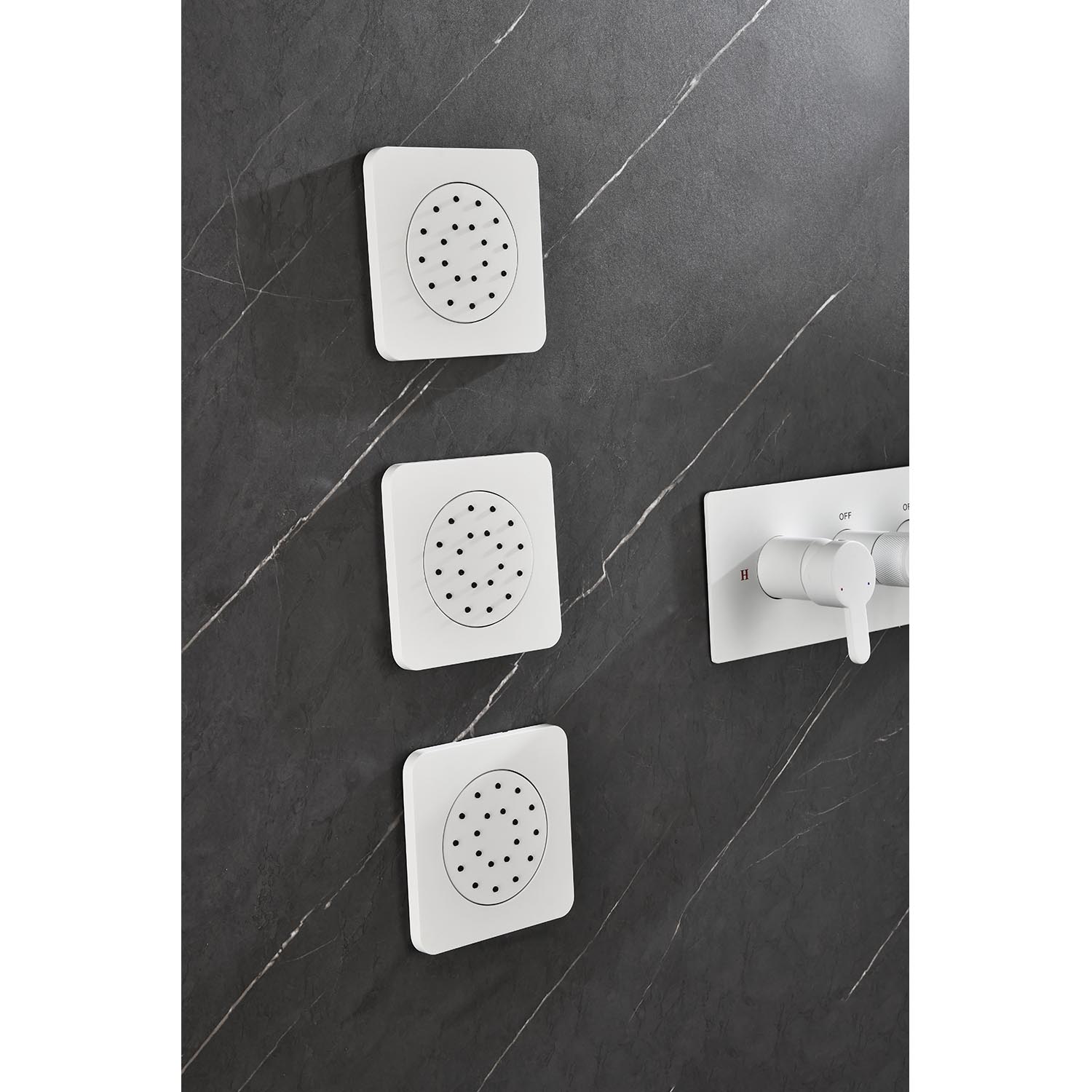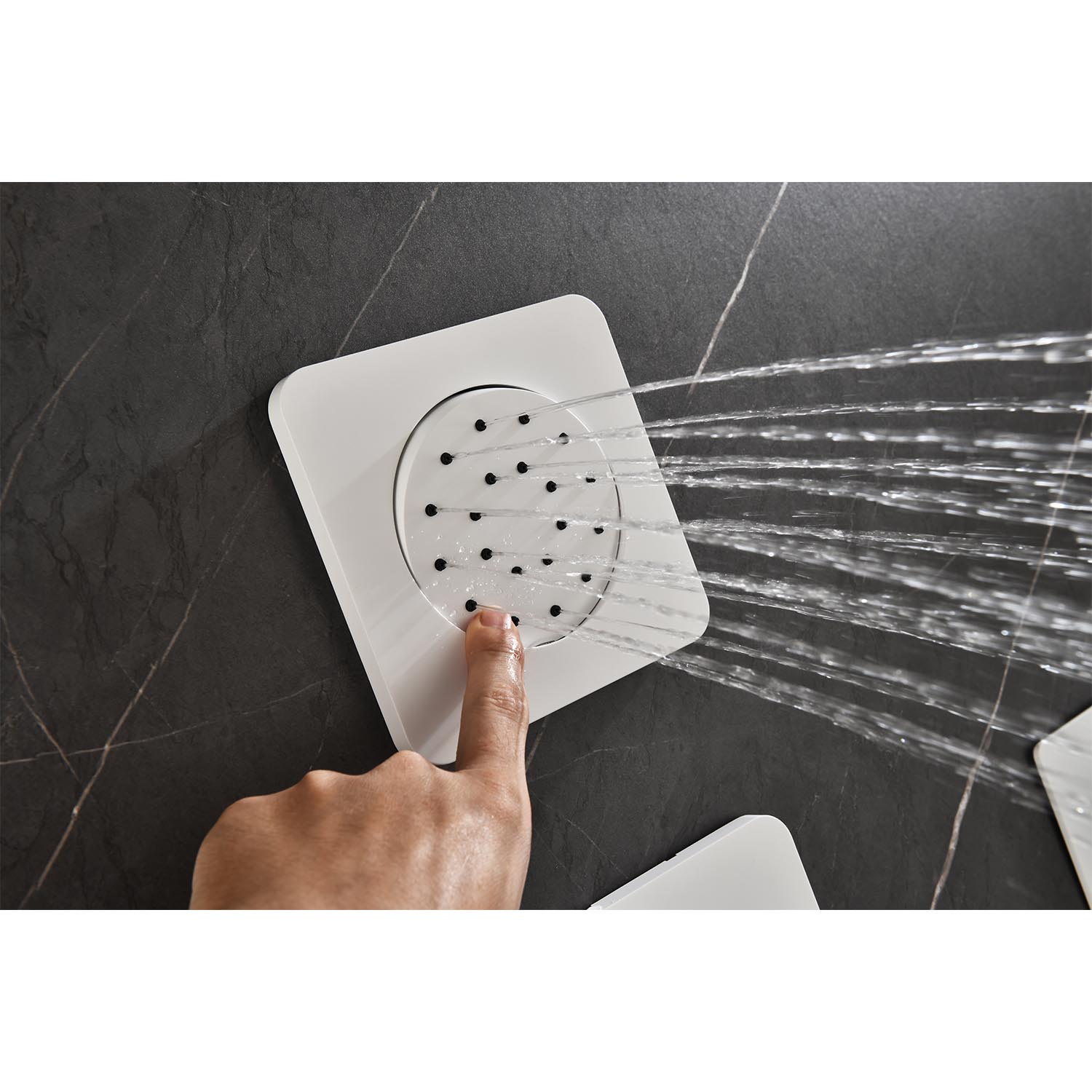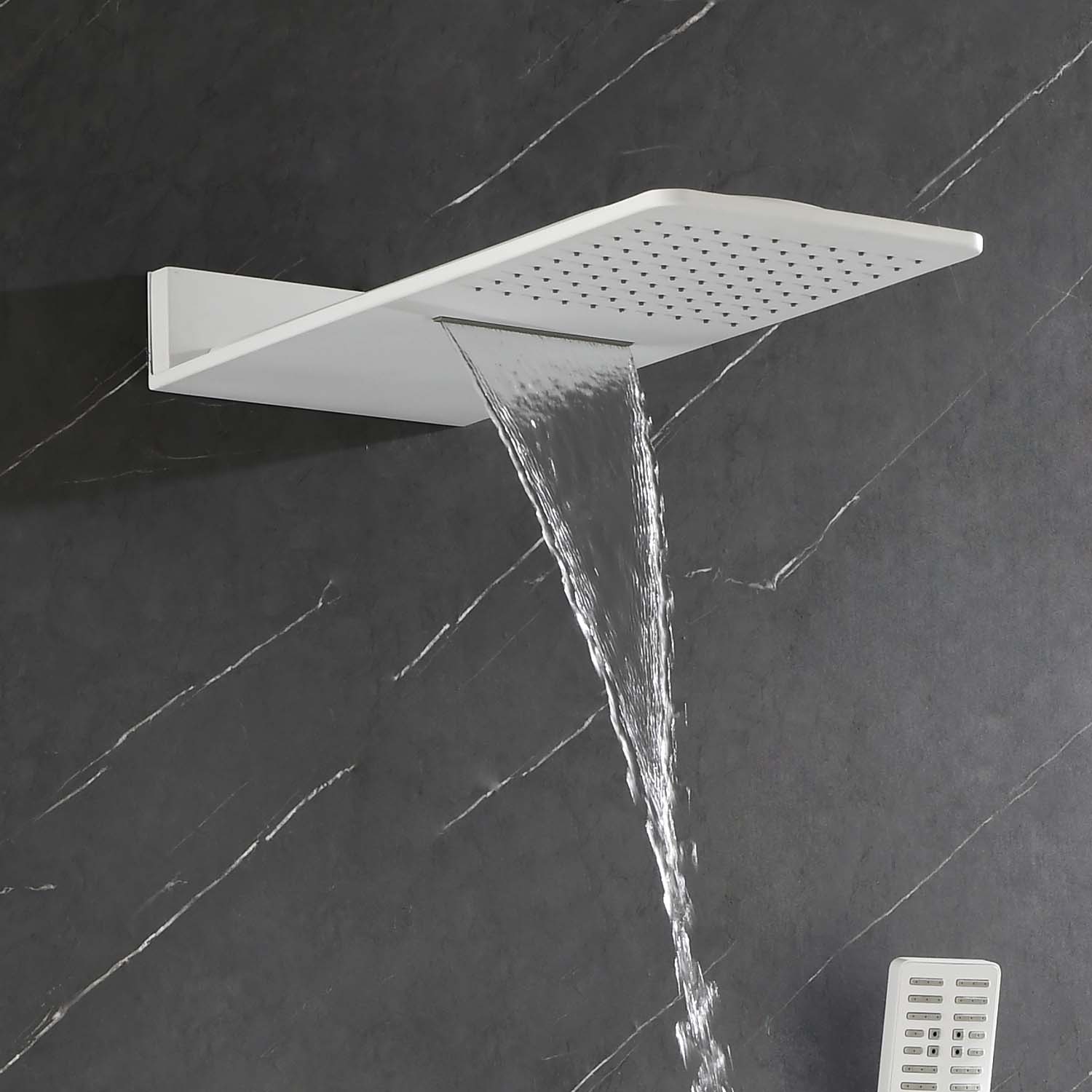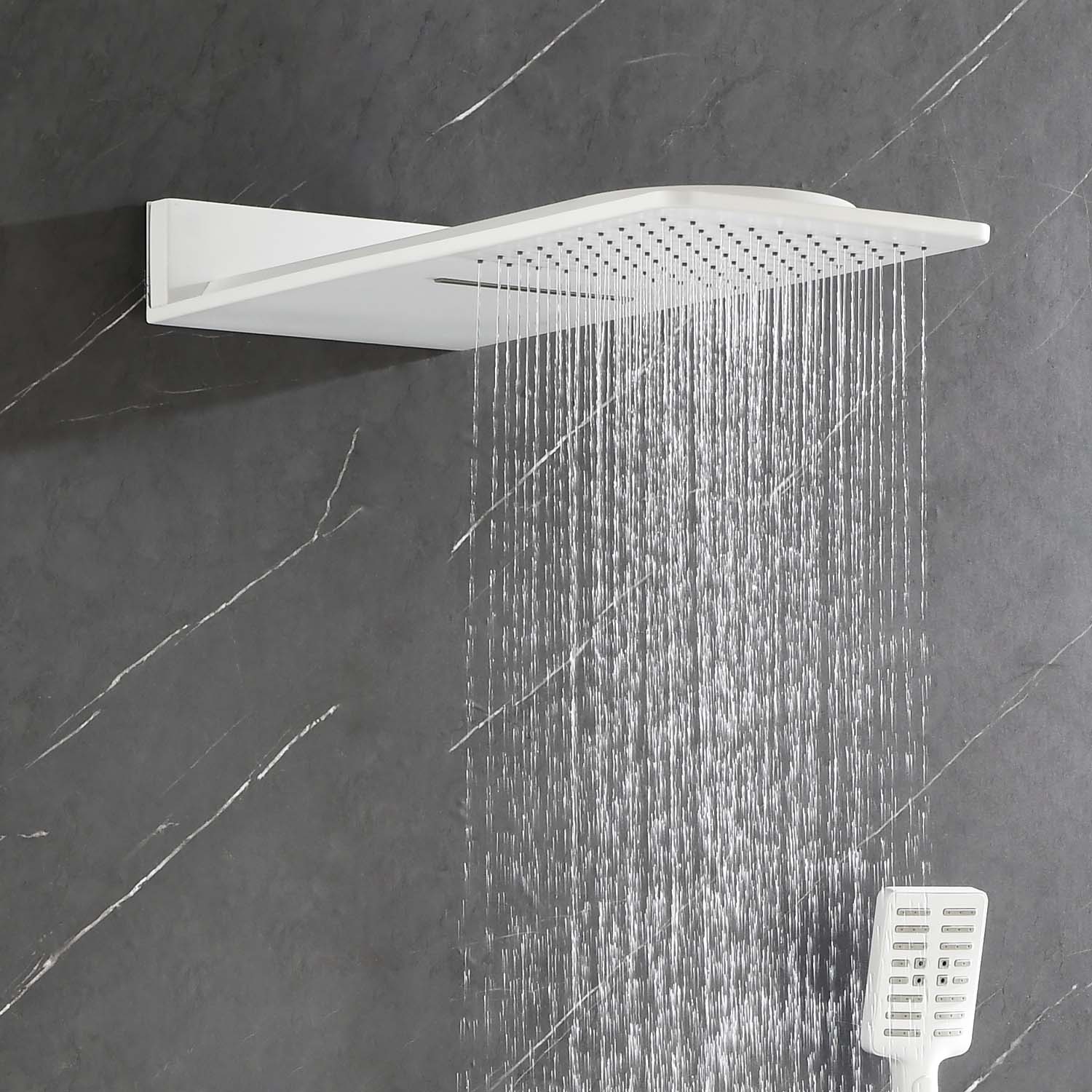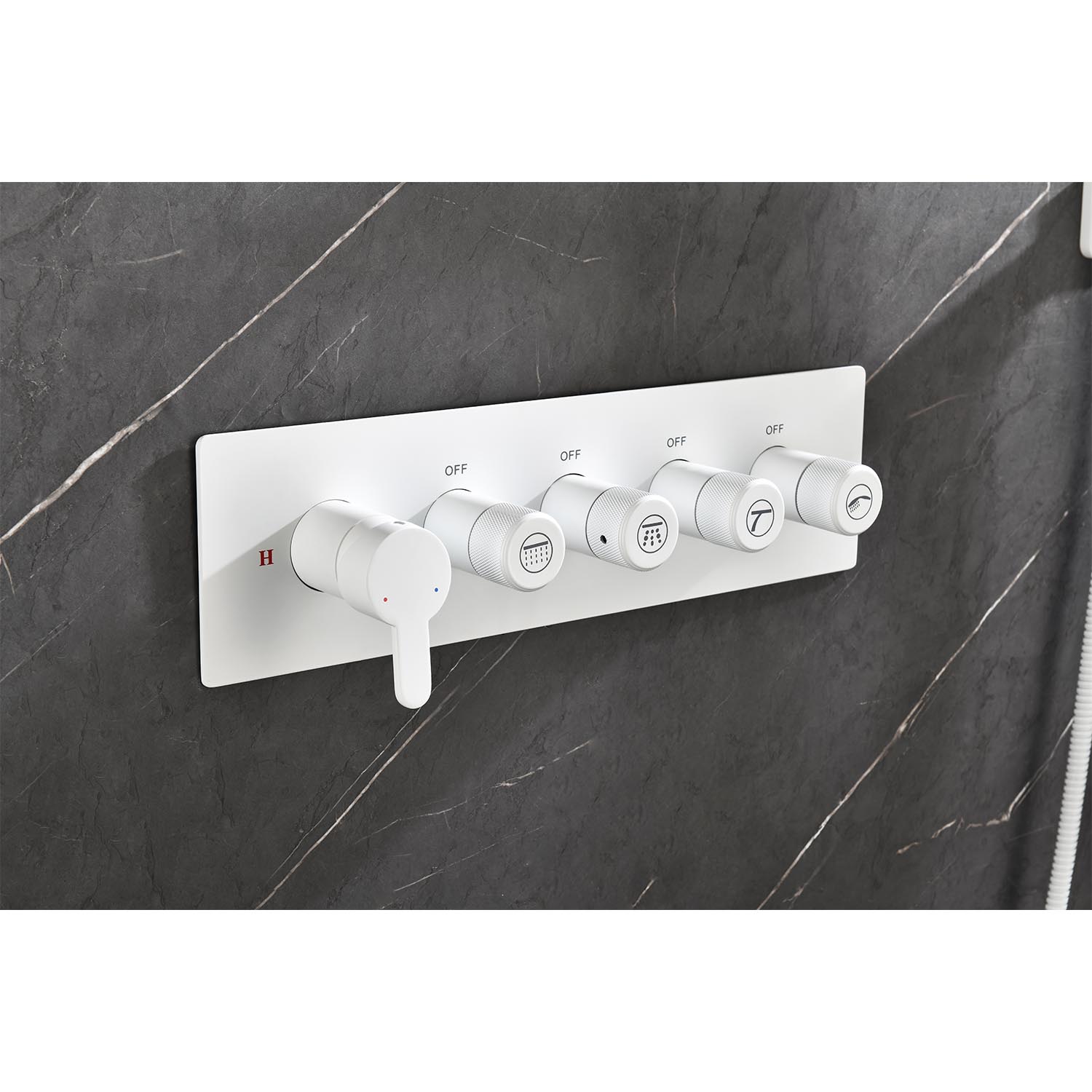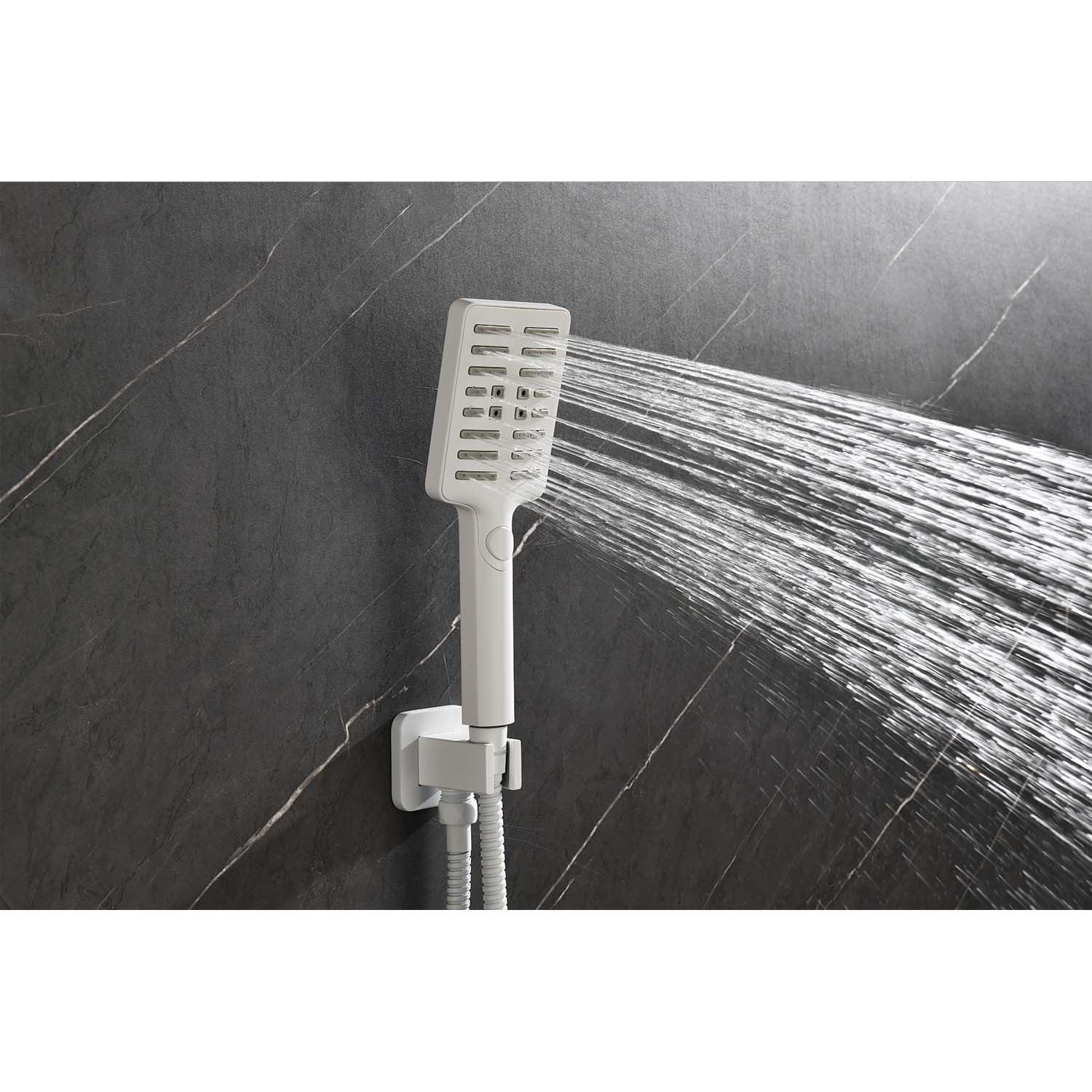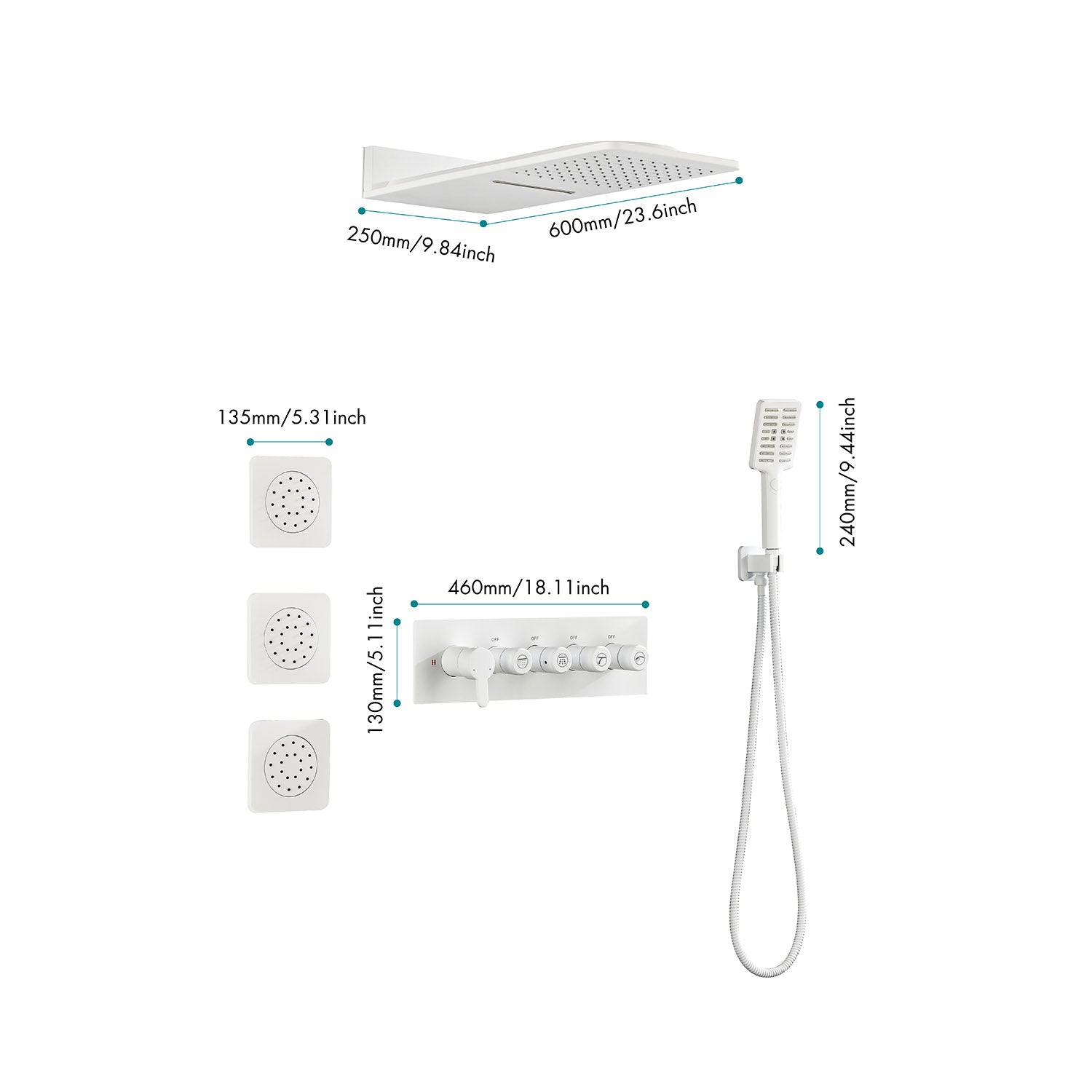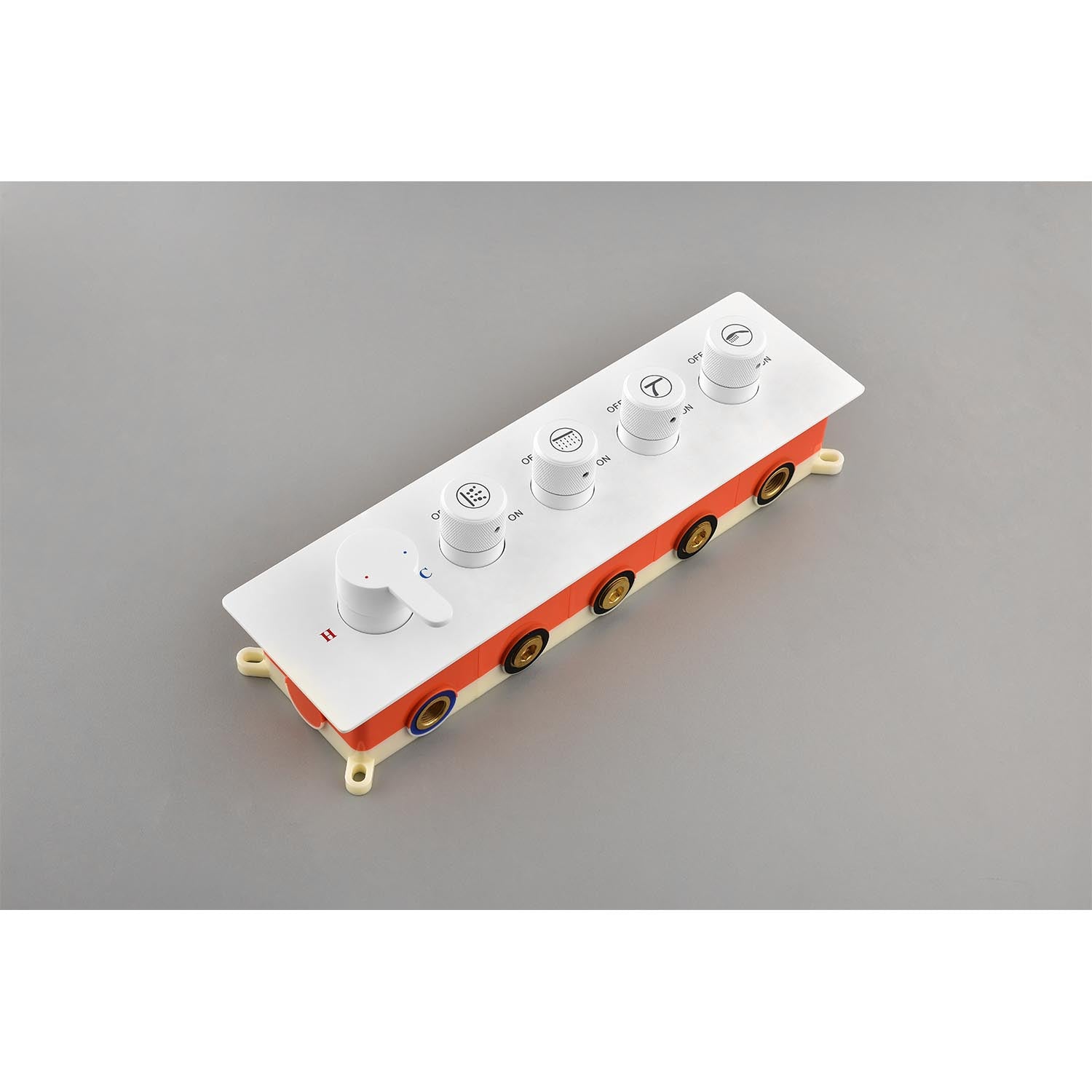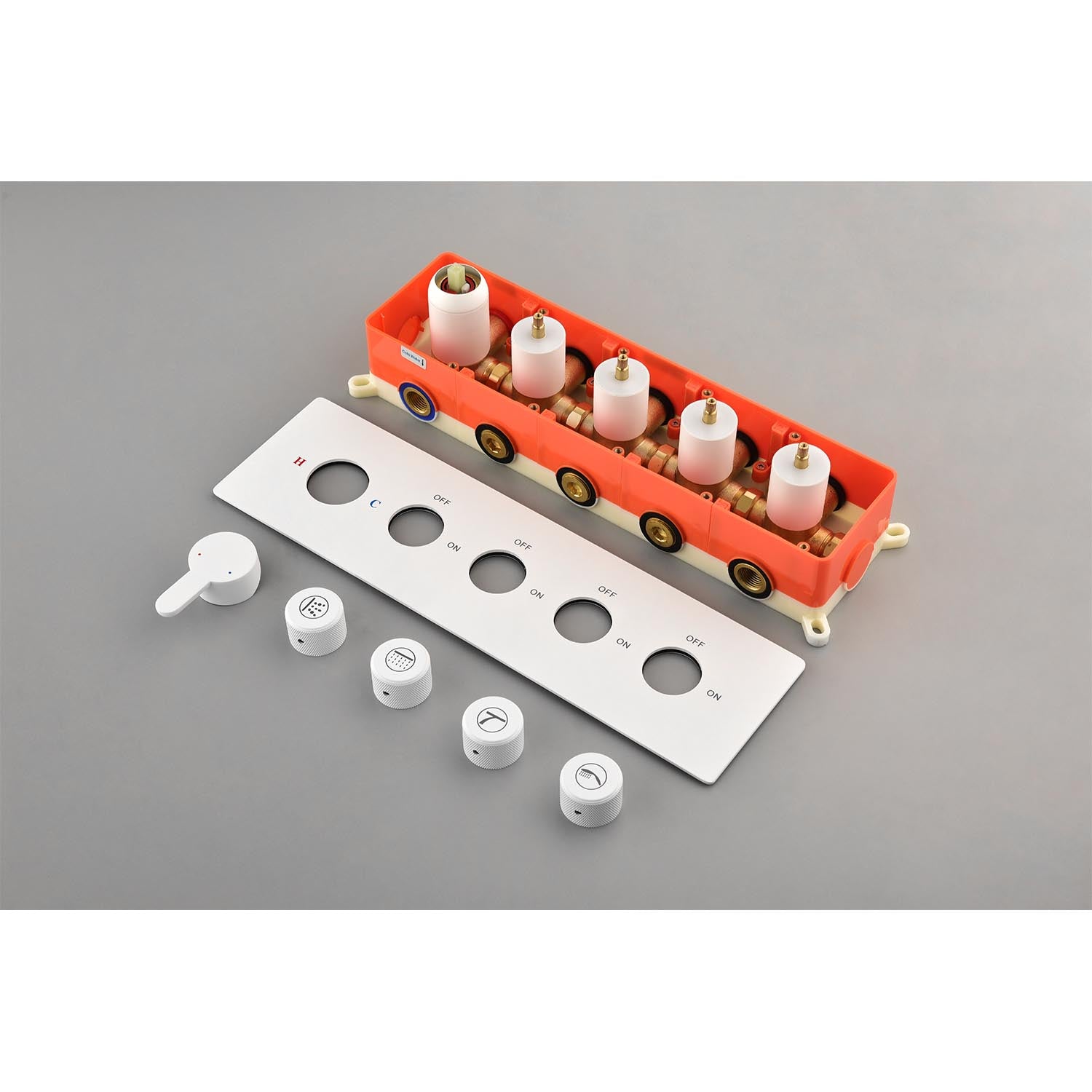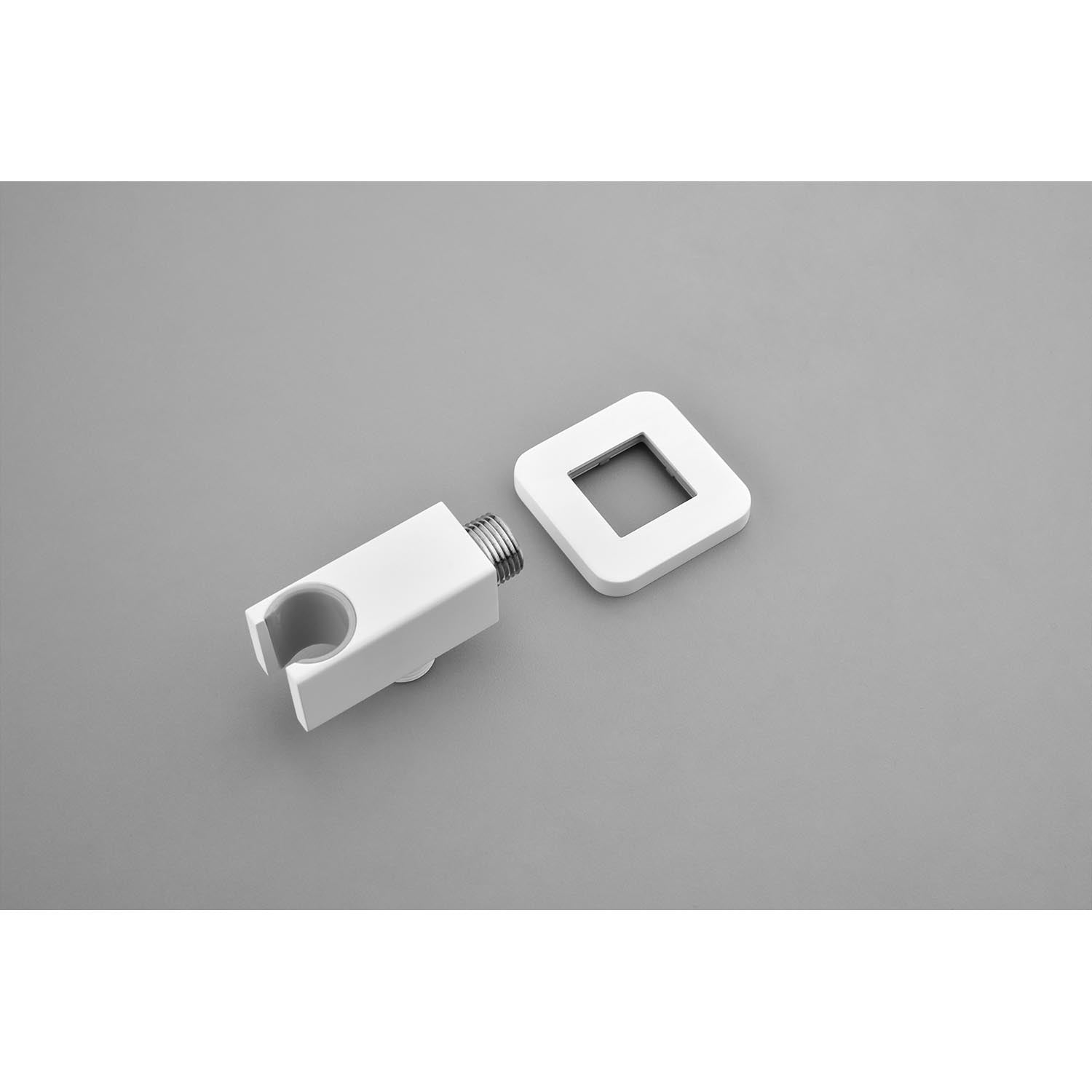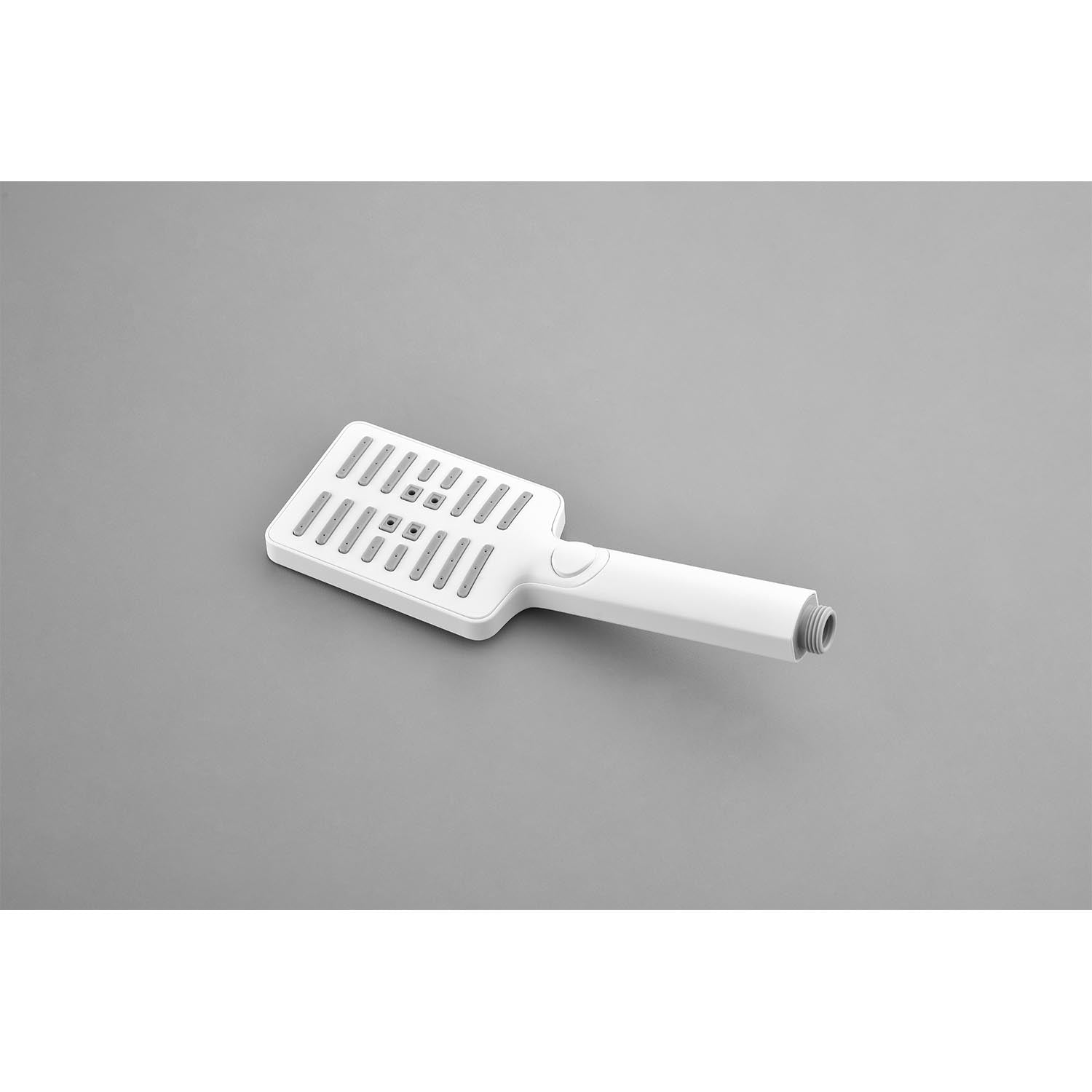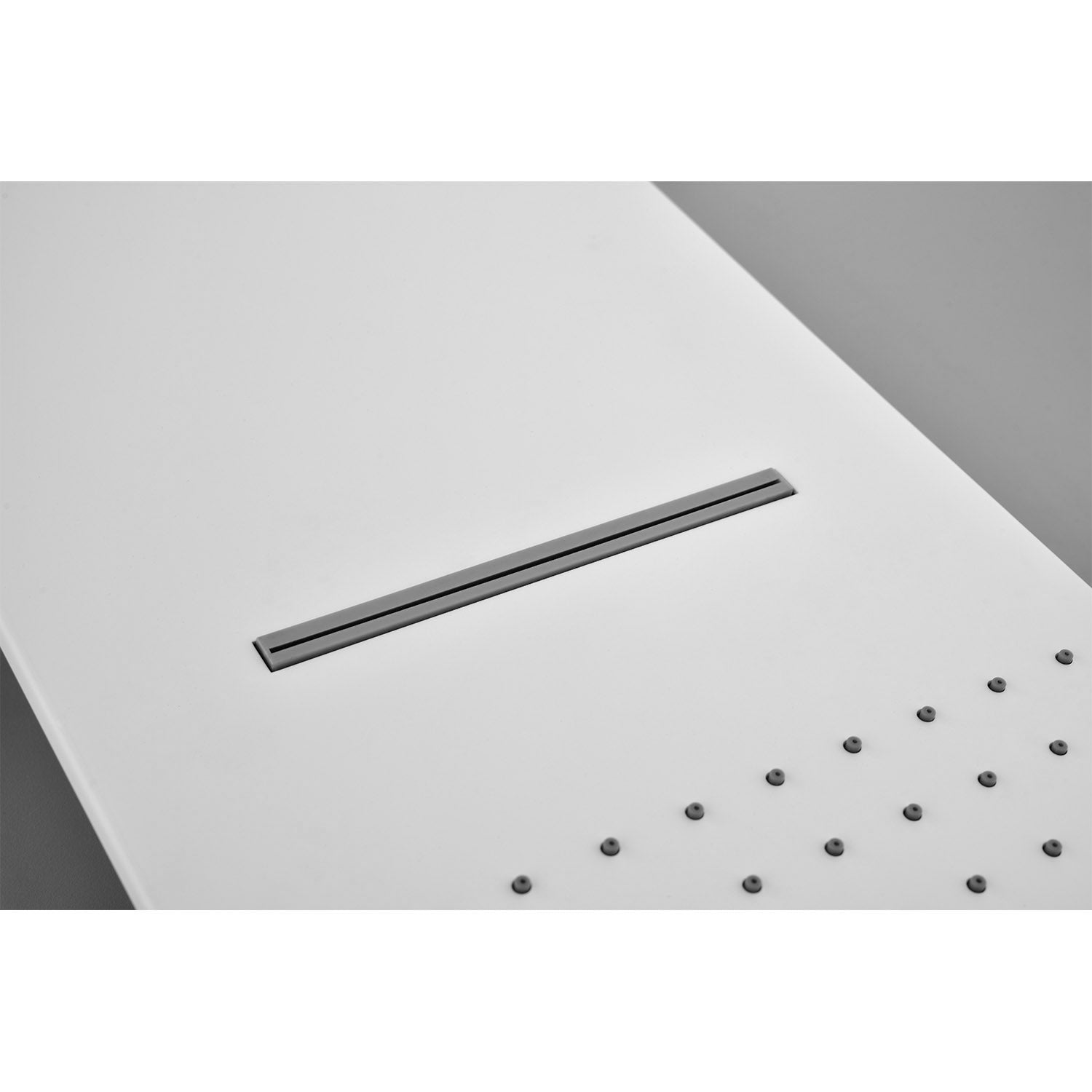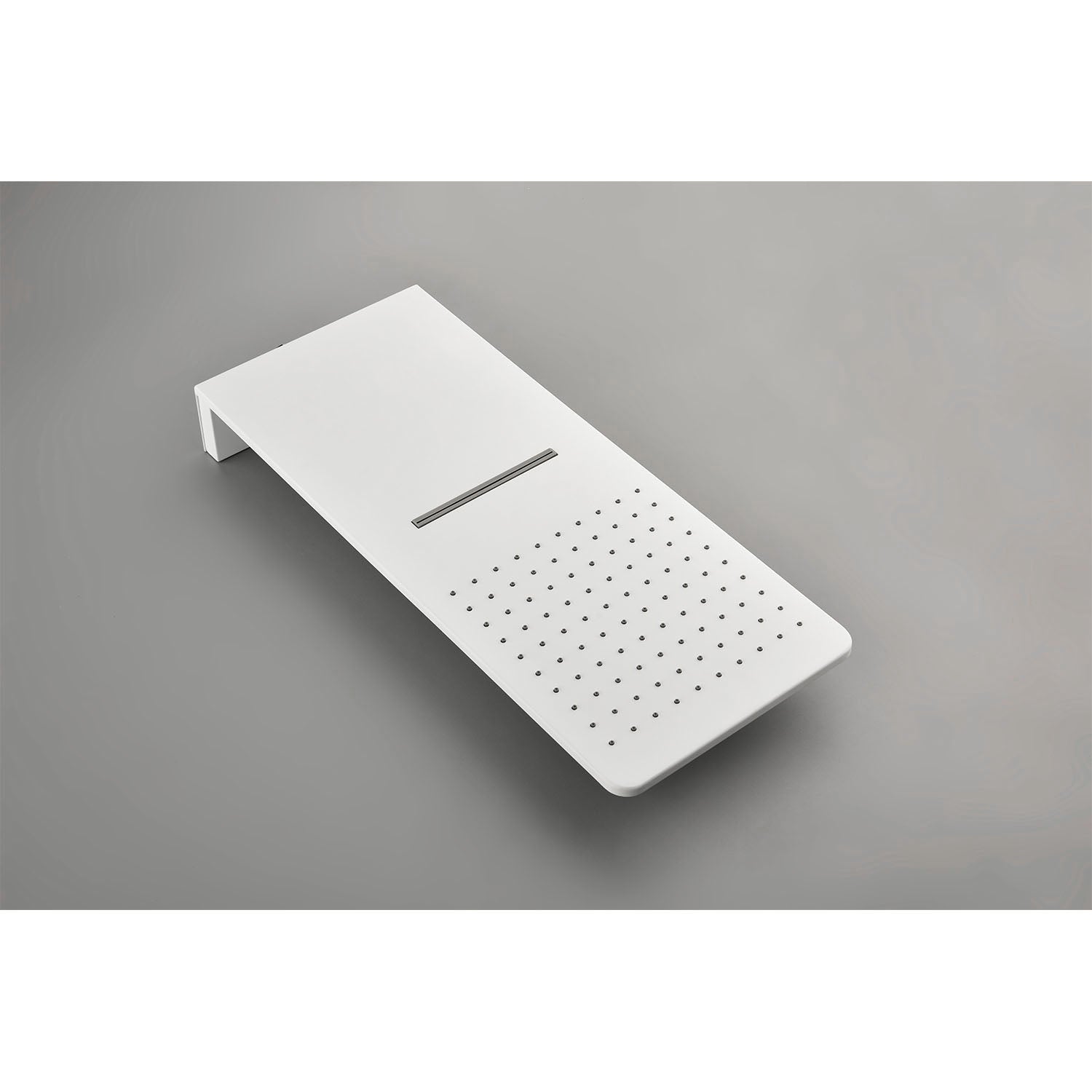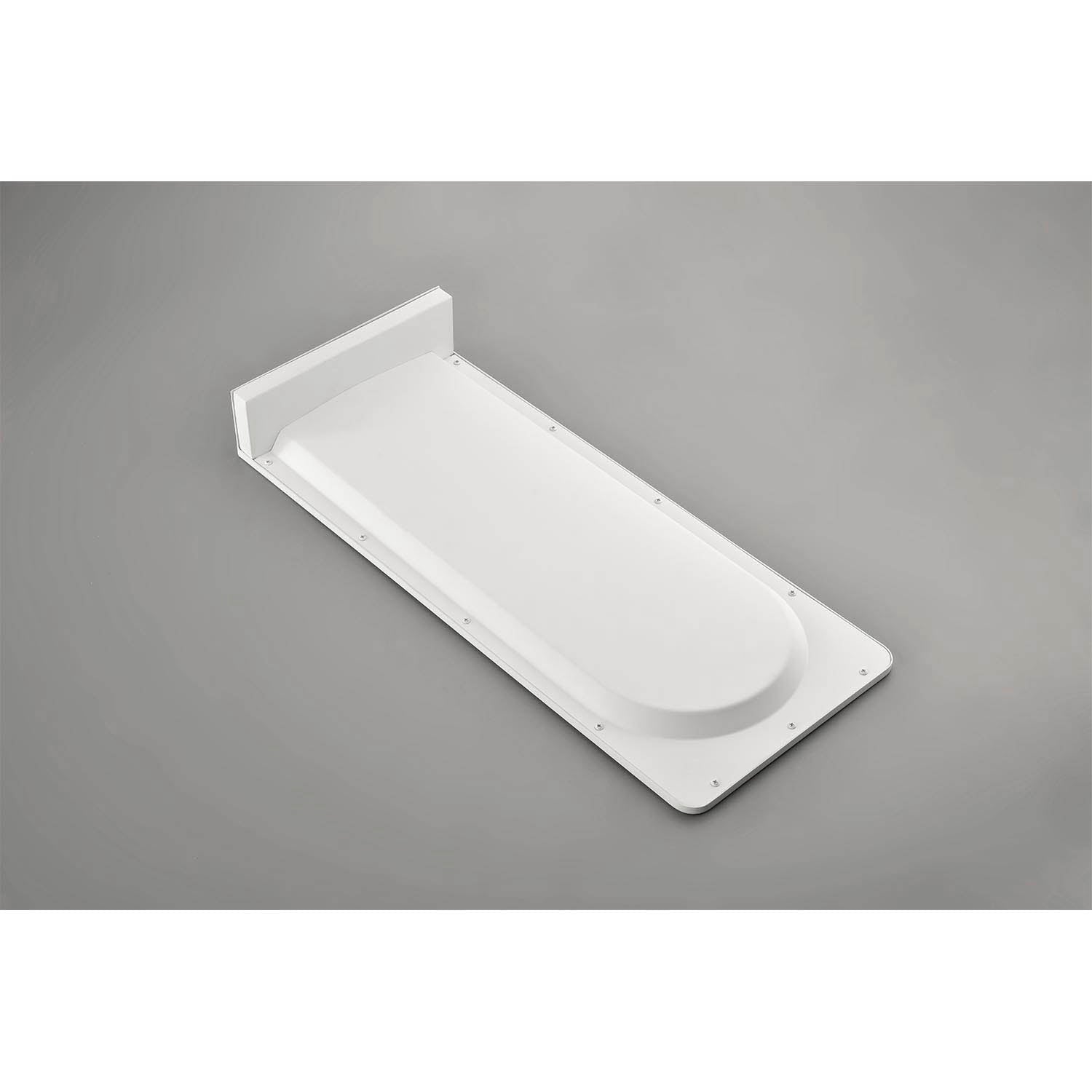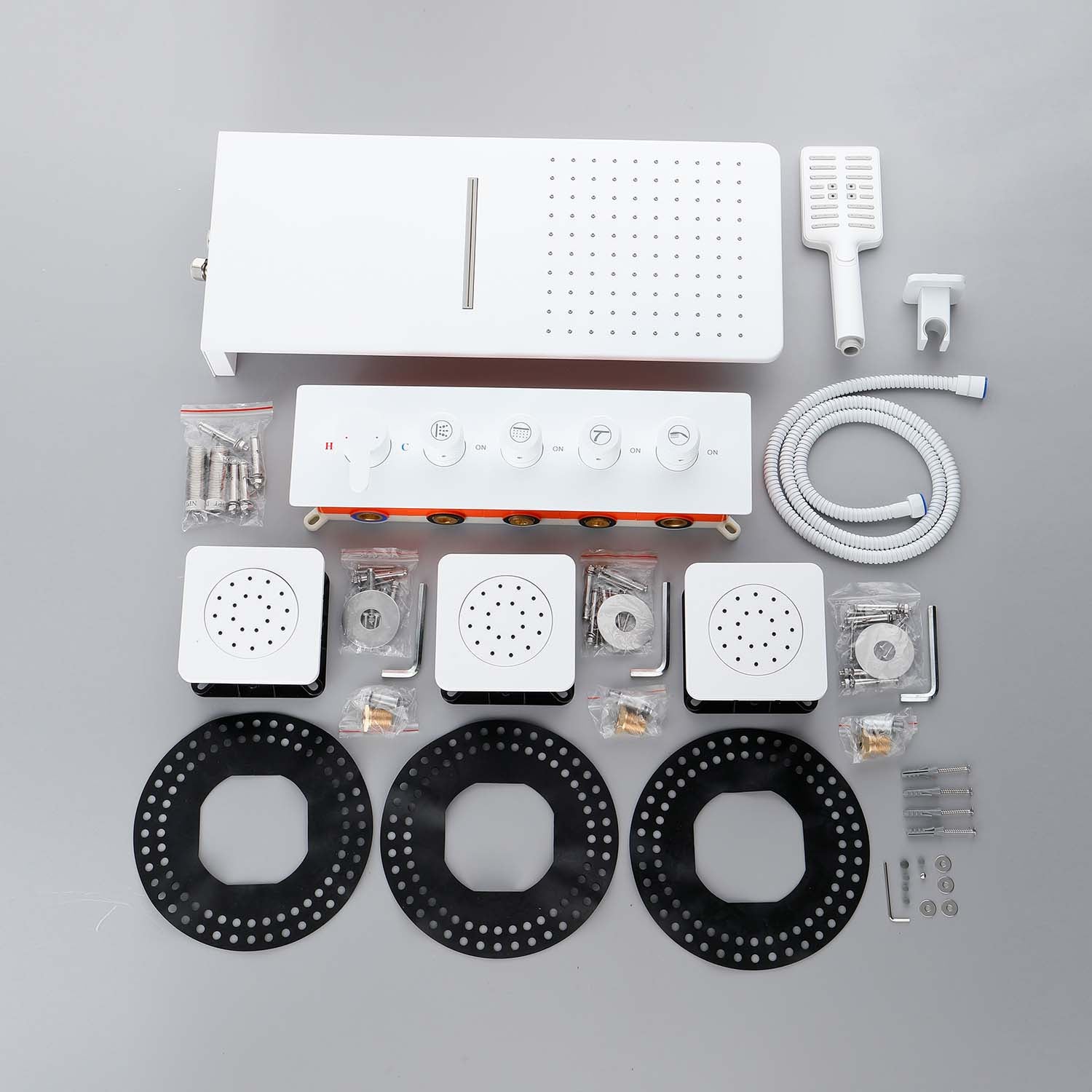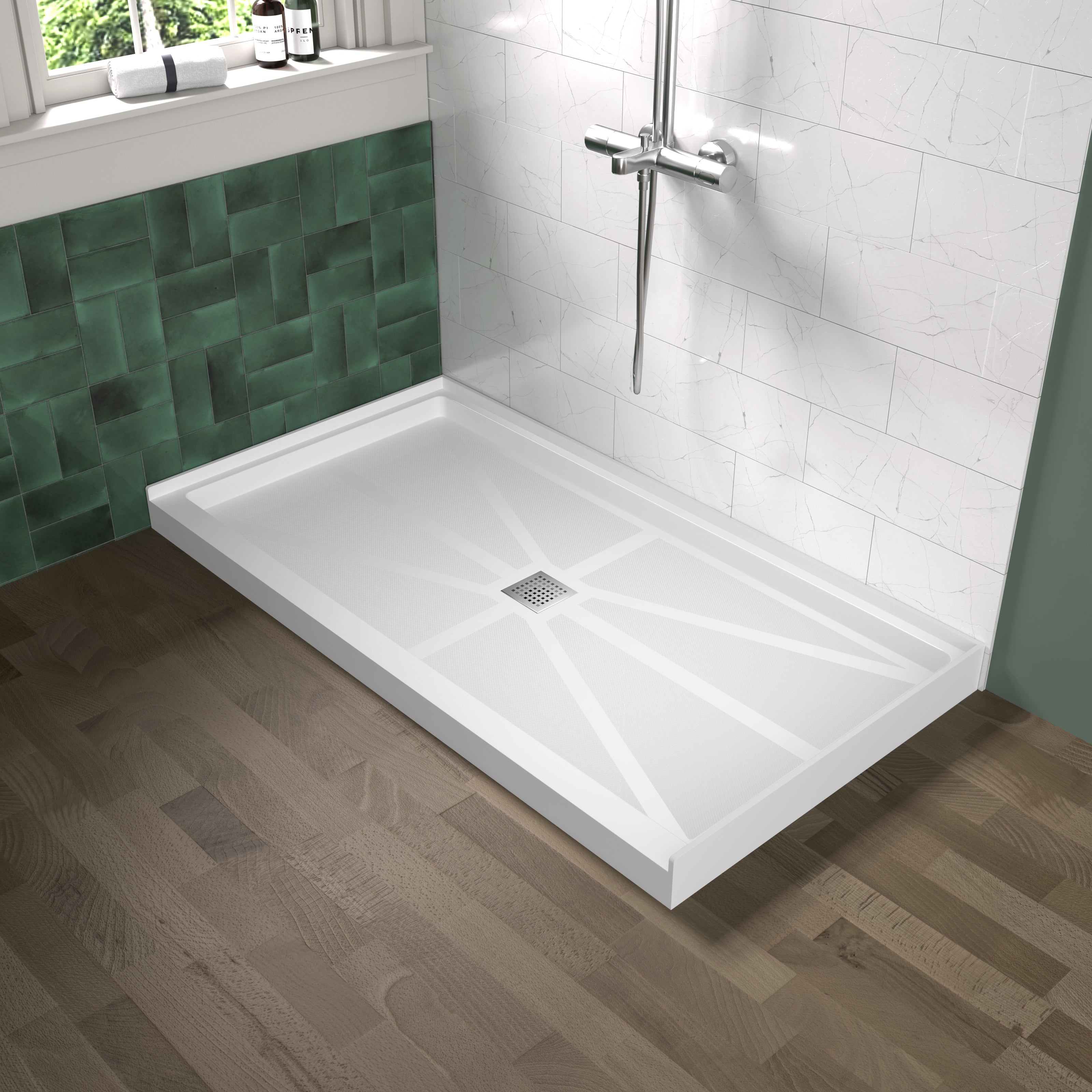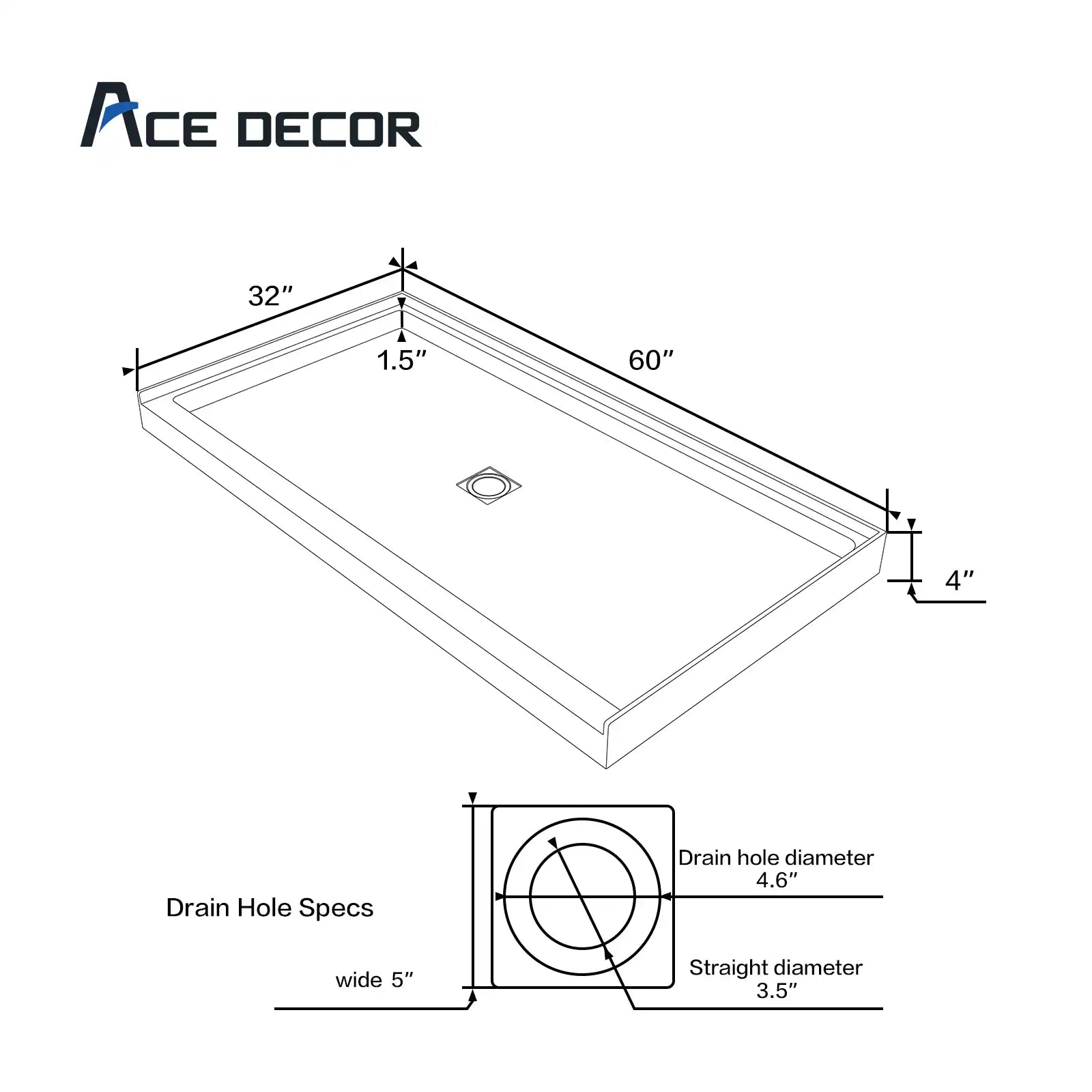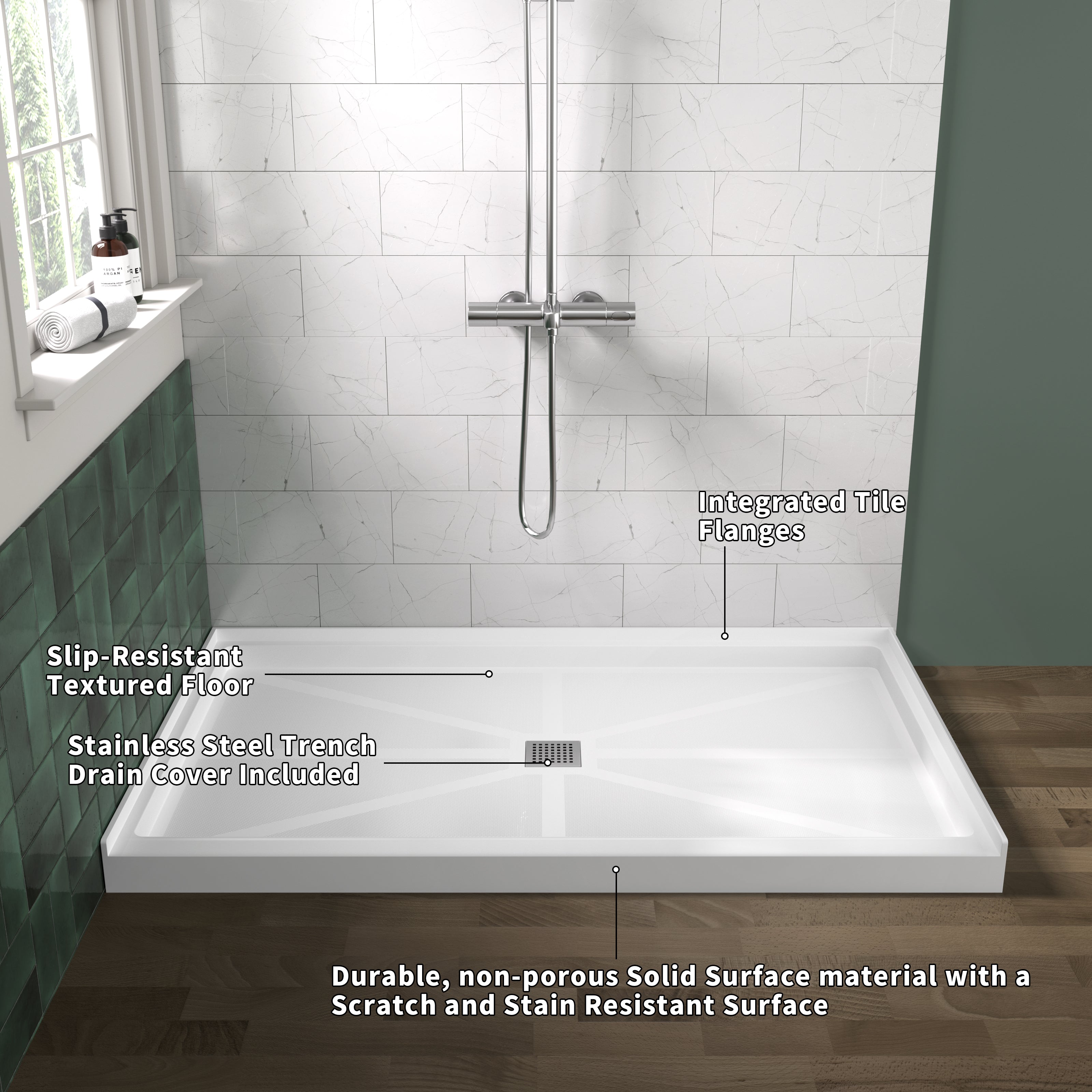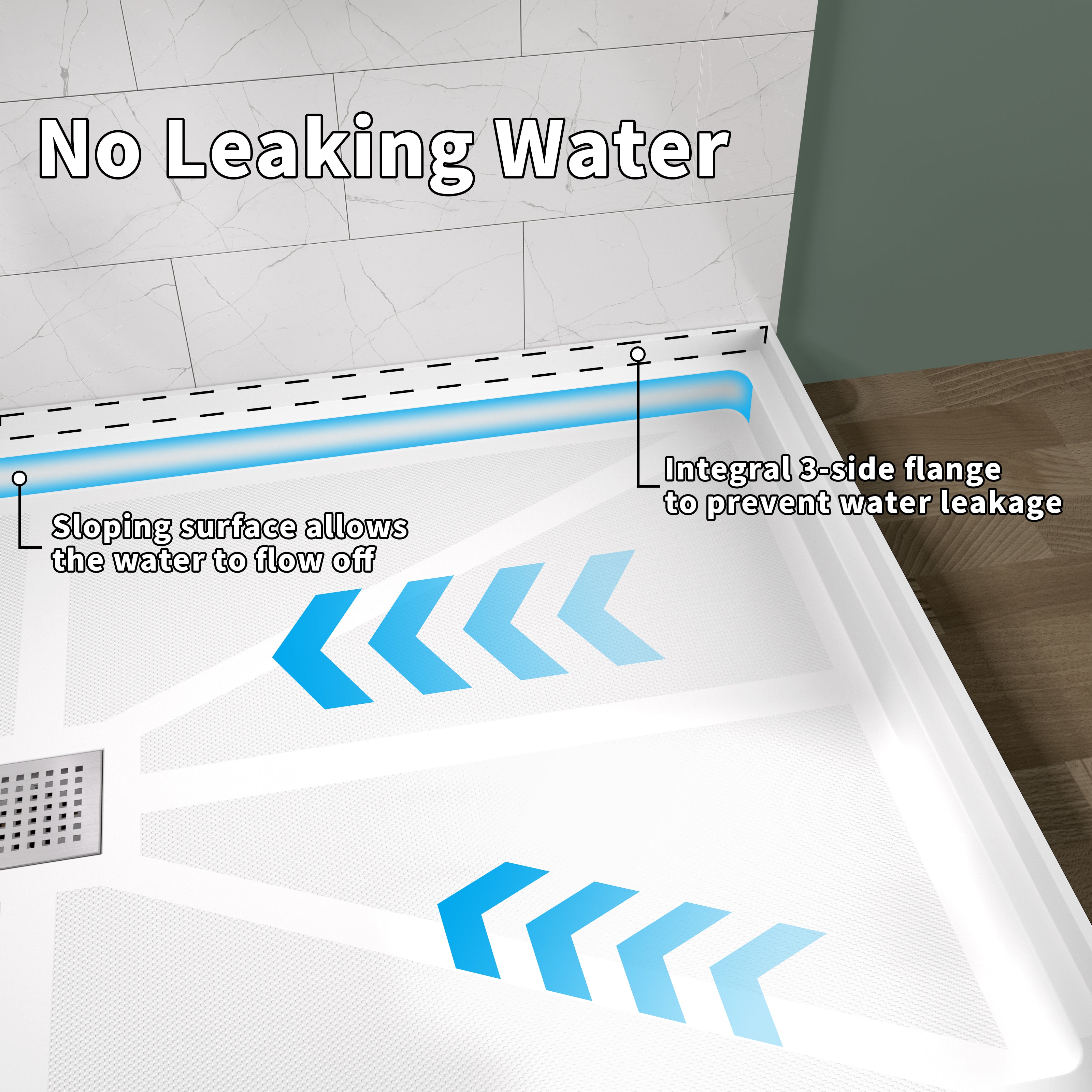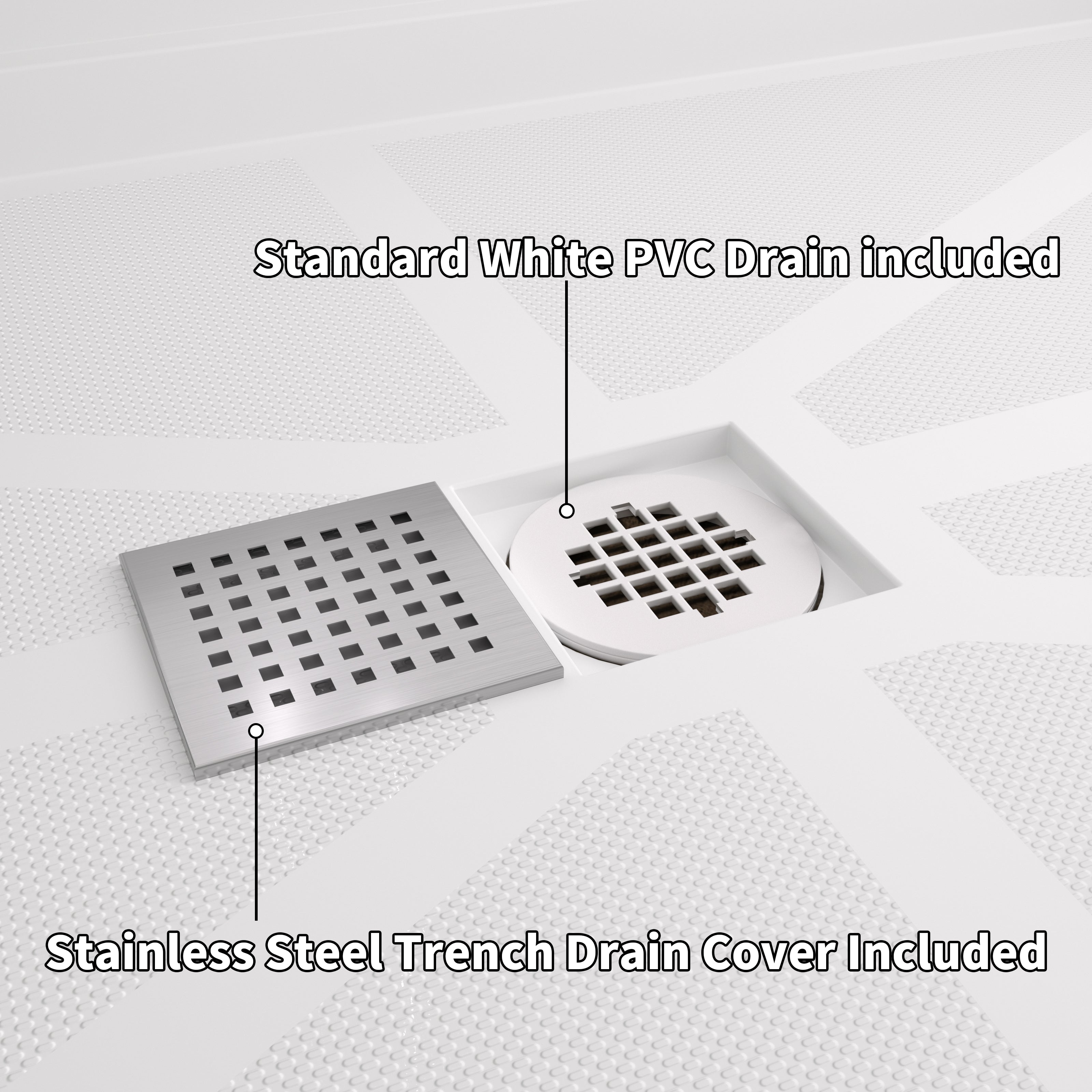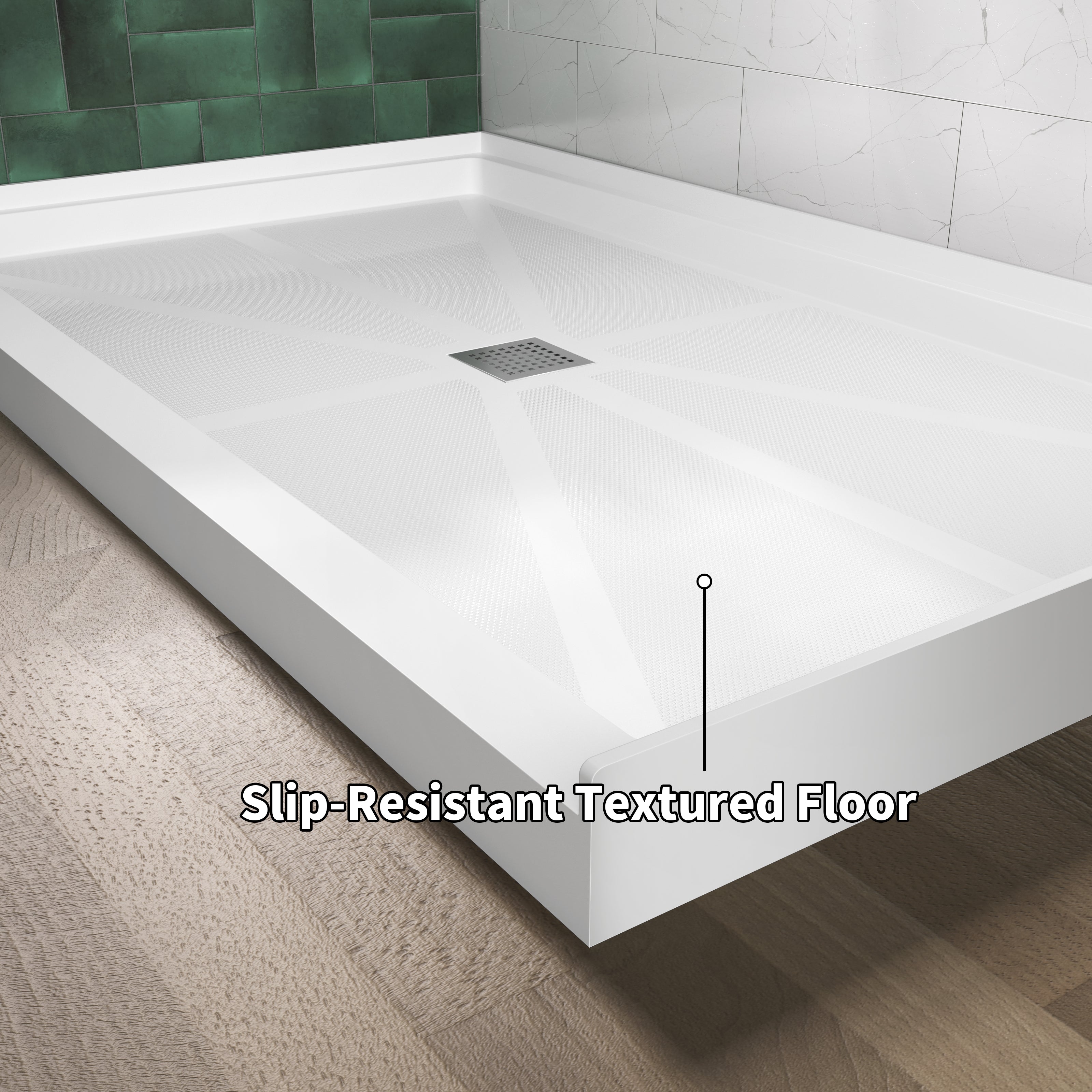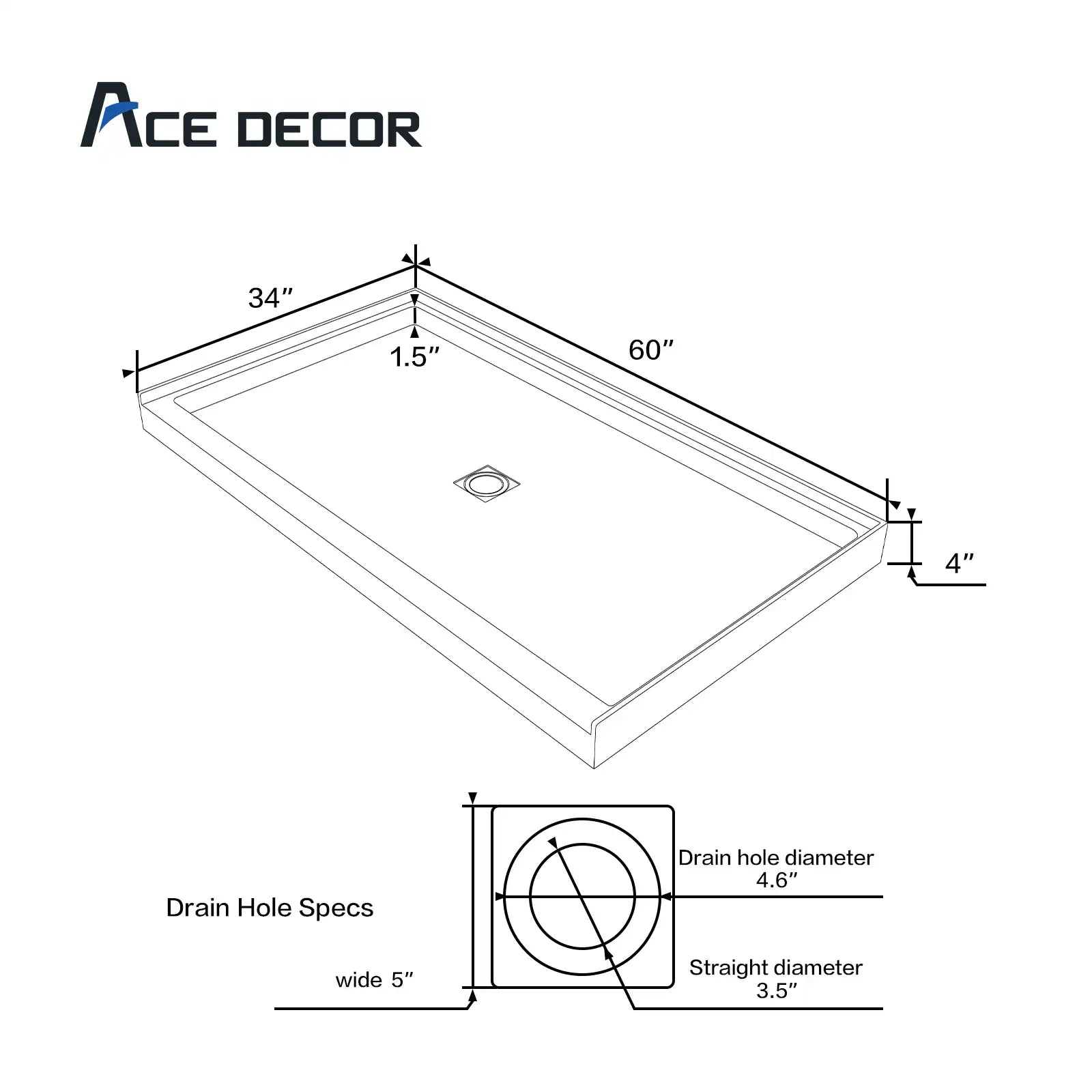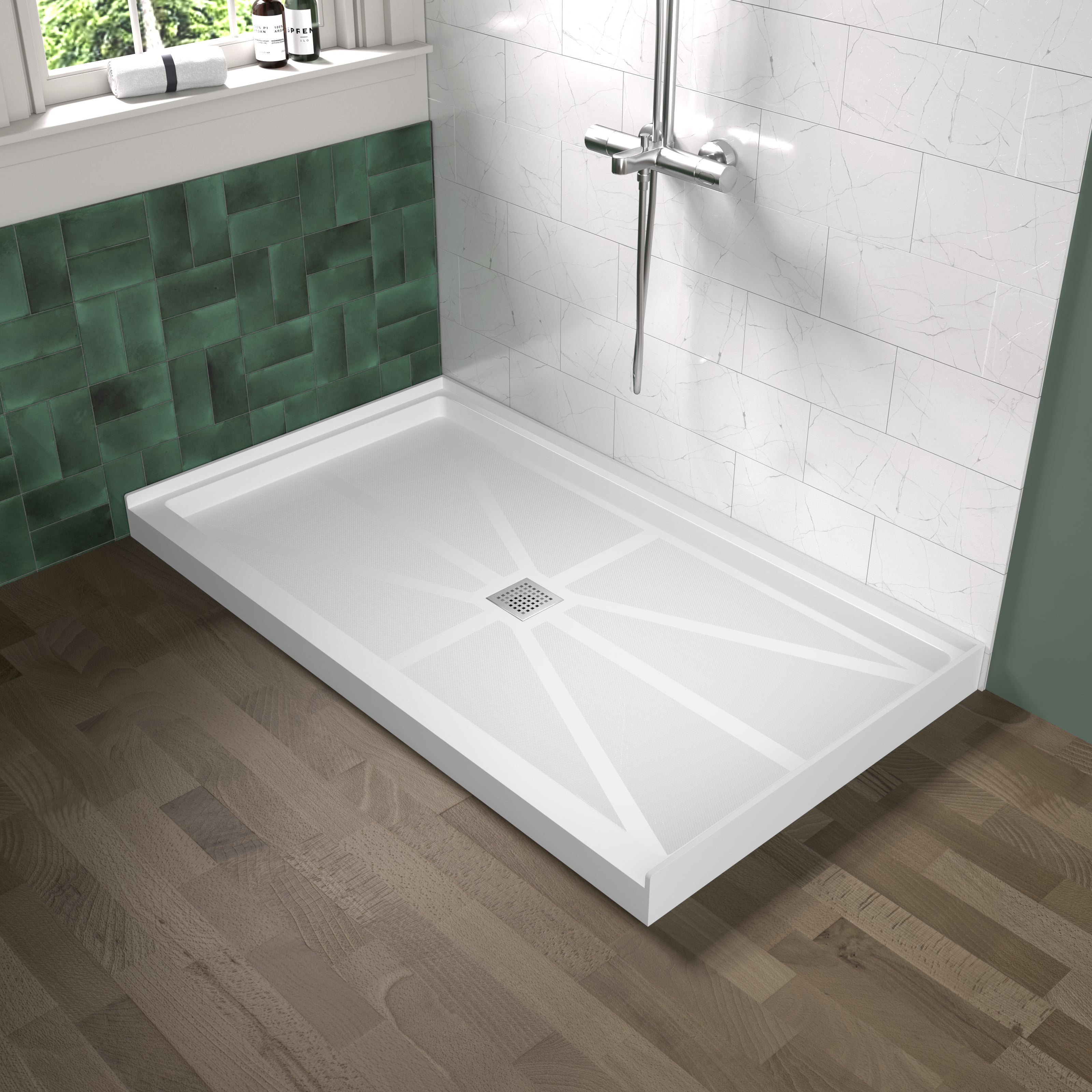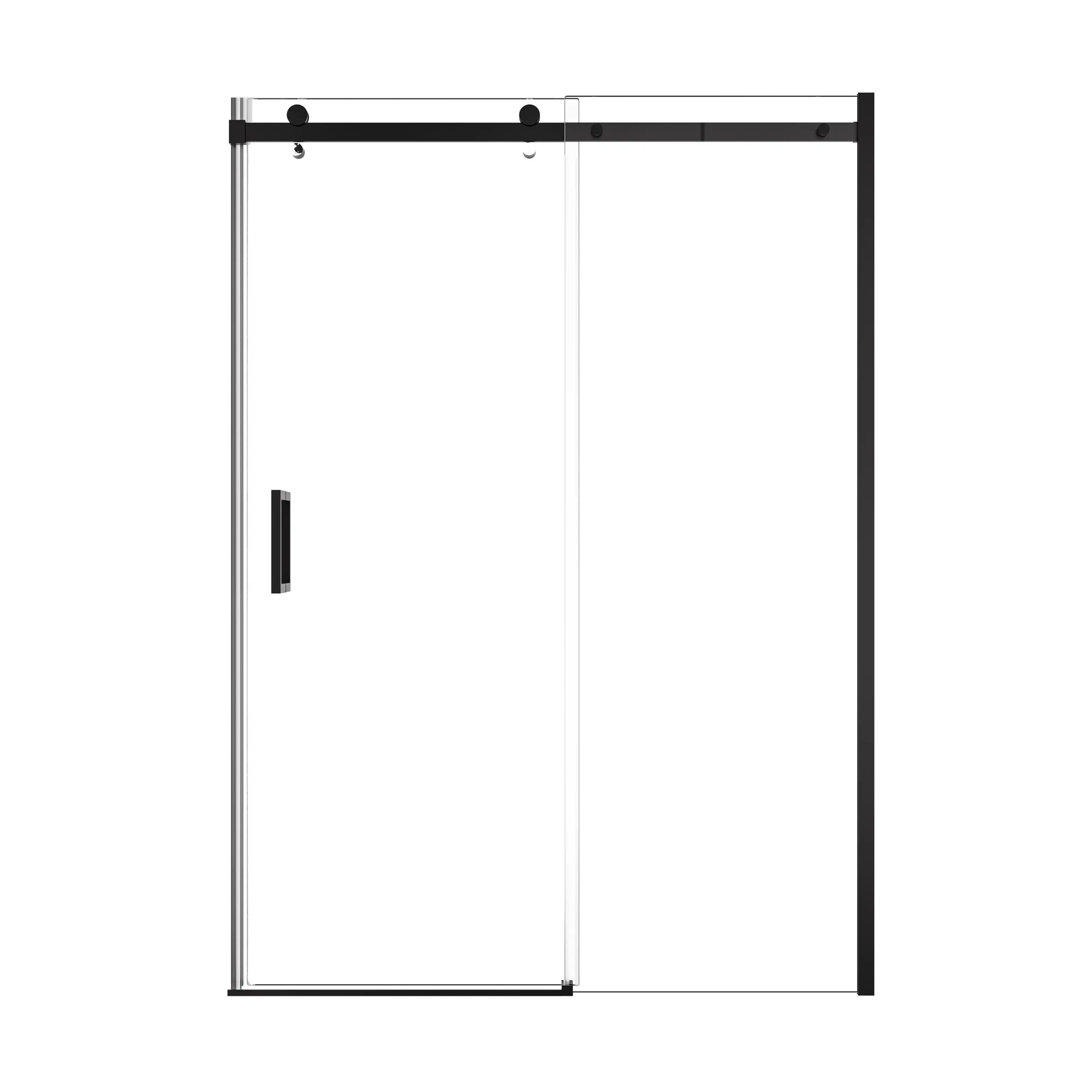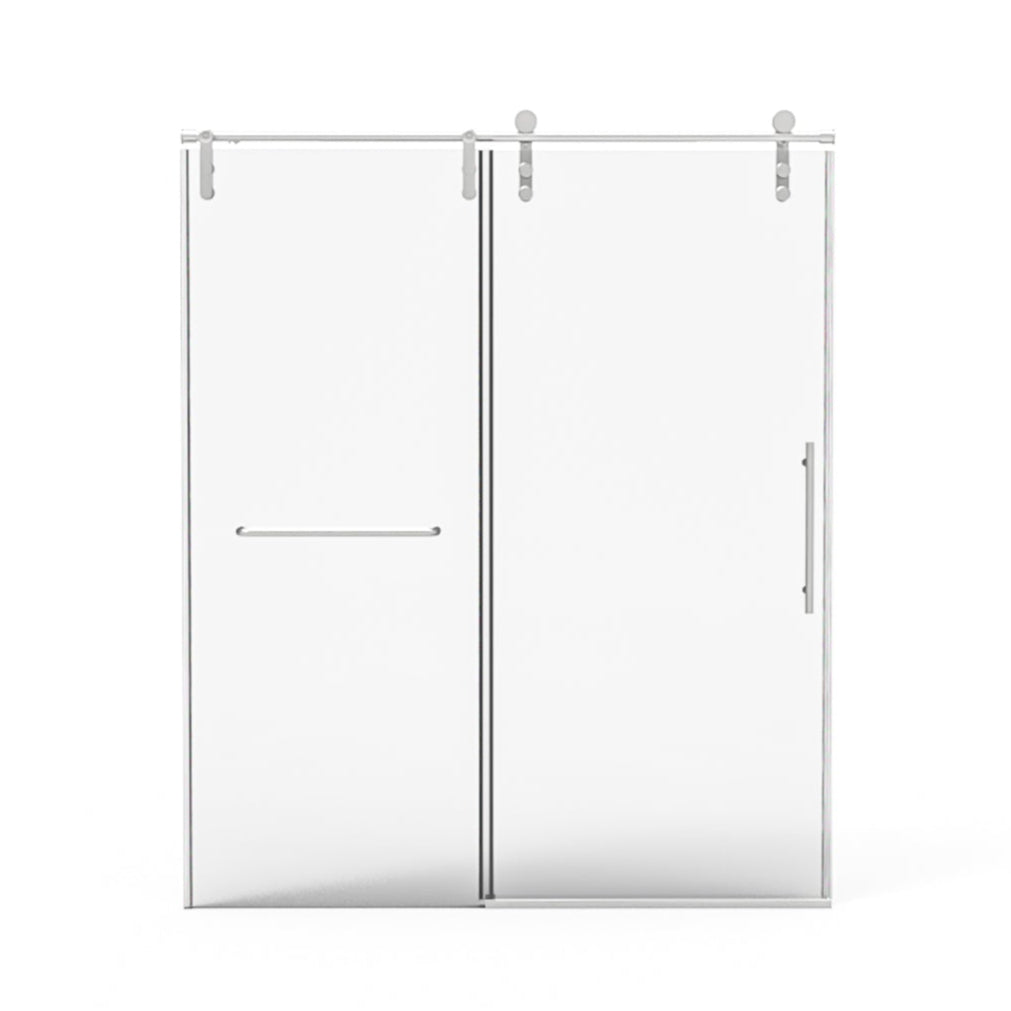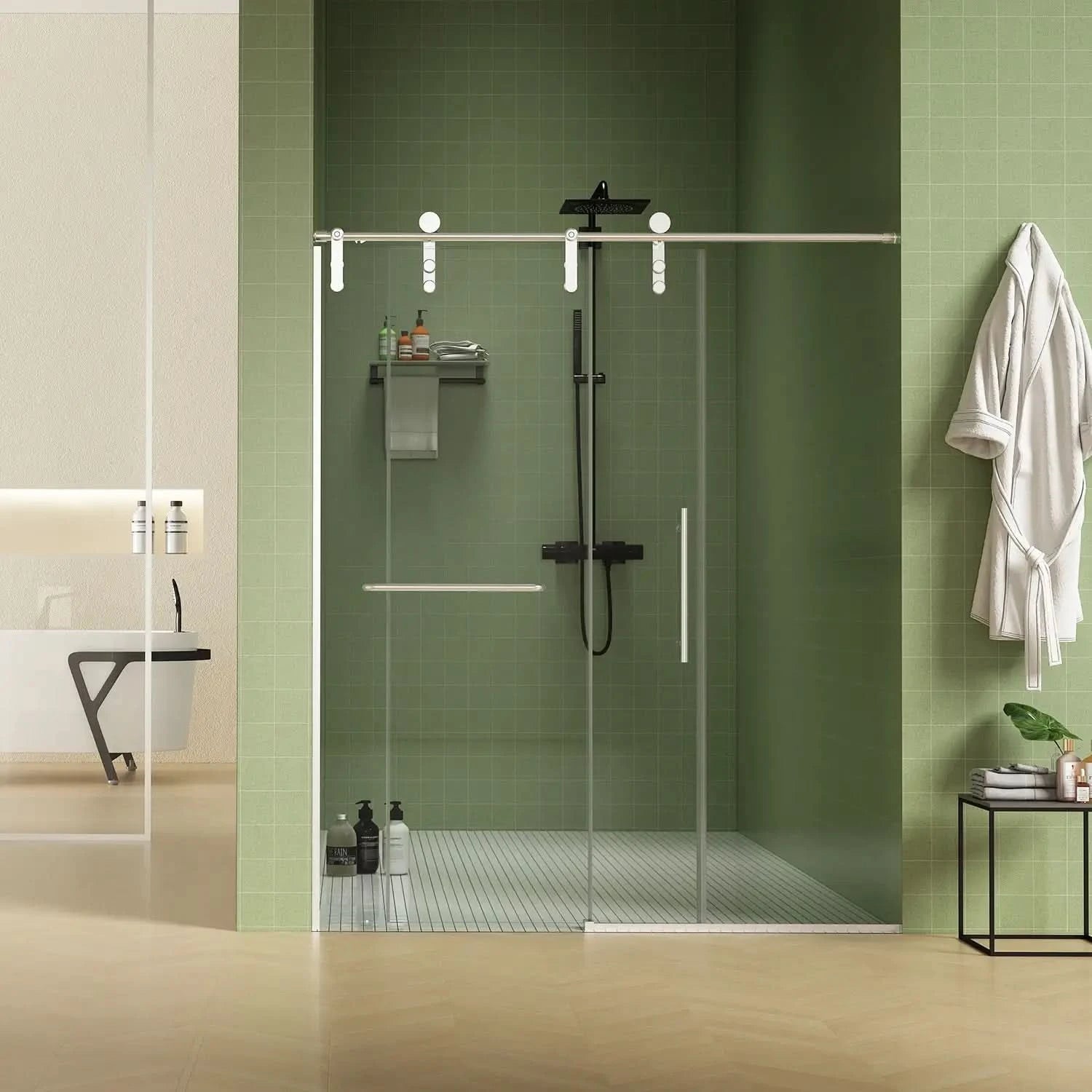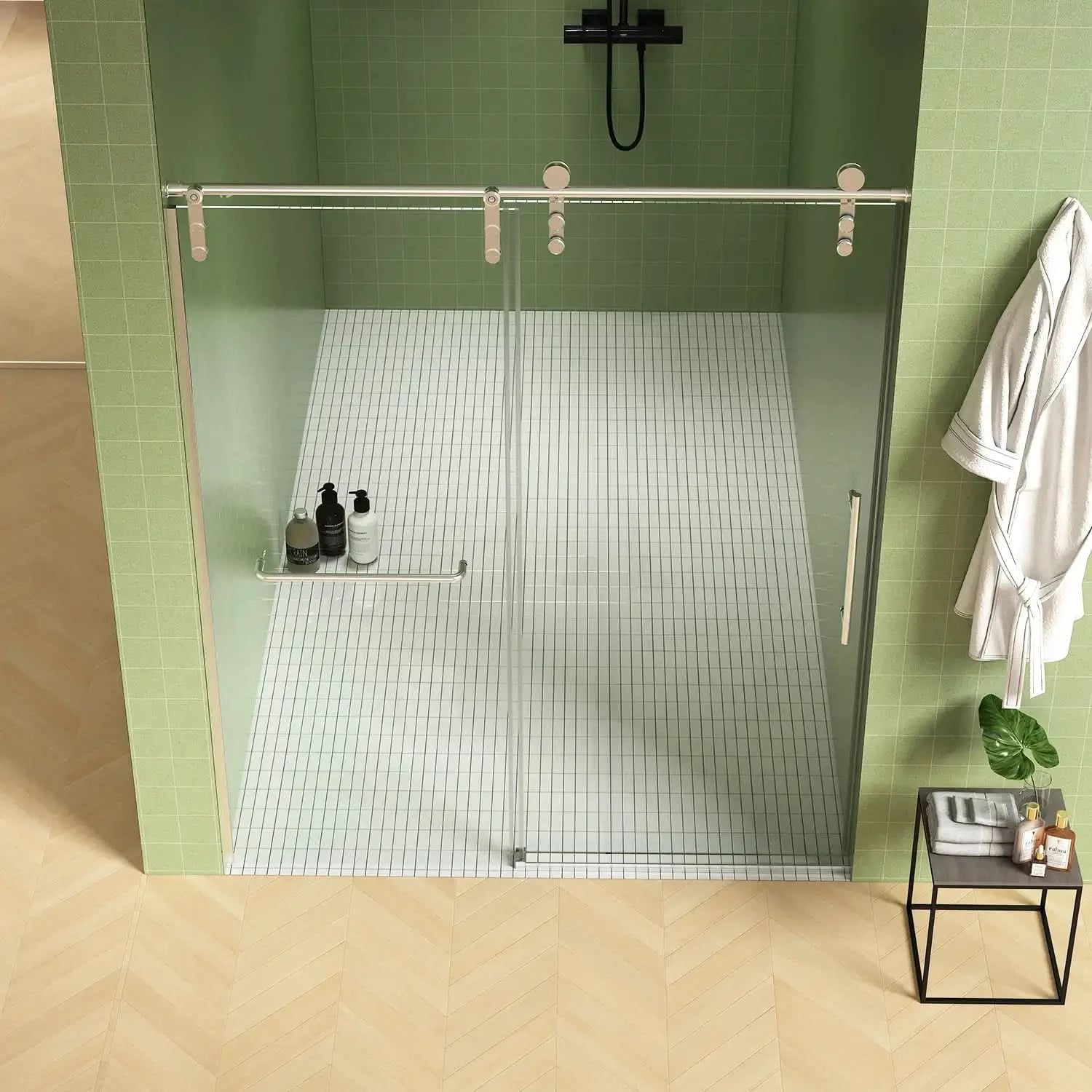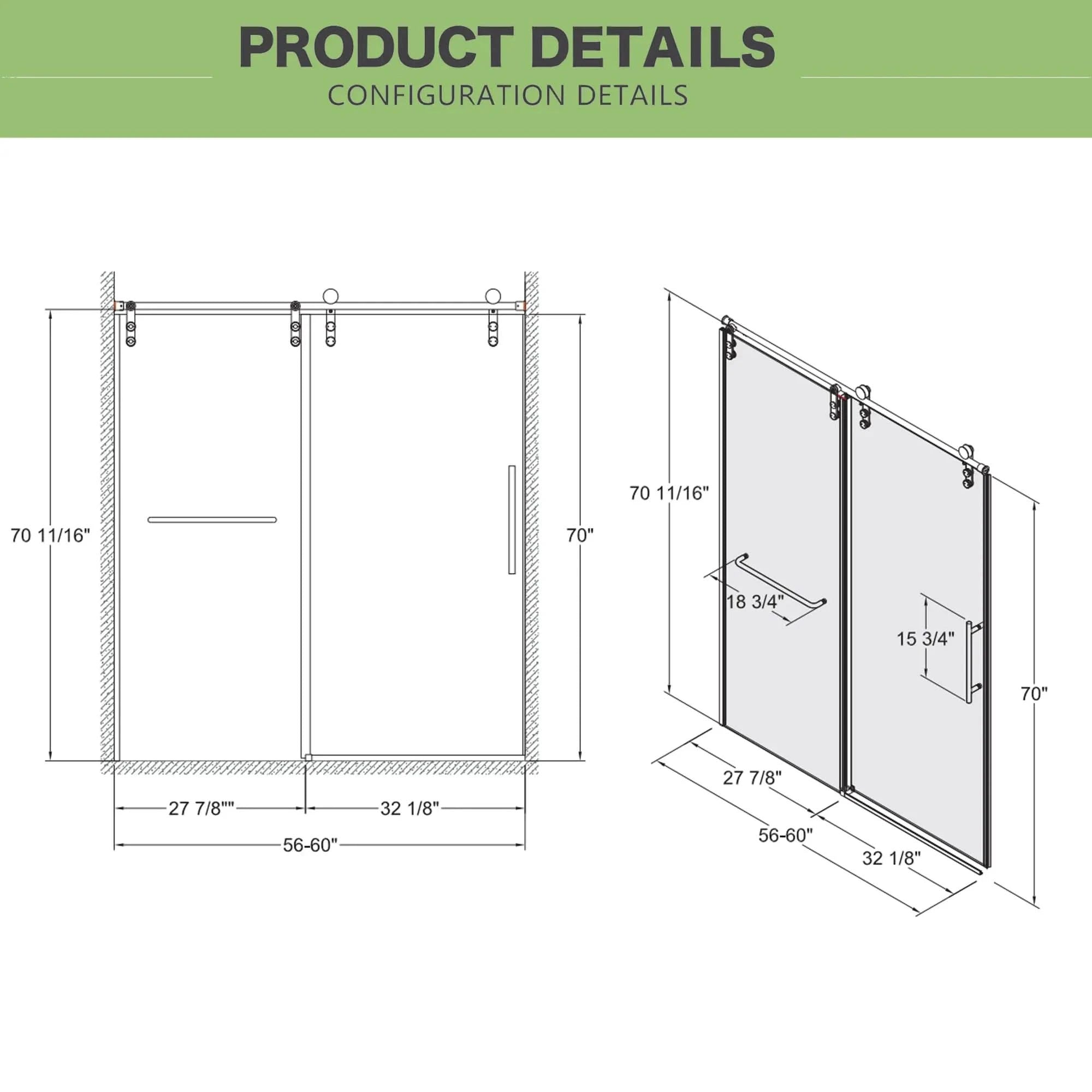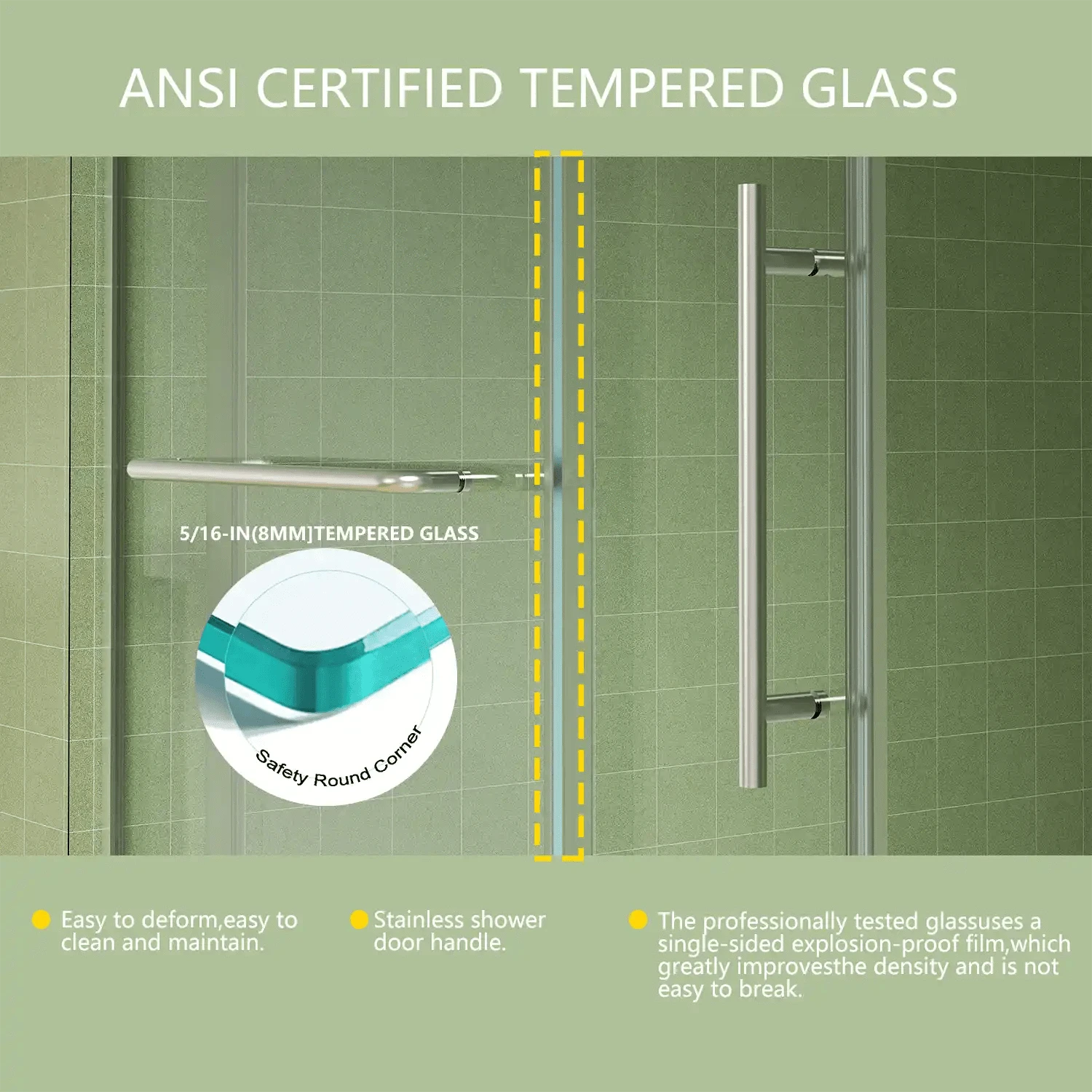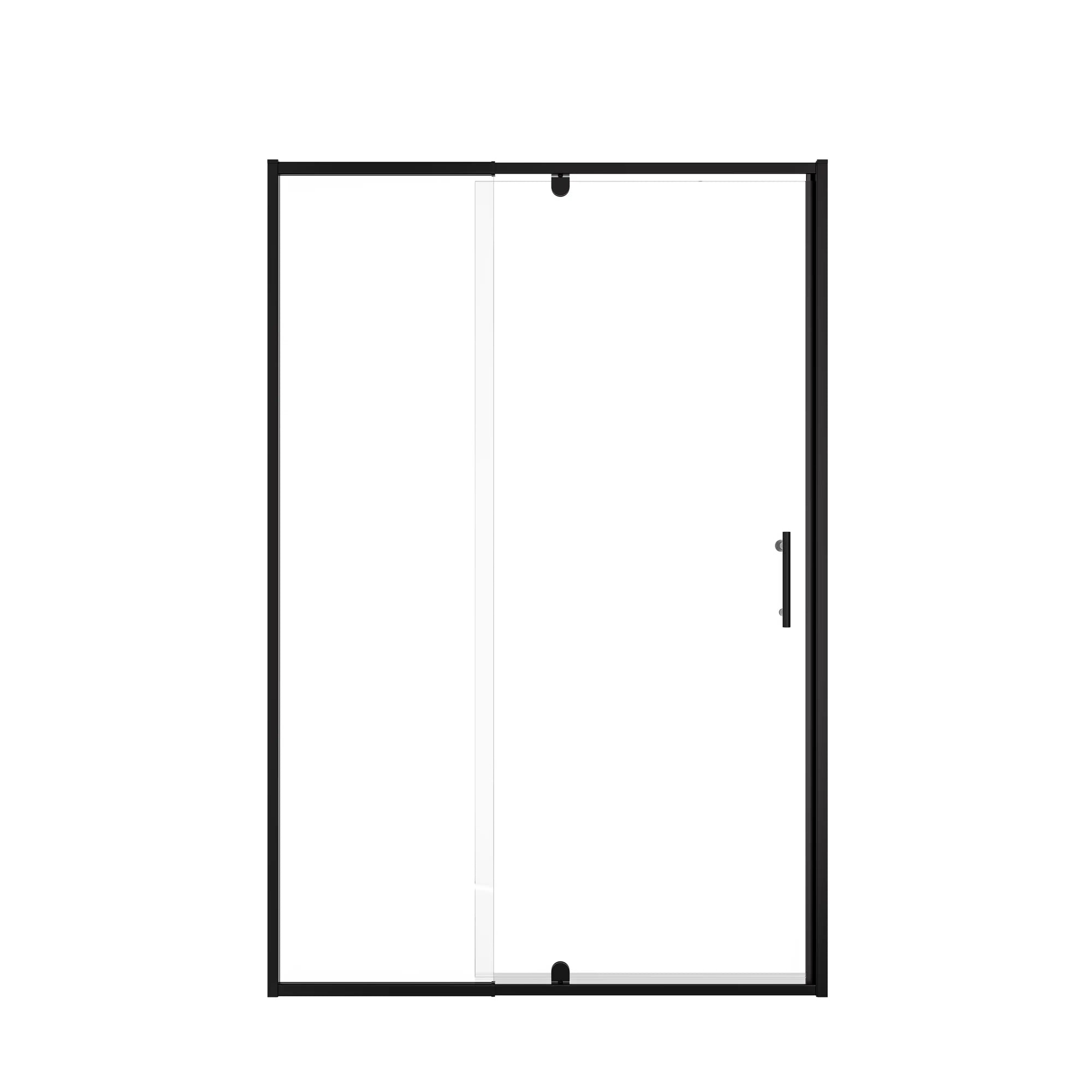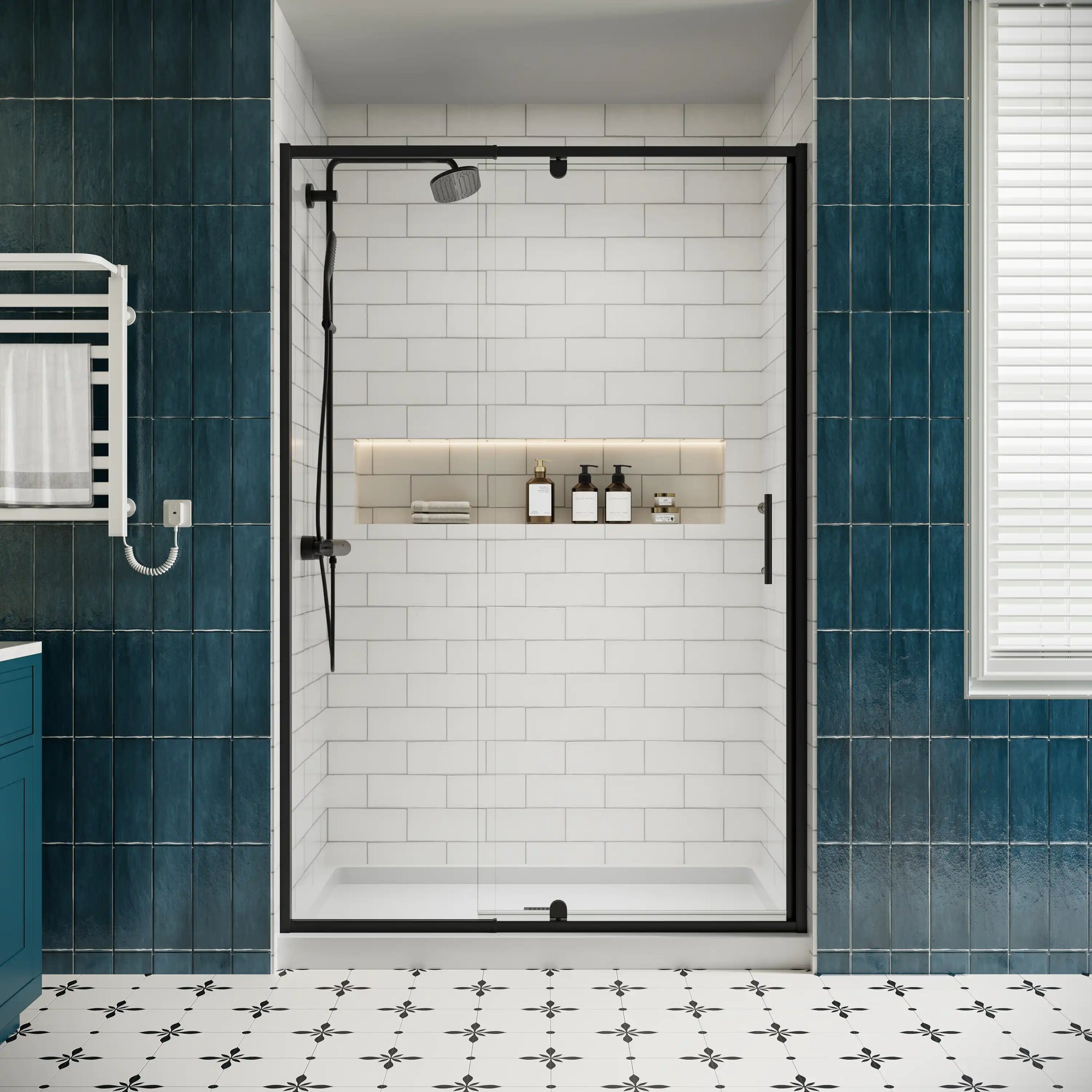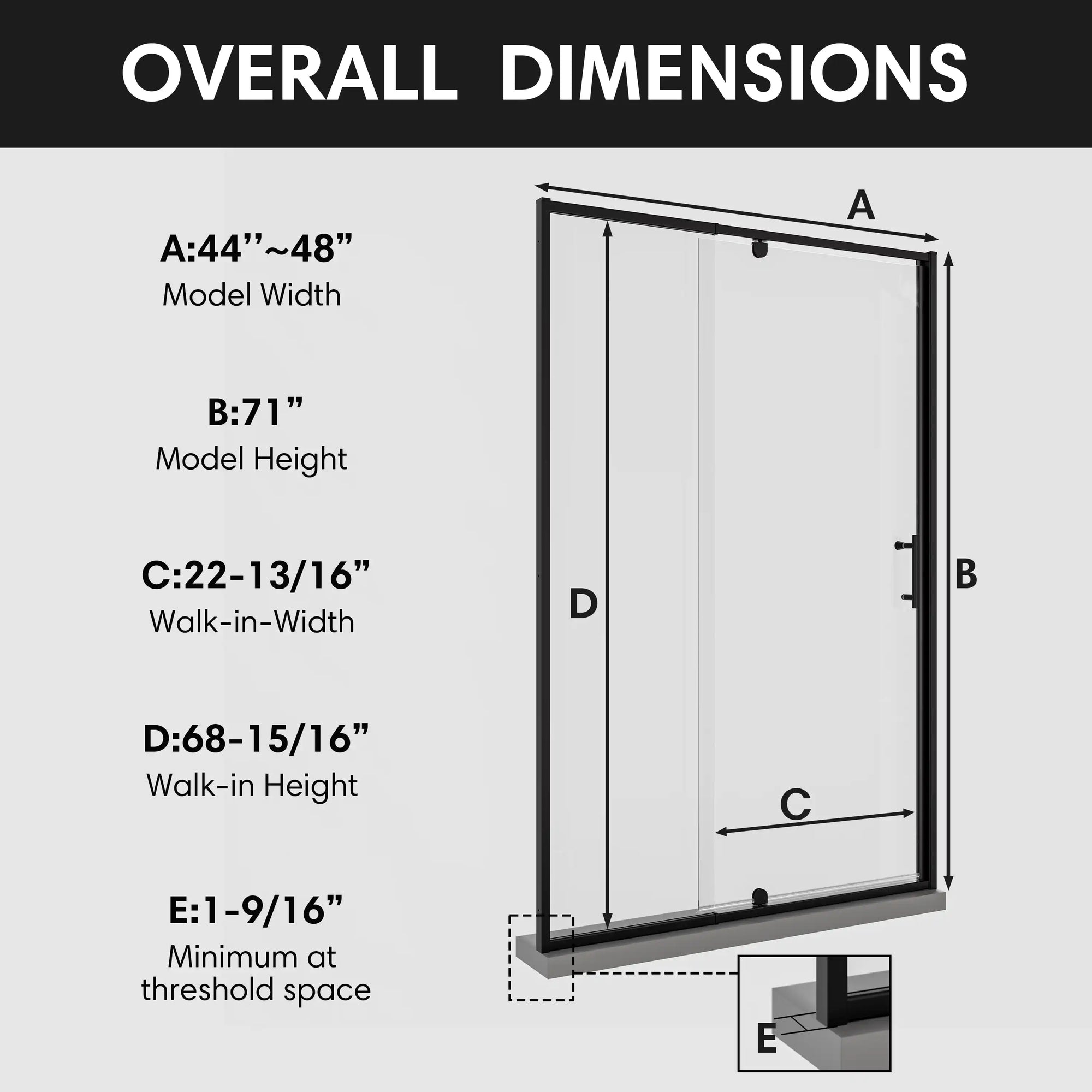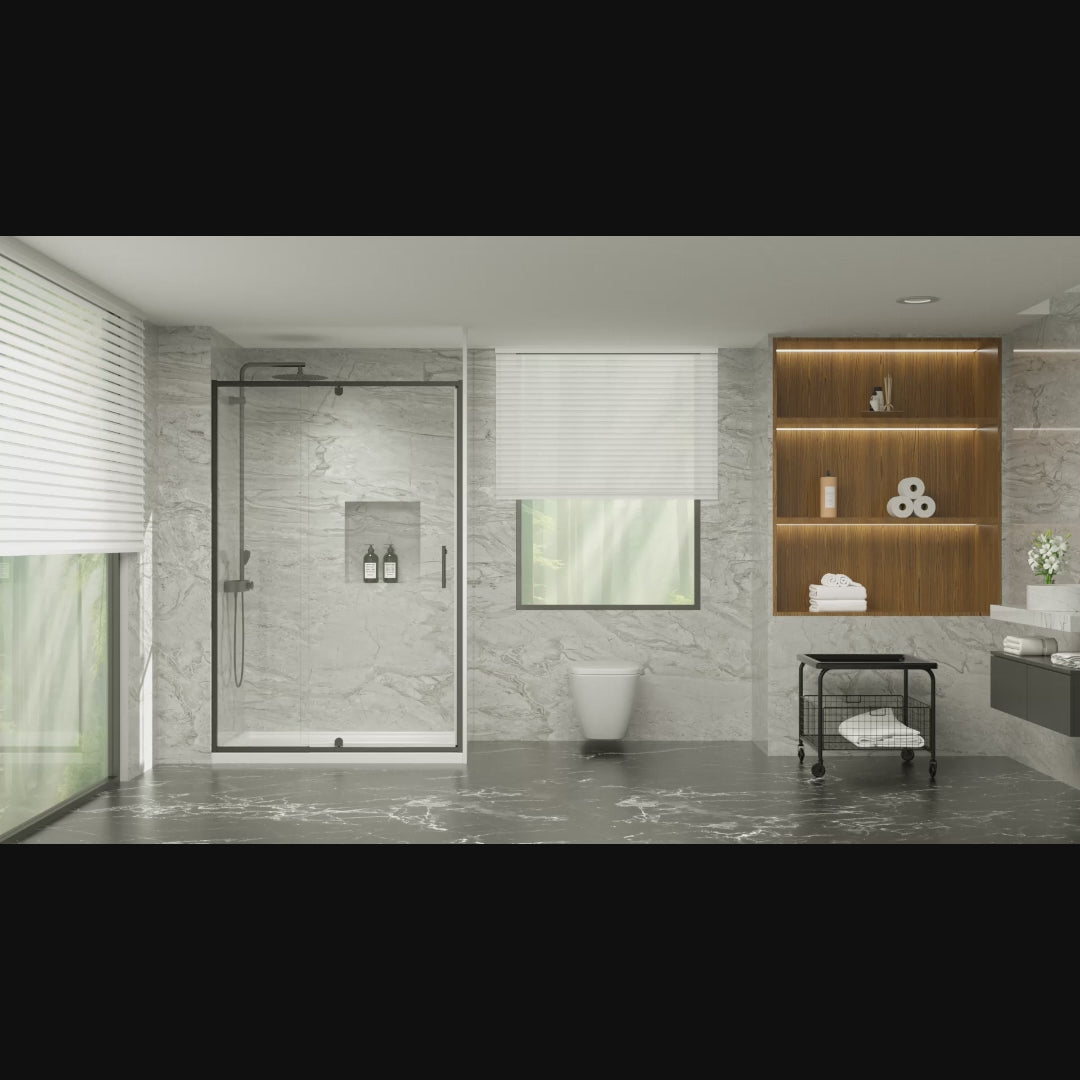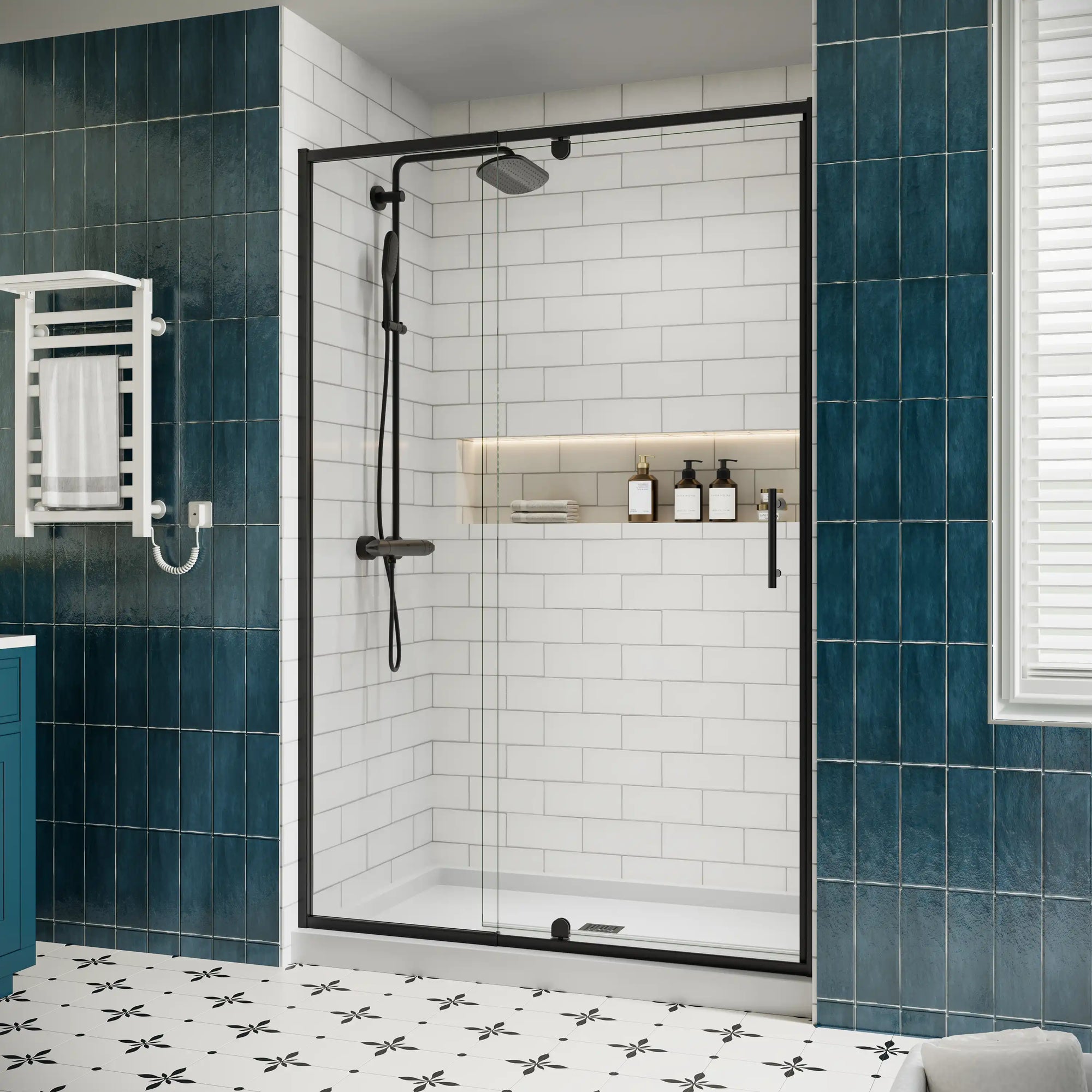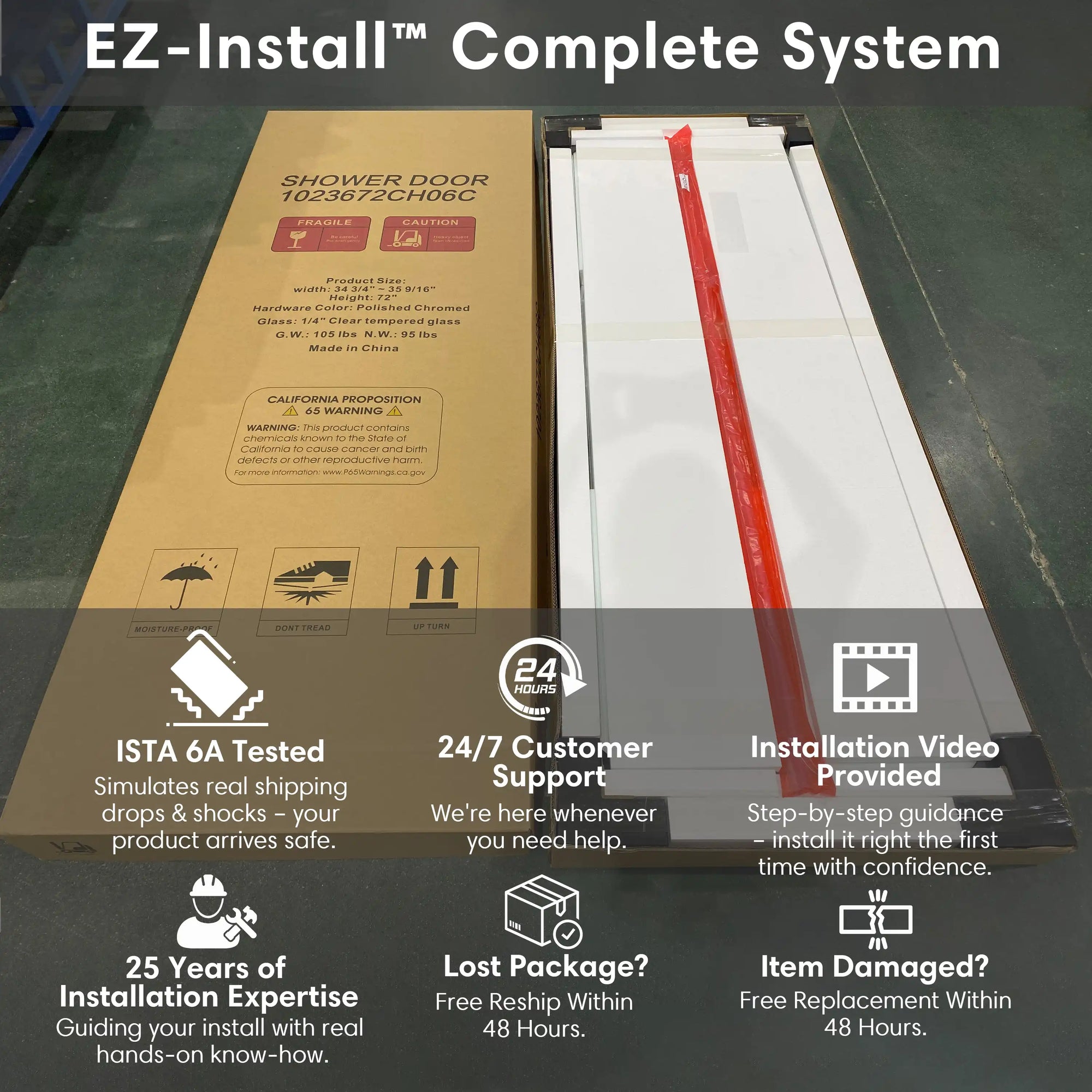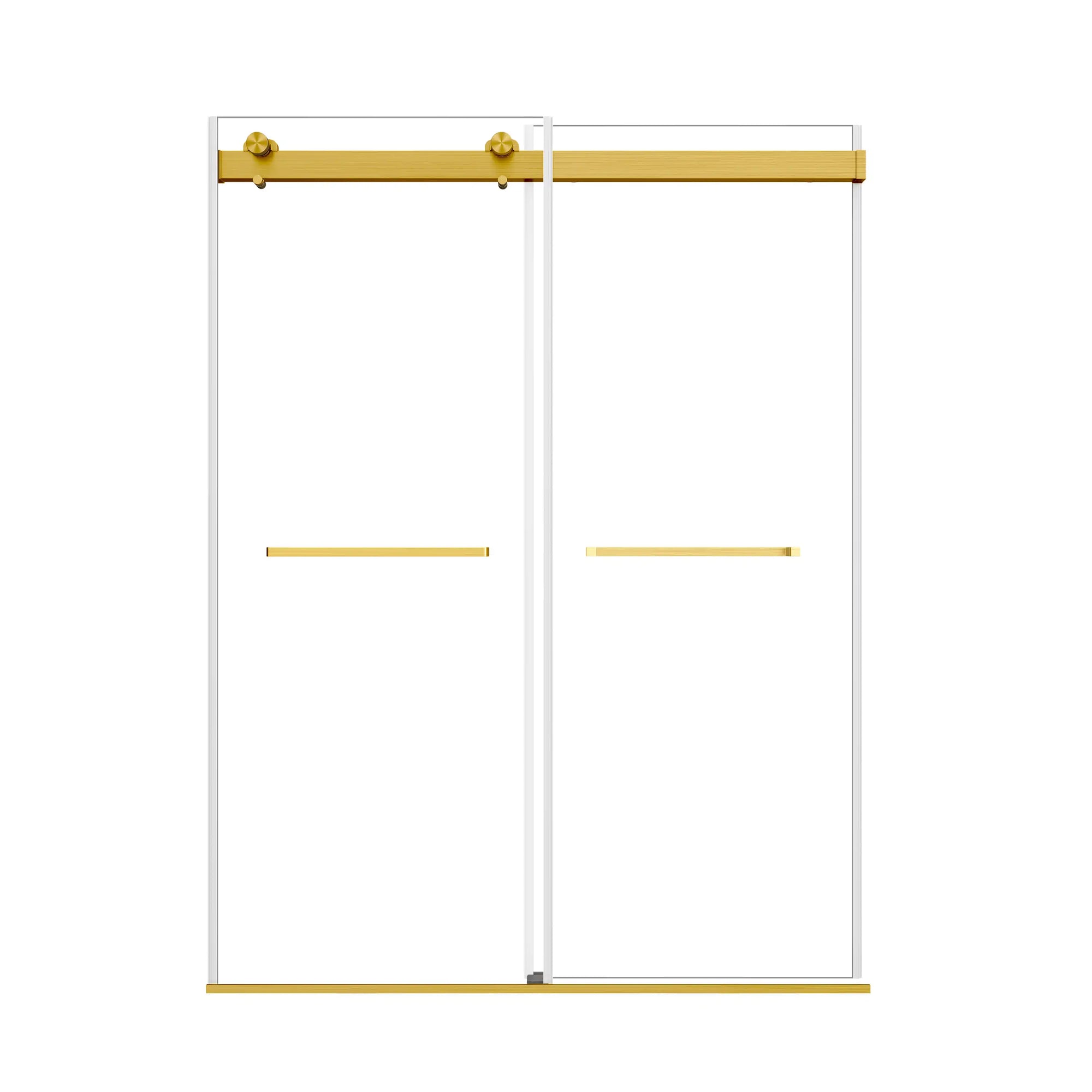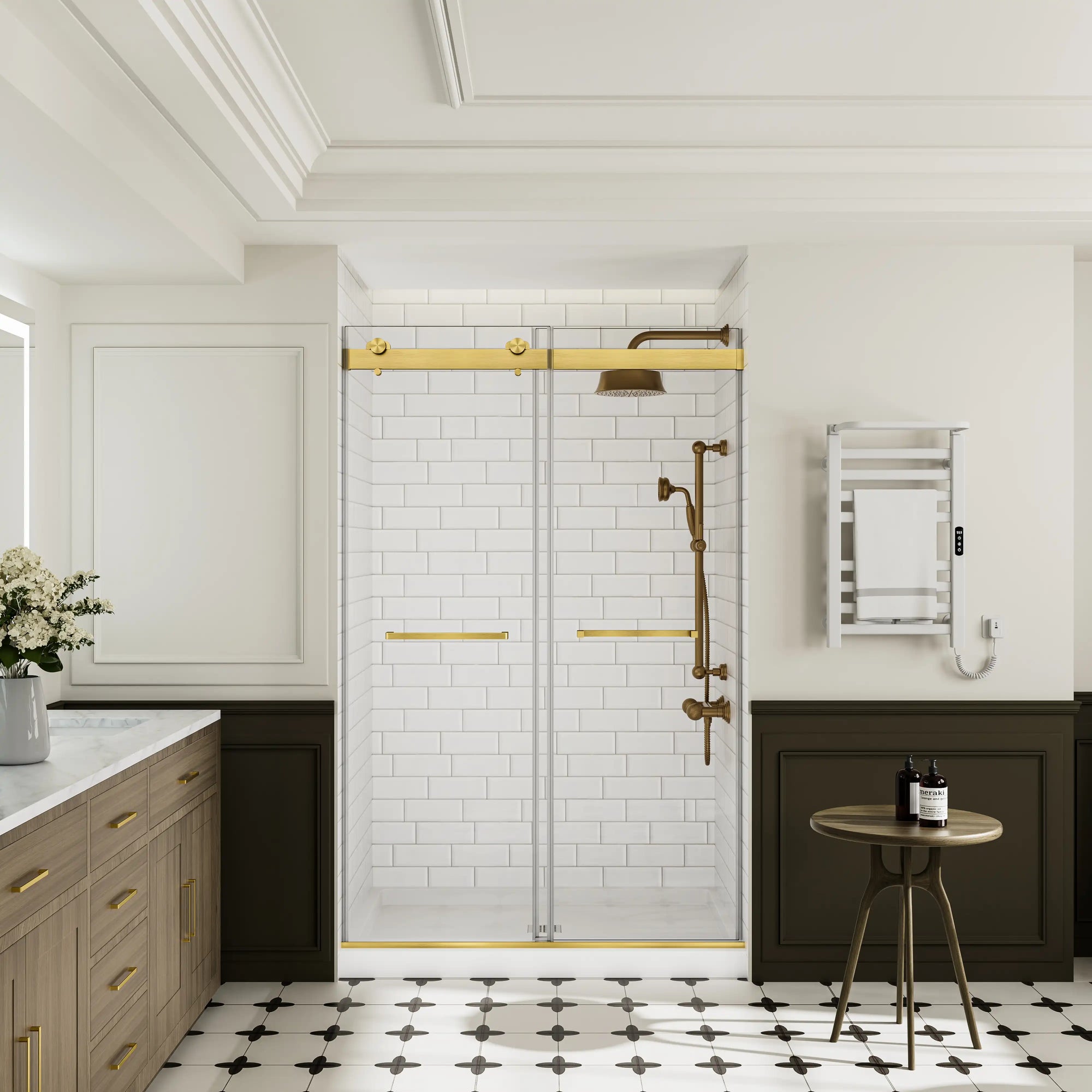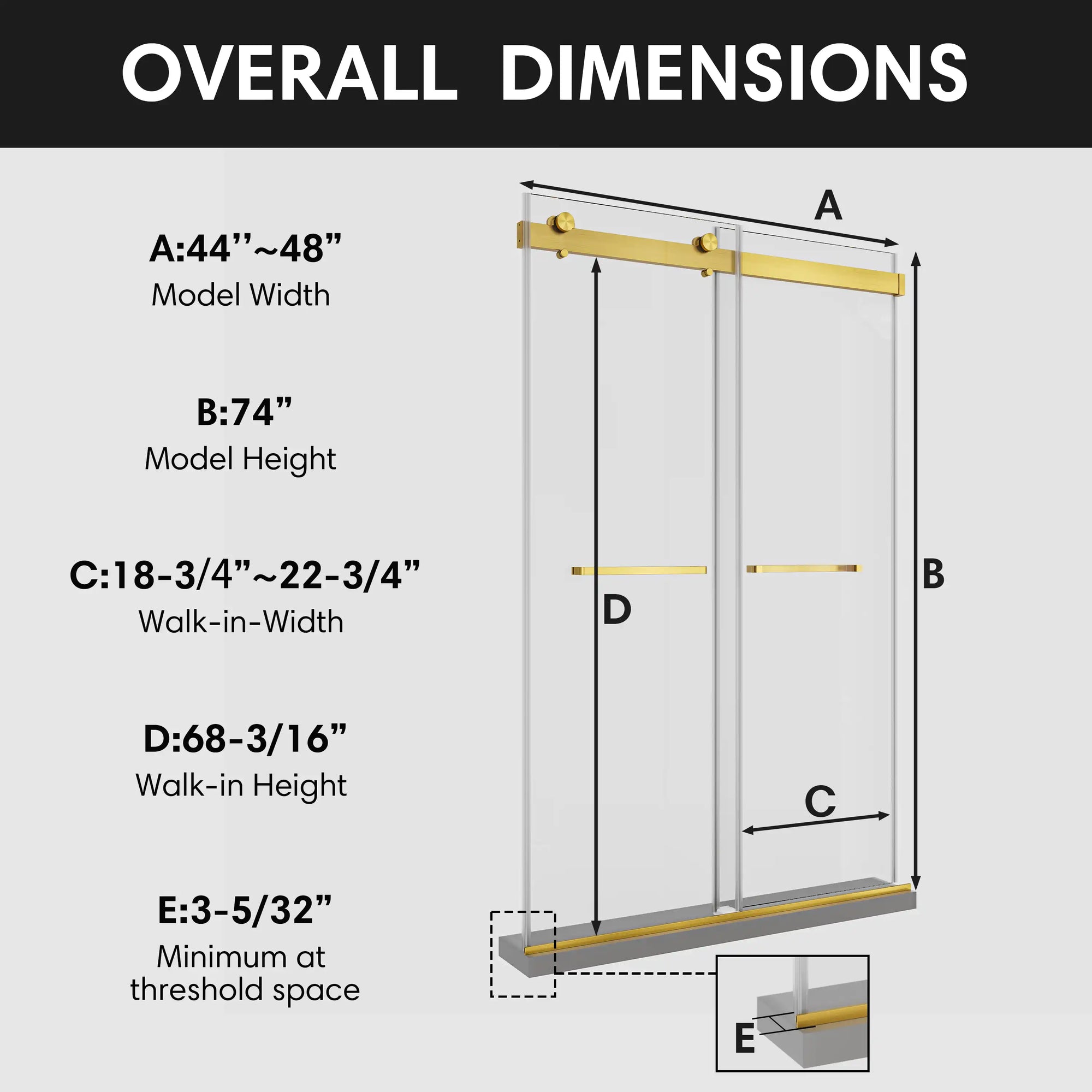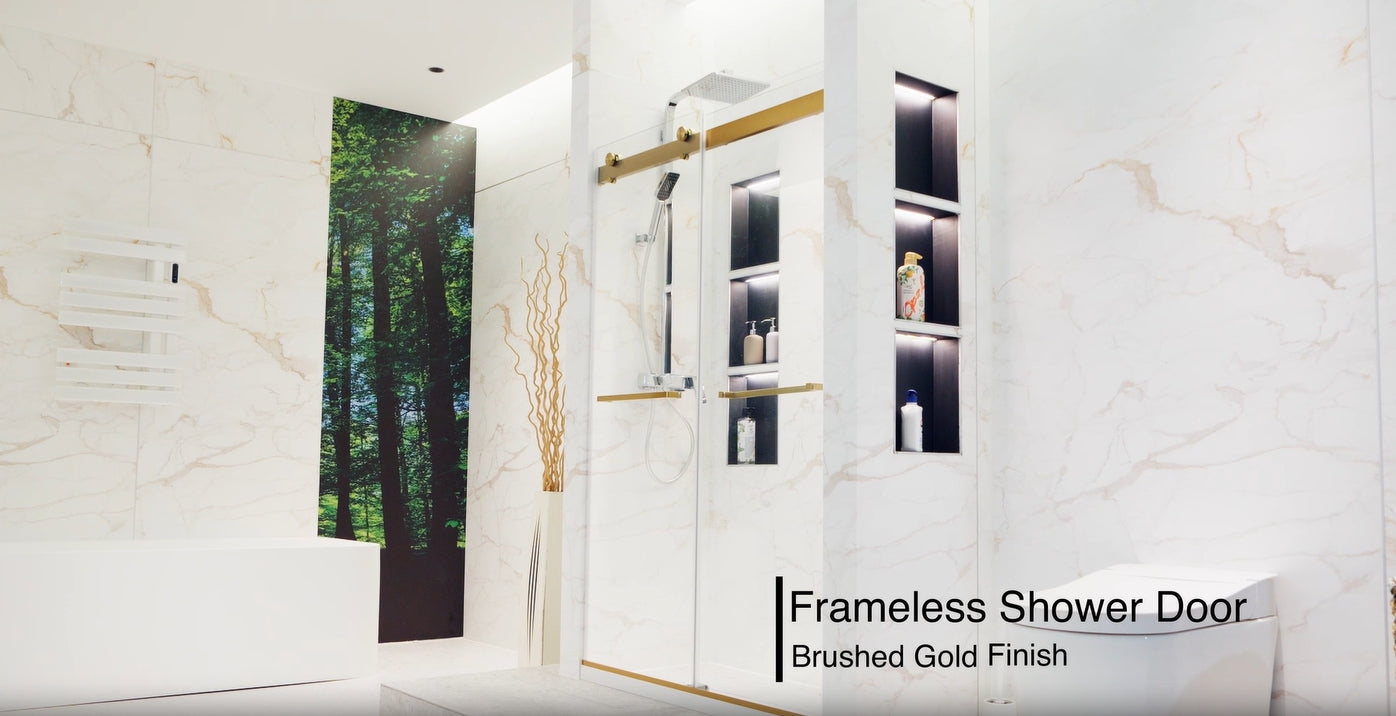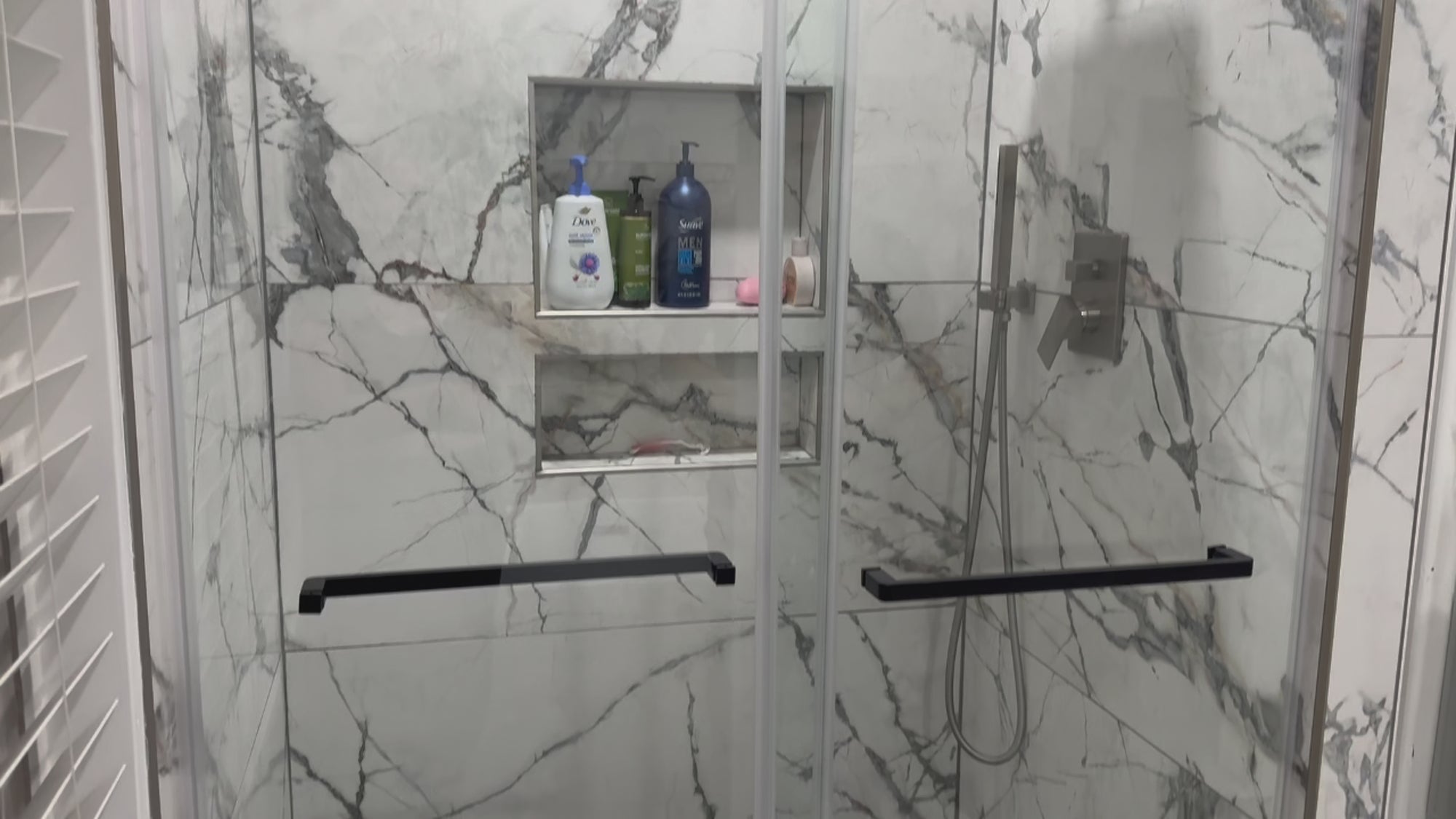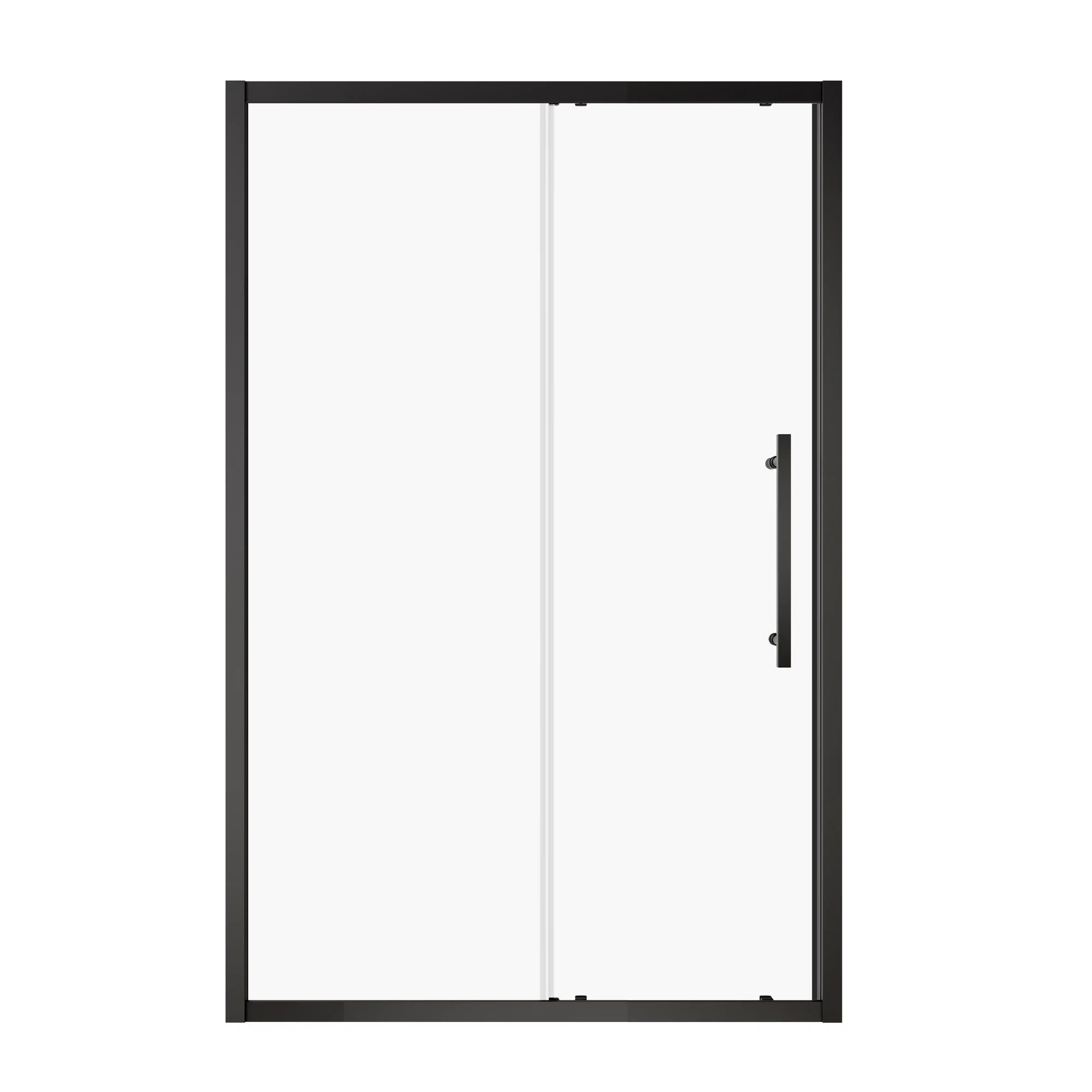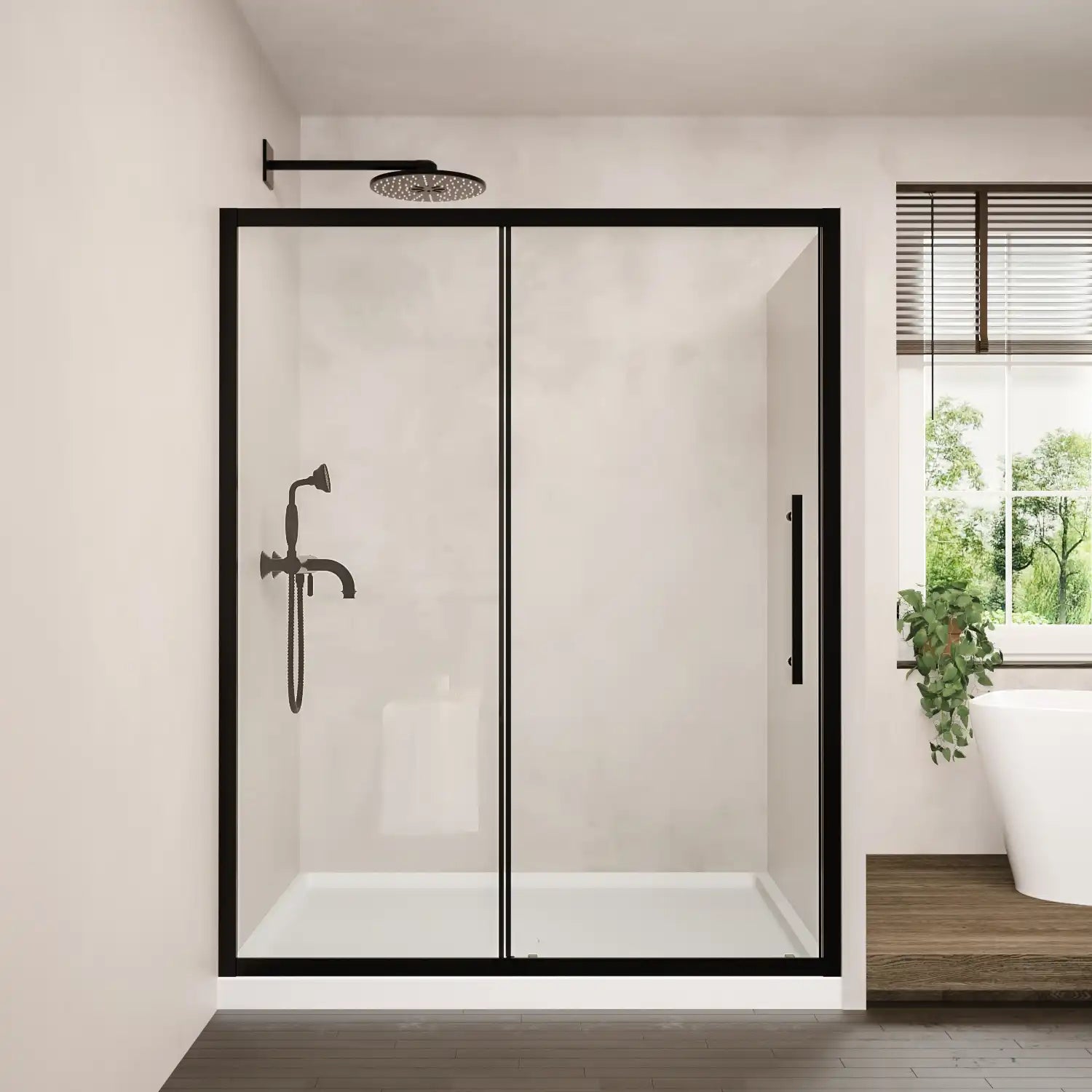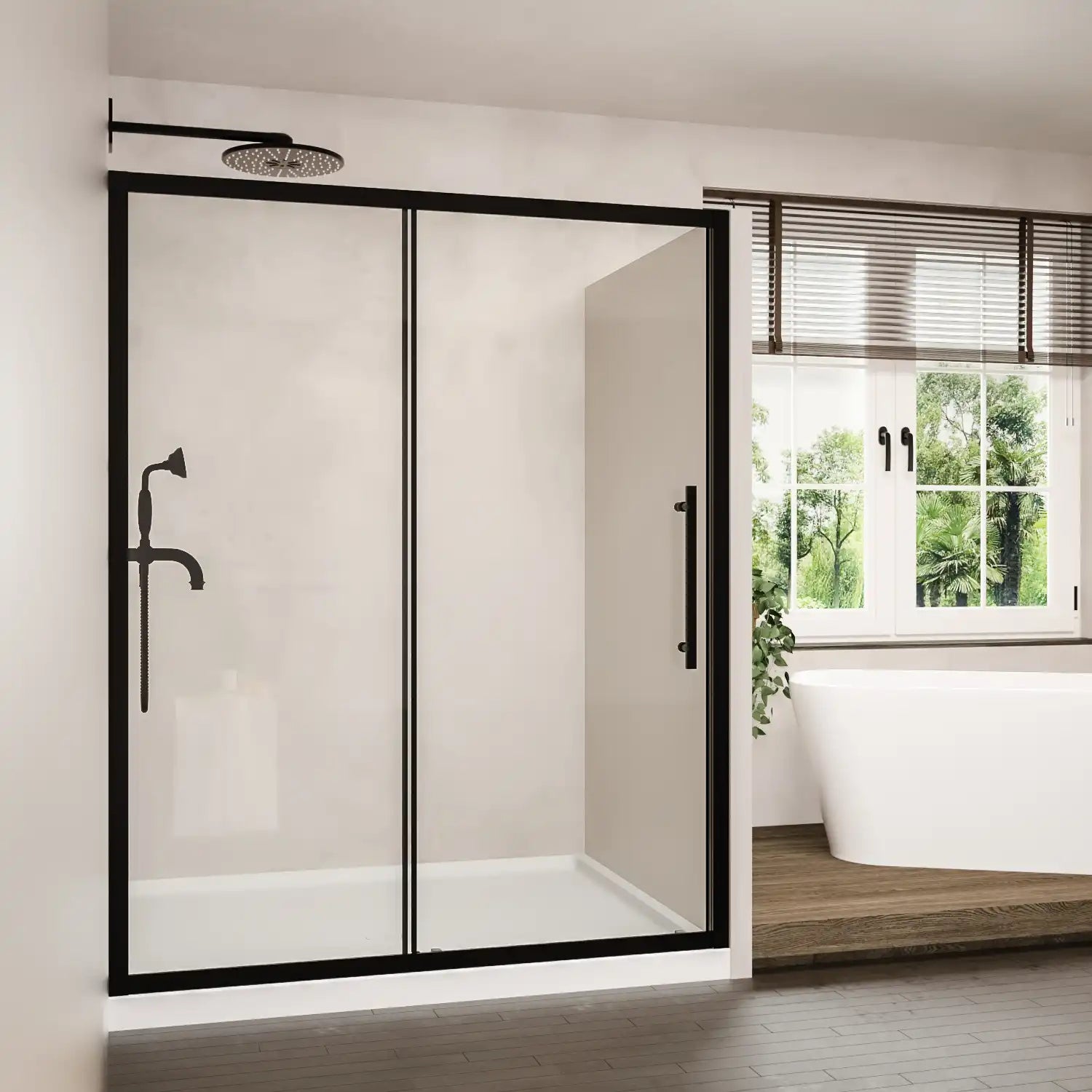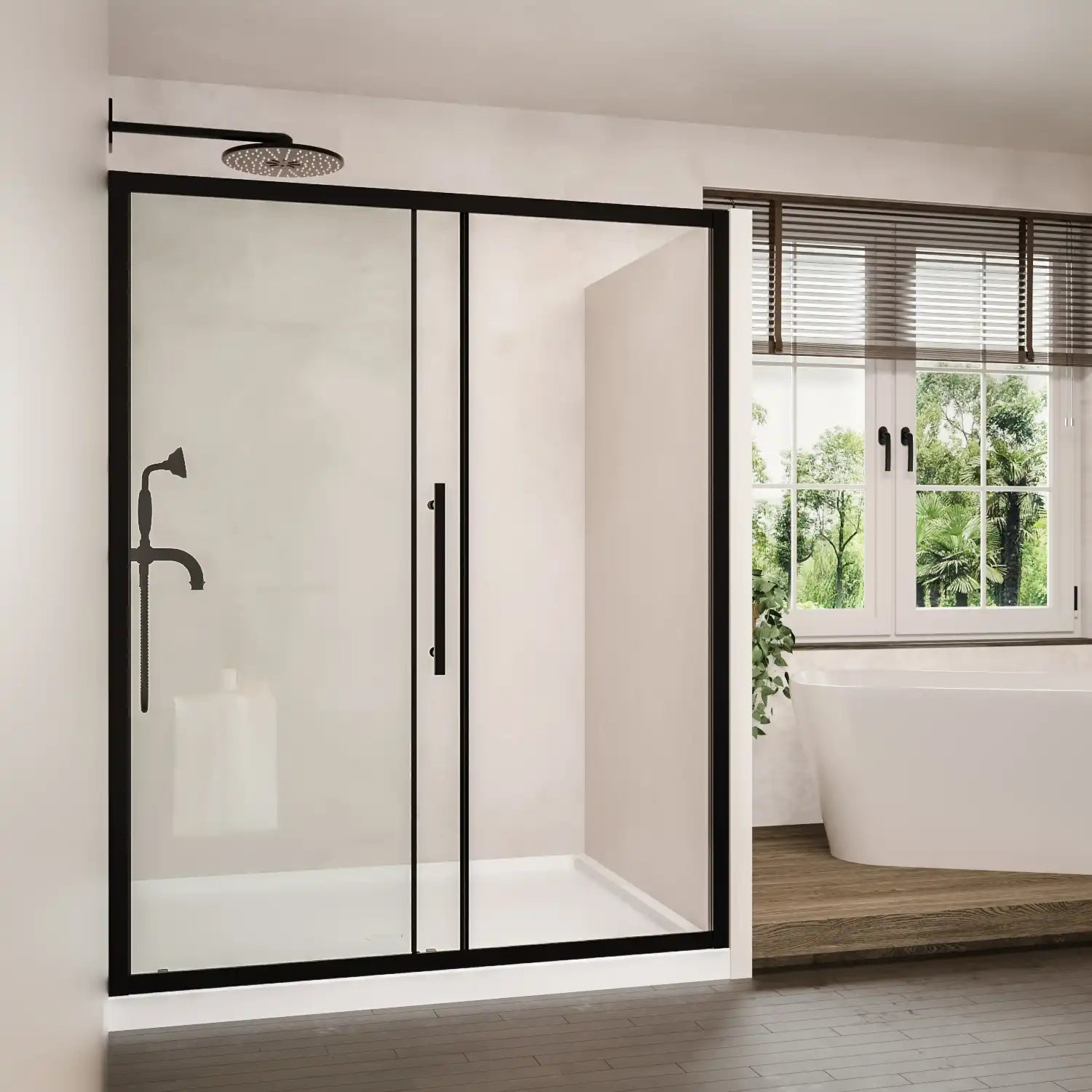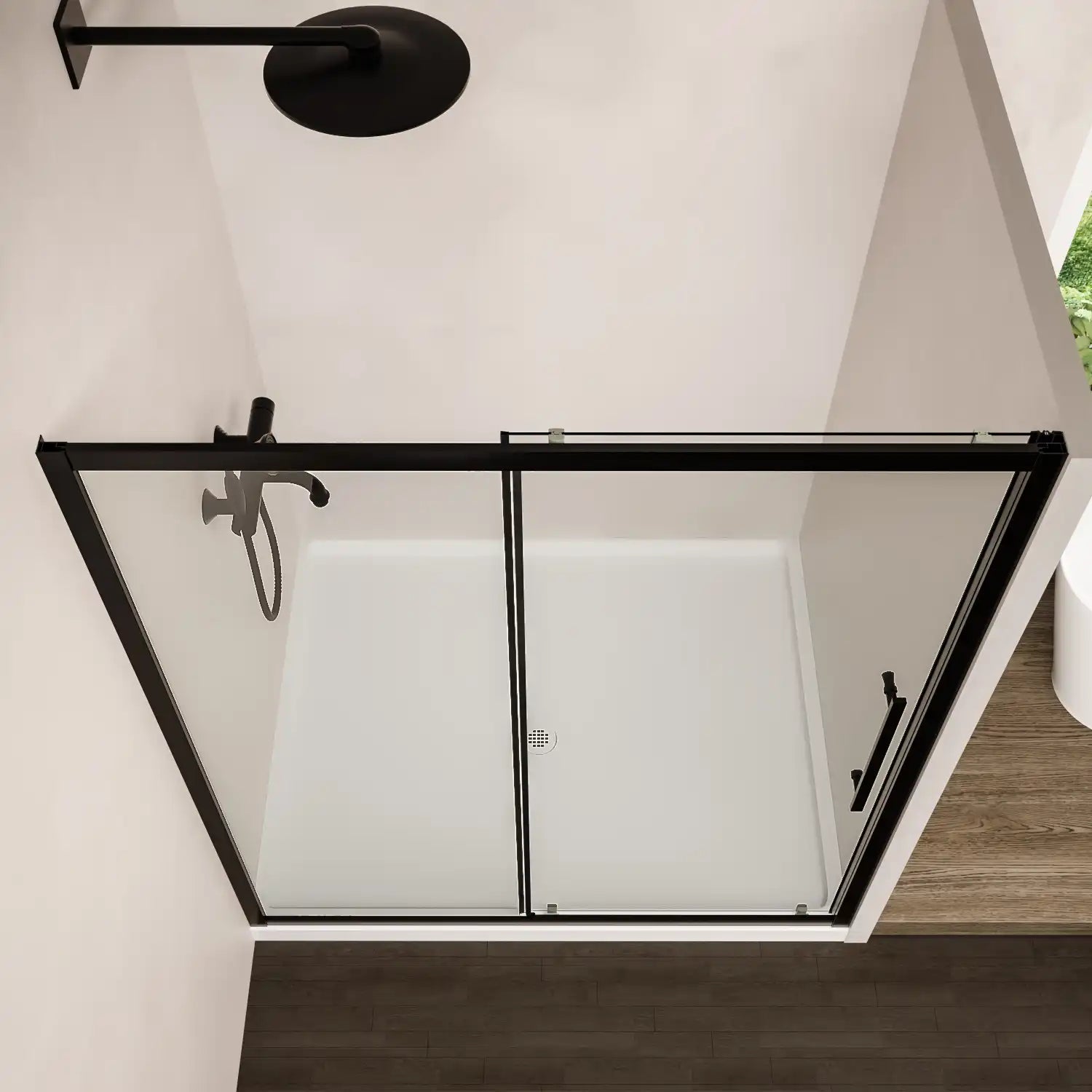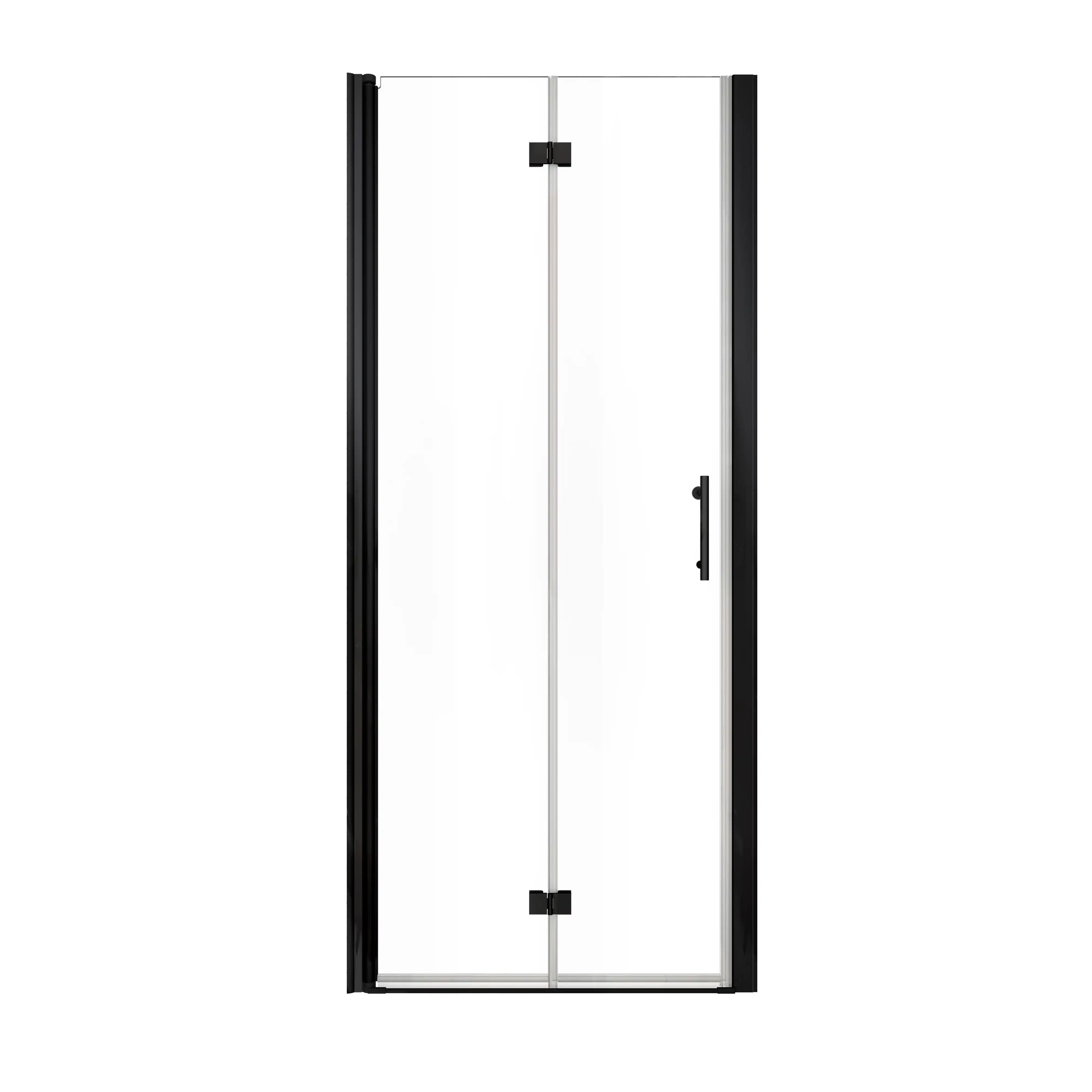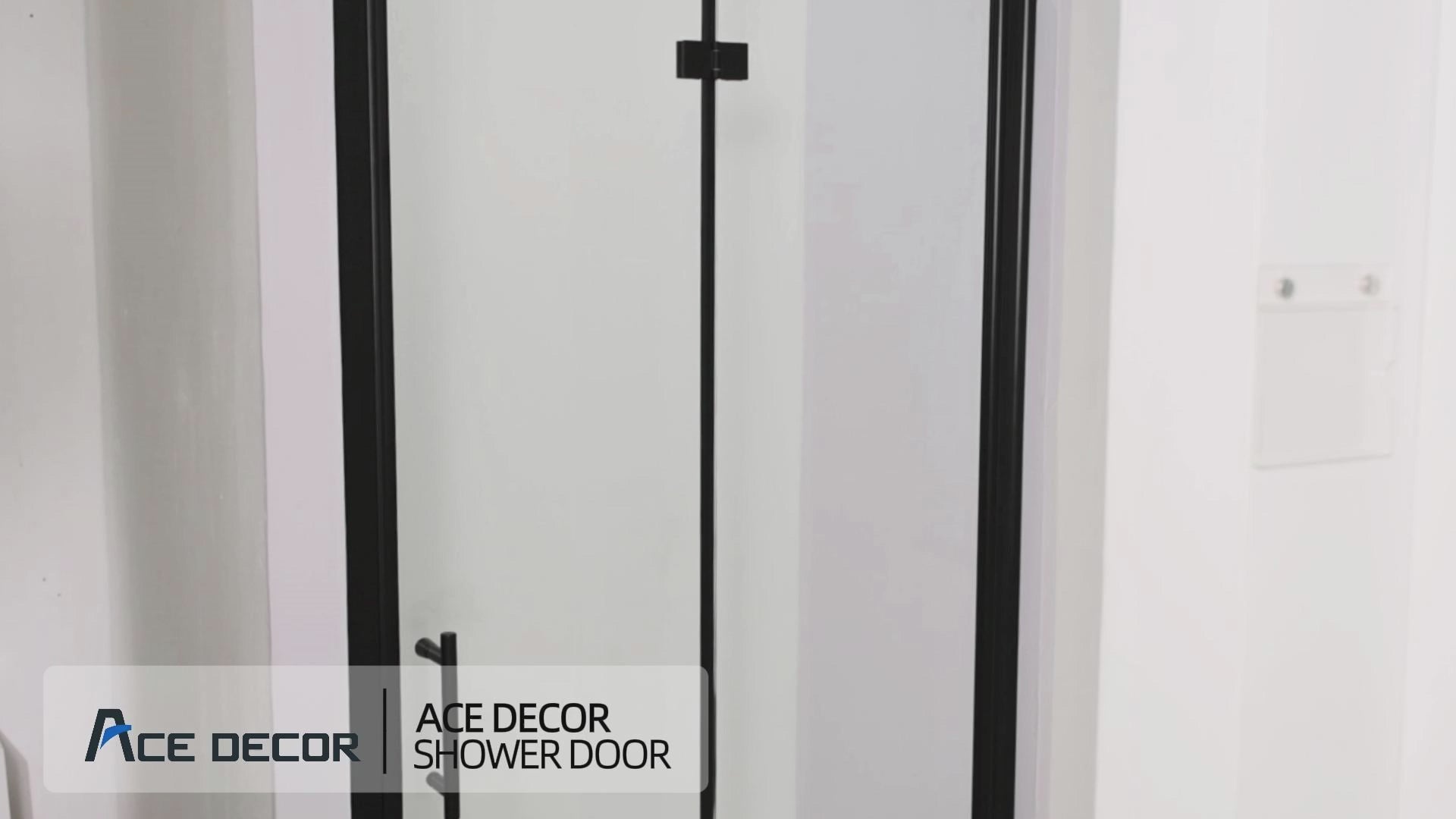Over the past few years, more and more homeowners have chosen to replace their traditional bathtubs with modern, walk-in showers. he motives are pretty evident as to why: showers occupy much less space, supposed to be less difficult to maintain, and offer secure accessibility for humans of all age groups. A well-designed shower can instantly elevate the functionality and appearance of your bathroom — but one question always arises before starting: how much does a tub to shower conversion actually cost?
The answer depends on several variables — from the materials you choose to the complexity of the plumbing work involved. In this guide, we’ll walk through a detailed cost breakdown of a standard 60-inch alcove bathtub conversion, using current 2025 market data. You’ll learn how labor, materials, permits, and unexpected repairs all add up, and how to plan your project budget wisely.
Table of Contents:
- Understanding the True Cost of a Tub to Shower Conversion
- Labor Costs: The Backbone of Every Conversion
- Material Costs: From Shower Doors to Fixtures
- Additional and Hidden Costs Homeowners Often Overlook
- Smart Budgeting Tips for a Cost-Effective Conversion
- Is It Worth It? Return on Investment and Long-Term Value
- Conclusion
- FAQ: Expert Insights on Tub to Shower Conversions
- Related Articles
Understanding the True Cost of a Tub to Shower Conversion
On average, a tub to shower conversion in the U.S. costs between $4,000 and $12,000 as of 2025. The wide range reflects the many factors that can influence final pricing — design complexity, local labor rates, and the quality of materials selected.
A basic conversion using a prefabricated shower kit (including wall panels and a molded base) might start at around $4,000–$5,000, while a fully custom tile shower with frameless glass doors can easily exceed $10,000.
Regional differences also play a role. In larger metros like Los Angeles, Seattle, or New York, homeowners can expect 20–30% higher labor rates over a smaller town anywhere in the Midwest or South. Permits and local code requirements can also vary widely.
When you get your project going, it is important to note that the overall cost is composed of four main components:
-
Labor (installation, plumbing, electrical)
-
Materials (doors, fixtures, tile, base)
-
Additional fees (permits, demolition, repairs)
-
Finishing touches (sealants, shelves, lighting, etc.)

Labor Costs: The Backbone of Every Conversion
Labor is often the single biggest expense in a tub to shower conversion, typically accounting for 40–60% of the total budget. A standard 60-inch alcove conversion generally requires at least three types of professionals:
-
Plumber: $70–$150 per hour. They handle moving or upgrading water lines, ensuring proper drainage, and installing valves and fixtures. If the plumbing layout remains unchanged, costs can stay near the lower end. But relocating pipes or converting to a walk-in drain system can quickly add $800–$1,500.
-
Tile Setter: $10–$25 per square foot. For homeowners opting for a fully tiled shower surround, tile work can easily total $1,000–$3,000, depending on material and design pattern.
-
General Contractor or Installer: $50–$100 per hour. They coordinate the demolition, framing, waterproofing, and assembly.
-
Electrician (if needed): $80–$120 per hour for installing lighting, exhaust fans, or heated floors.
Homeowners can reduce labor costs by simplifying the design — for example, using prefabricated wall panels instead of full tile, or keeping plumbing in its existing location.

Material Costs: From Shower Doors to Fixtures
Using a 60-inch alcove bathtub conversion as a baseline, here’s how material costs typically break down in 2025.
Shower Doors
-
Basic framed glass door: $400–$700
-
Affordable, durable, and functional — ideal for budget-conscious homeowners.
-
-
Frameless sliding door: $700–$1,400+
-
Premium aesthetics, smooth motion, and easy cleaning; popular for high-end remodels.
-
Shower System & Fixtures
-
Standard single-head shower: $150–$400
-
Simple, efficient, and low maintenance.
-
-
Dual system with handheld sprayer: $300–$600
-
Great balance between comfort and flexibility.
-
-
Luxury rainfall + body jets system: $800–$1,600
-
A spa-like experience that can transform the shower into a relaxation zone.
-
Base or Pan
-
Acrylic or fiberglass base: $300–$800
-
Lightweight, easy to install, and available in standard sizes.
-
-
Custom tile base with waterproof membrane: $1,000–$2,000
-
Offers greater design freedom and durability, but increases labor complexity.
-
Walls & Tile Options
-
Ceramic subway tile: $5–$10 per sq. ft.
-
Porcelain or marble tile: $10–$25 per sq. ft.
-
Prefabricated acrylic or PVC wall panels: $400–$900 total — great for faster installation and reduced maintenance.
Other Accessories
Shelves, niches, grab bars or towel hooks can add $100–$500. Small additions like recessed LED lighting or a frameless mirror can subtly enhance functionality and style.
Additional and Hidden Costs Homeowners Often Overlook
Even the most carefully planned project can run into unexpected expenses. Here are some “hidden” or secondary costs to keep in mind:
-
Permit Fees: Most municipalities require building or plumbing permits, usually between $100–$500.
-
Subfloor or Wall Repairs: Removing an old tub may uncover mold, rot, or water damage that will need to be remedied at $300–$1,000.
-
Plumbing Upgrades or Relocation: If you also need to move the lines your drain or water lines, budget for another $500–$2,000.
-
Mold or Water Damage Remediation: Older bathrooms often need mold treatment, adding $500–$1,500.
-
Disposal and Cleanup: Getting rid of the old bathtub, hauling debris, and cleaning the site can cost $150–$300.
For older homes or those with structural issues, these expenses are not optional — they ensure your new shower is safe, code-compliant, and long-lasting.
Smart Budgeting Tips for a Cost-Effective Conversion
A tub to shower conversion doesn’t have to break your budget. Strategic planning and smart choices can help you achieve a modern, high-quality result without unnecessary expenses.
-
Choose the Right Conversion Type: Prefabricated kits can reduce total costs by 20–30% compared to full custom tile designs.
-
Reuse Existing Plumbing: Keeping drains and water lines in place is one of the biggest cost savers.
-
Plan for Accessibility: If aging in place is a consideration, adding grab bars and a low-threshold base now will prevent future remodels.
-
Shop Materials Smartly: Mid-range materials often offer better long-term value than ultra-cheap options, especially for daily-use fixtures like valves or showerheads.
-
Work with Reputable Contractors: Always ask for a detailed written estimate, references, and warranty coverage. Clear communication prevents expensive surprises.
Remember, cost-effective doesn’t mean cutting corners — it means investing wisely in durability and performance.

Is It Worth It? Return on Investment and Long-Term Value
A tub to shower conversion provides 60–70% return on investment (ROI) at resale, according to remodeling industry reports, making them financially savvy home improvement projects. Homes with modern, accessible showers appeal to a broader range of buyers — especially older adults and couples without small children.
Apart from resale value, it makes your day to day life a bit easier and safe as well. Walk-in showers are a safer choice due to no-directional tripping hazards and are easier to clean, and they can also provide a clean, modern look in a bathroom. That is to say, not solely monetary, long-lived comfort, and usability.

Conclusion
Converting a bathtub to a shower is one of the most impactful bathroom upgrades you can make. Whether you’re seeking better functionality, modern design, or aging-in-place convenience, understanding your cost breakdown ensures a smooth and predictable project.
A realistic budget for a 60-inch tub to shower conversion should range between $4,000 and $12,000, depending on materials, labor, and any hidden repairs. Before committing, assess your priorities — functionality, aesthetics, or long-term investment — and consult trusted professionals who can tailor the design to your home’s specific needs.
When approached with thoughtful planning, a tub to shower conversion delivers both everyday comfort and lasting value.
Q1: How long does a typical tub to shower conversion take?
Q2: Do I need a permit for a tub to shower conversion?
Q3: Is a shower more water-efficient than a bathtub?
Q4: Can I do the conversion myself?
Q5: Will removing my bathtub affect my home’s resale value?
Related Articles
How to Install Glass Shower Door Frameless on Tile: Step-by-Step Guide
How to Install Shower Doors on a Walk-In Shower: A Step-by-Step Guide for a Seamless Upgrade
How to Replace a Standing Shower Door: A Step-by-Step Guide for a Hassle-Free Upgrade
